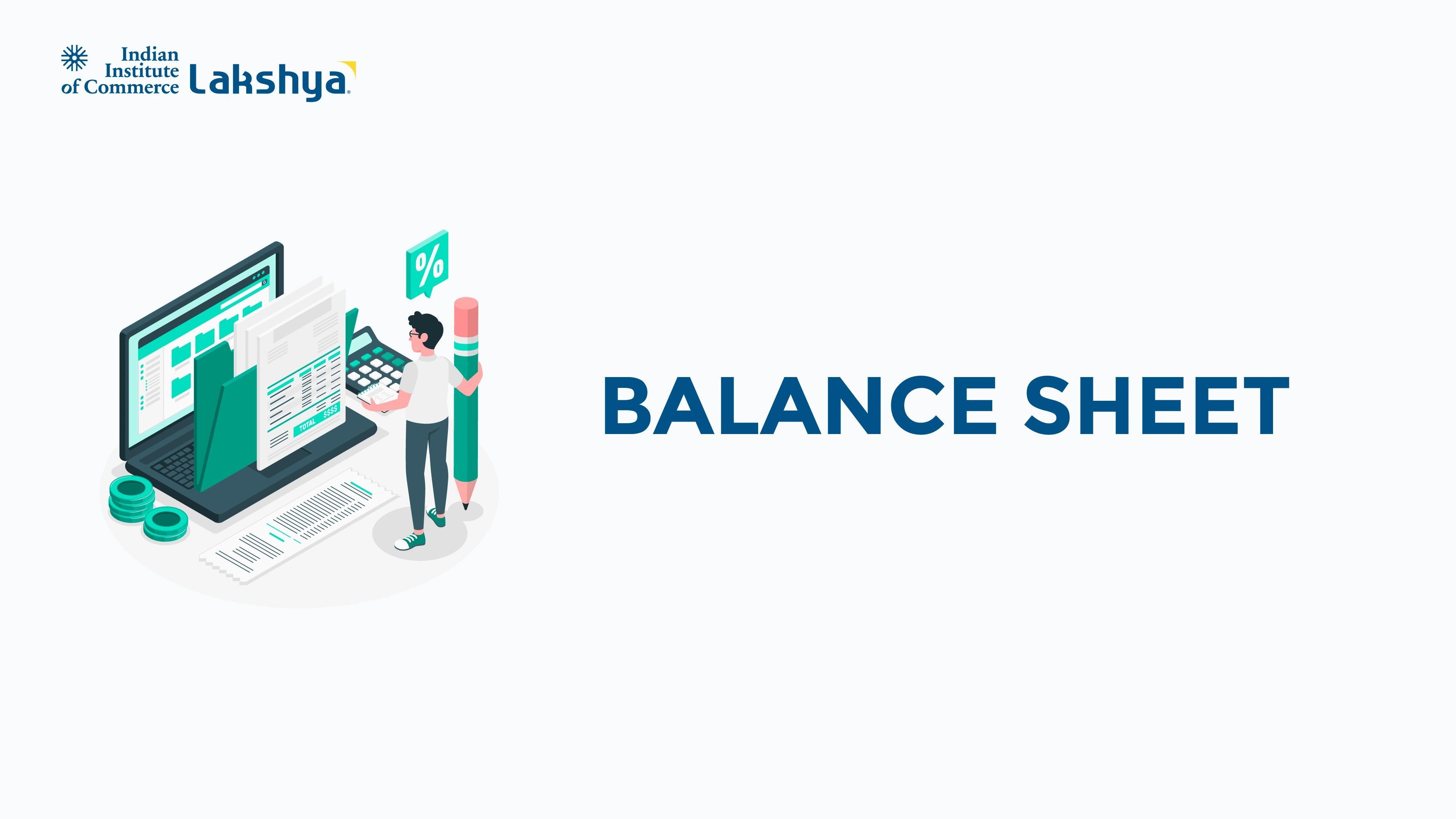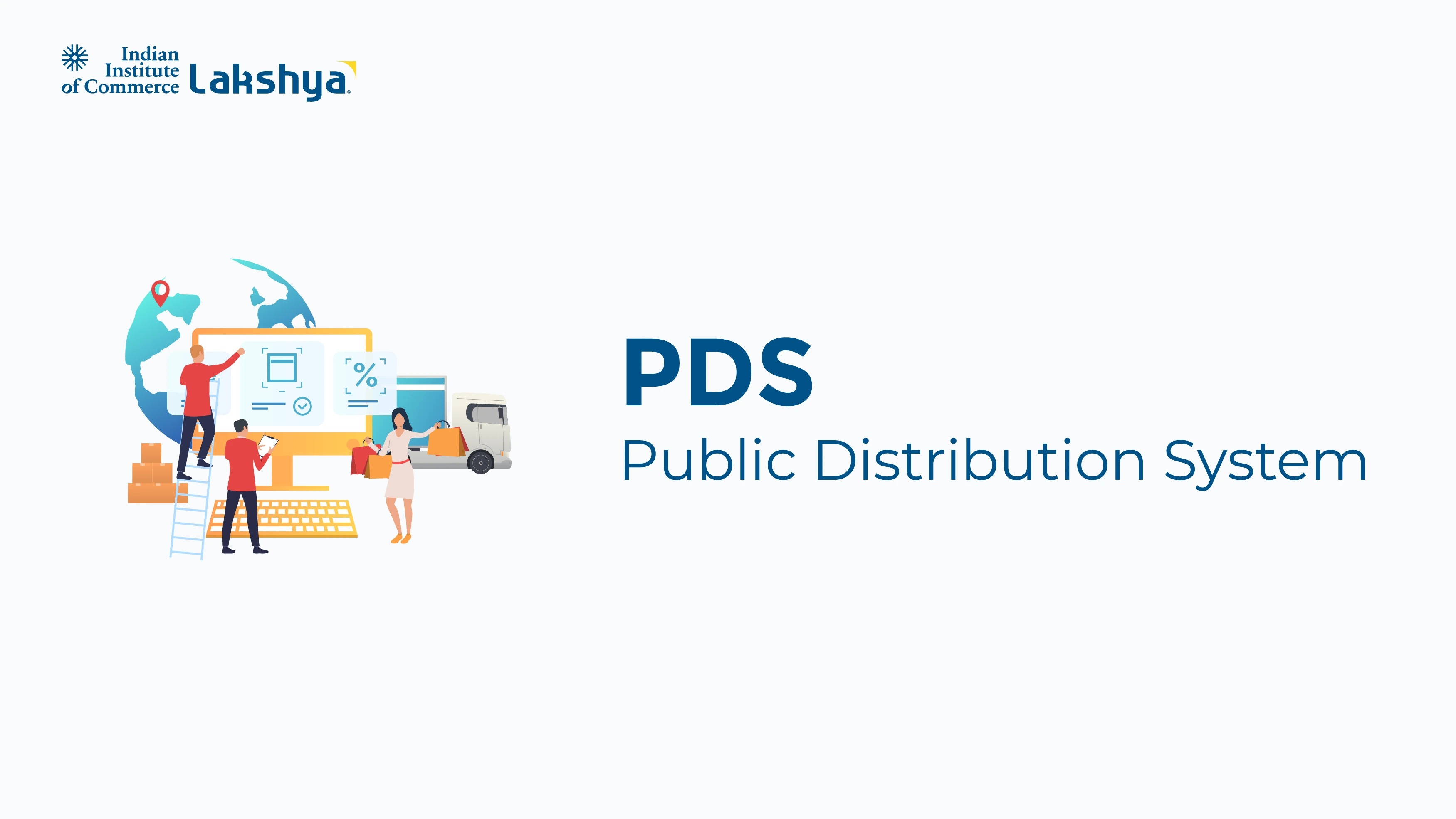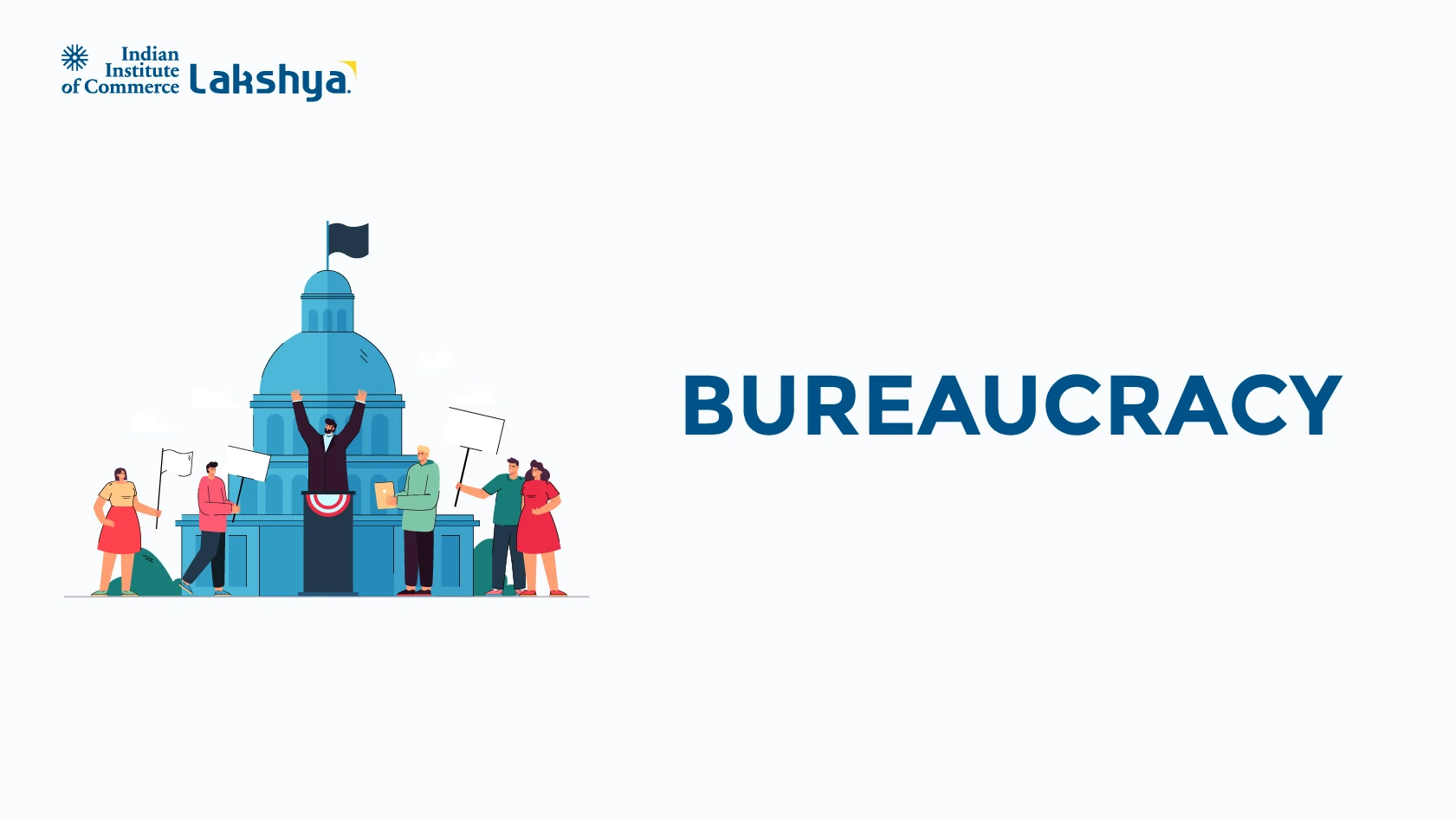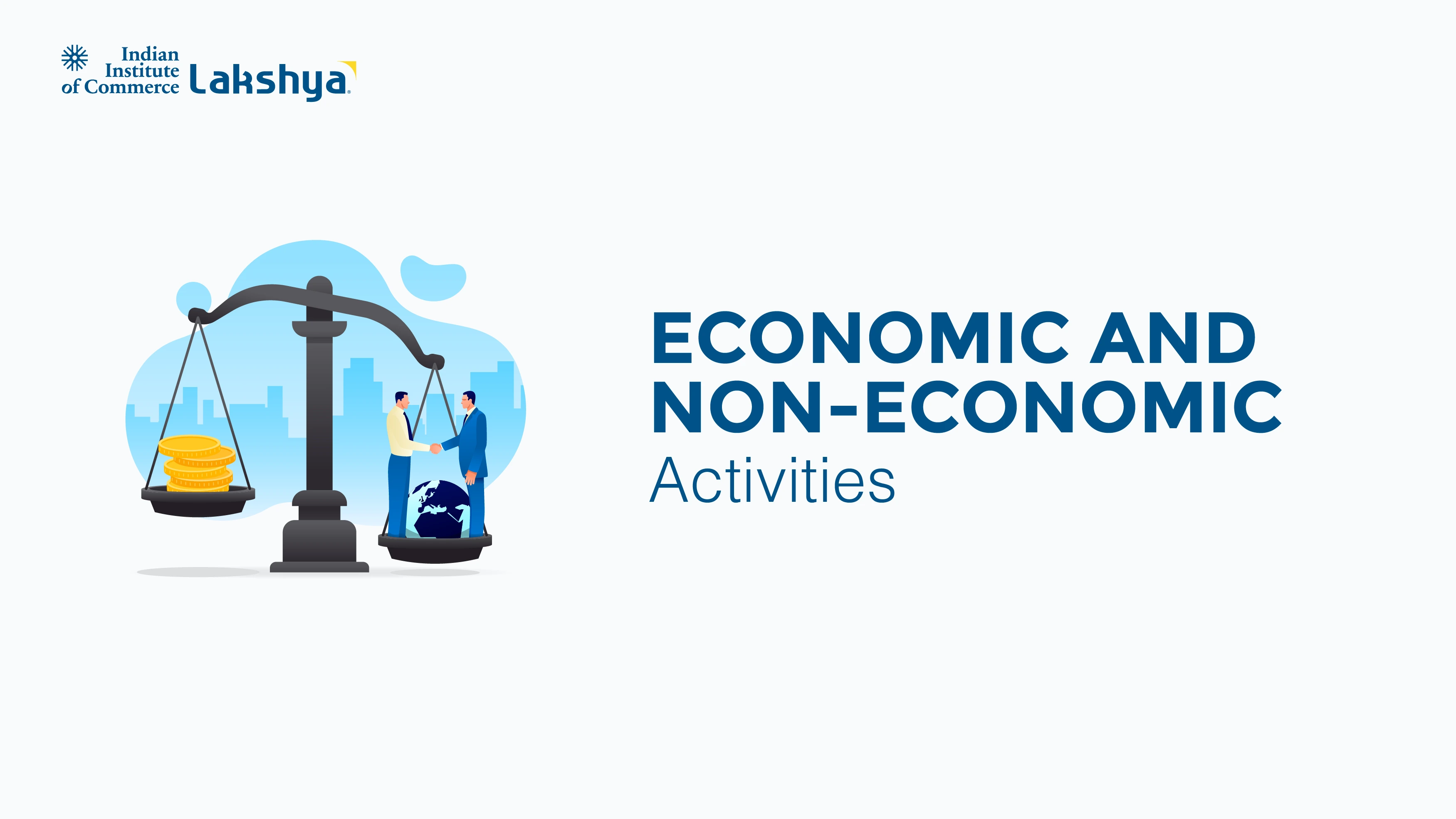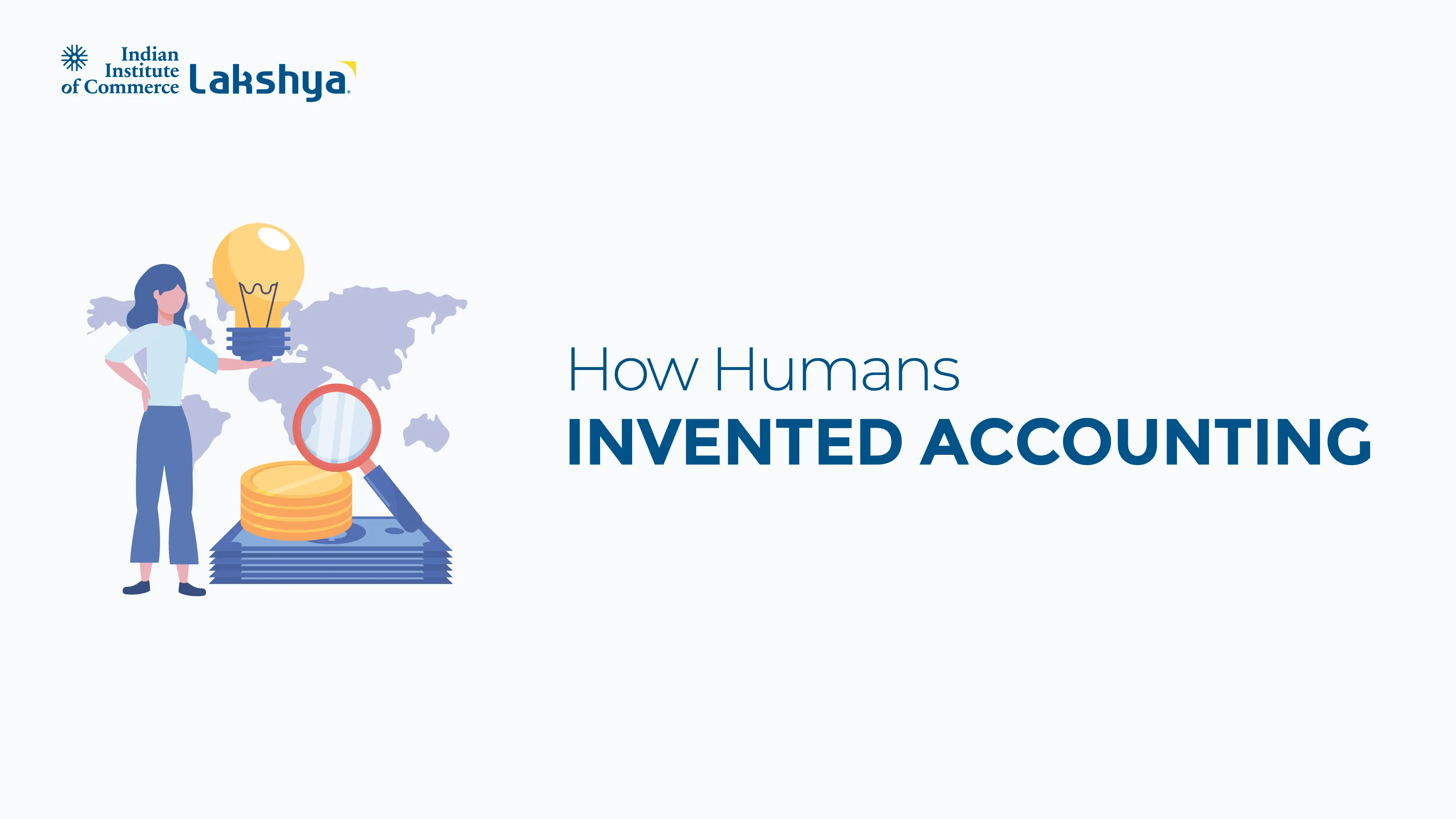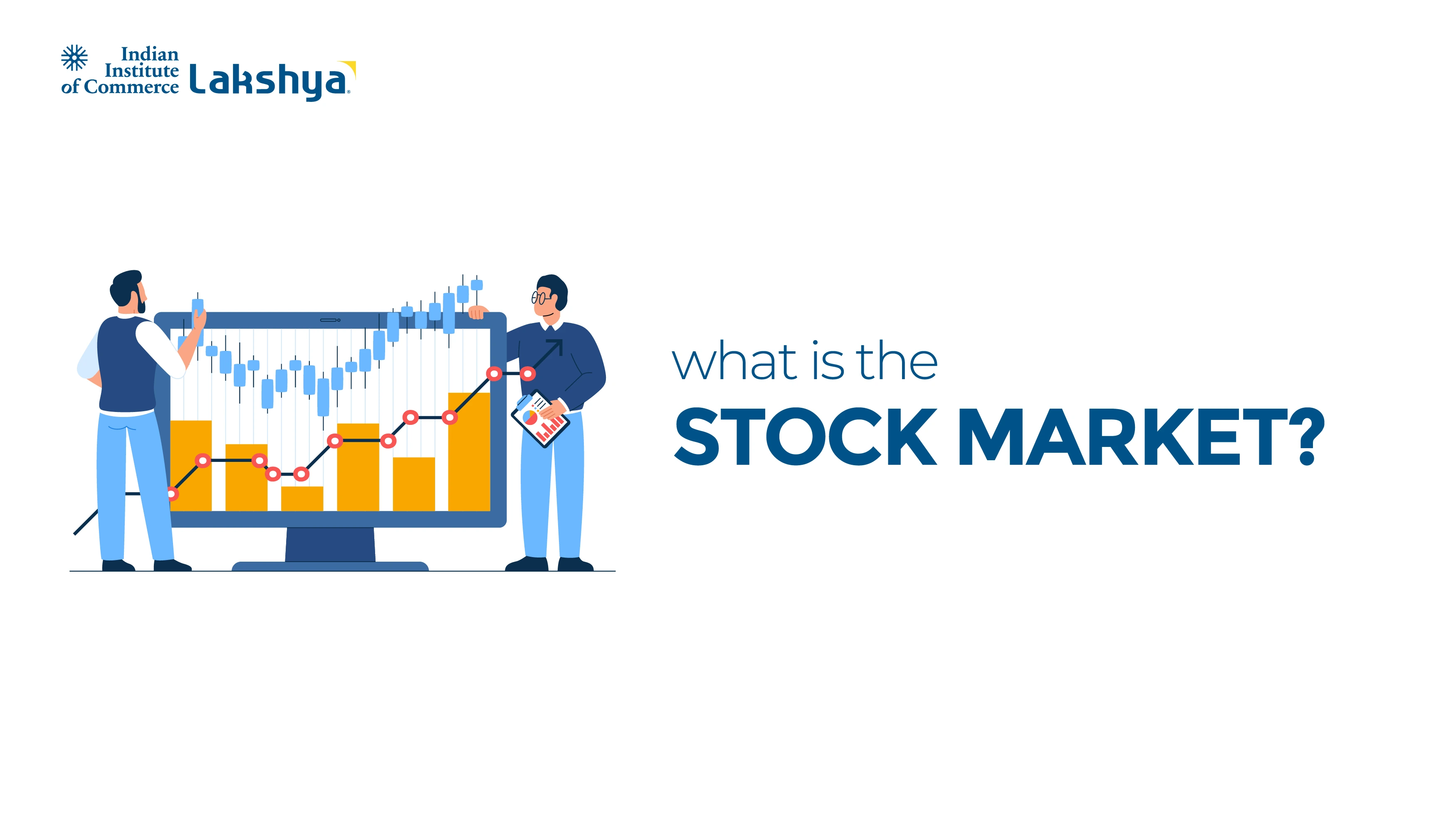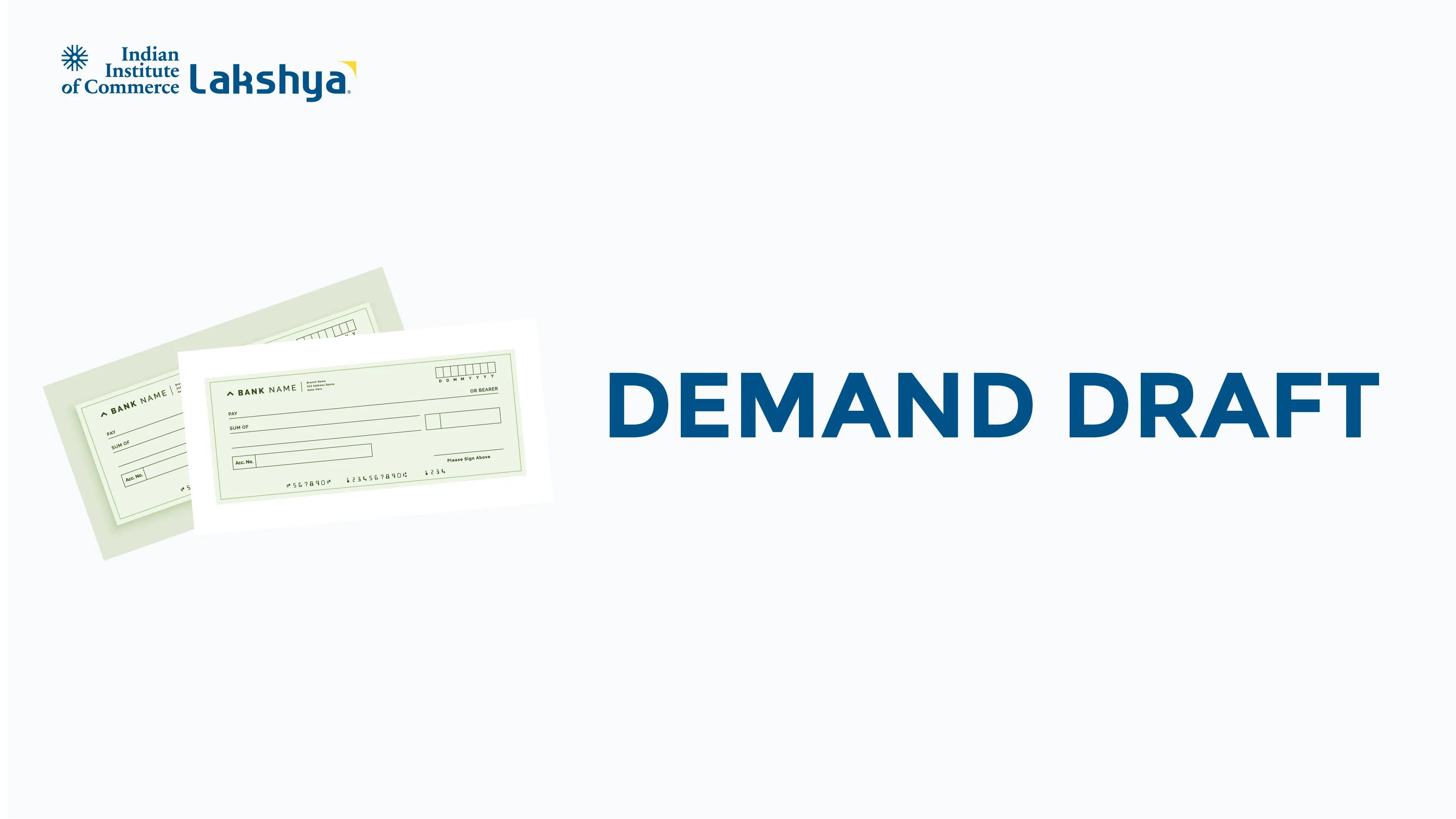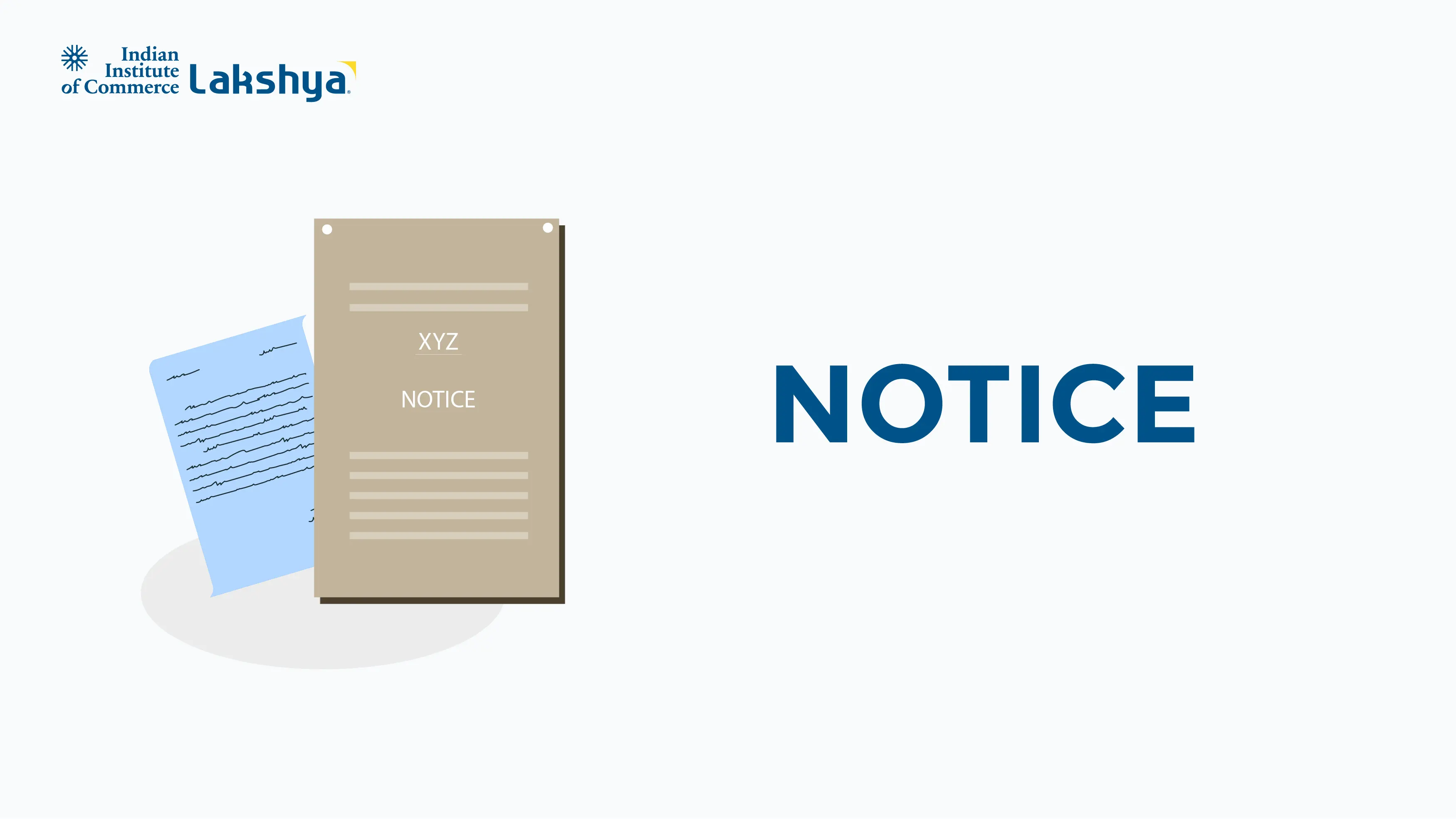Functions of Central Bank
Last Updated On -22 Sep 2025
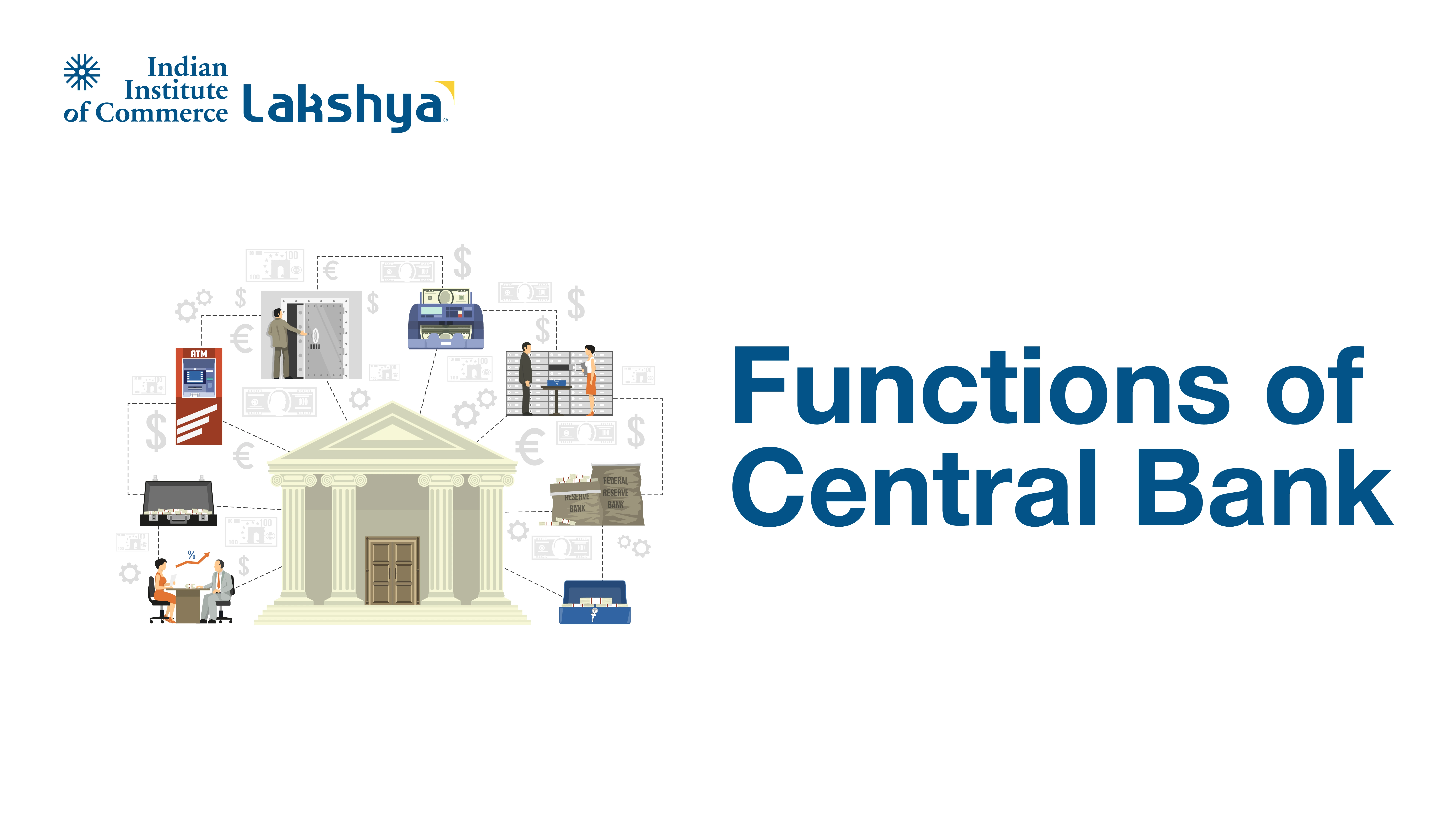
The central bank is one of the crucial pillars of monetary stability. It is the peak financial institution of a country that guards the monetary and banking system. The role extends beyond currency issuance- it ensures the regulation of money supply, supervises other banks, manages the foreign exchange reserves, and helps in shaping the economy through the implementation of policies. They play a significant role in macroeconomic and microeconomic forecasting, which helps during economic turbulence.
What is the Central Bank?
The aftermath of World War I led to the uprising of the Central bankers of the United Kingdom and the United States, respectively. After that, central banks have received distinguished treatment from other financial institutions. It is a national institution that operates either independently or semi-independently of the government. Unlike commercial banks, a central bank is not for the general public. It serves the government and financial institutions. Examples are the Reserve Bank of India (RBI), the Federal Reserve in the United States, and the Bank of England.
Central banks are non-profit institutions with the primary objective of maintaining economic stability. They have a long-lasting impact on inflation, employment, currency strength, and even global trade. Each nation entrusts the central bank with key responsibilities to shape the financial system of the nation.
What are the 7 key functions of a Central Bank?
The central bank is the backbone of the economy. All the major financial decisions, from inflation control to the availability of credit, depend on the central bank's policies. The decisions affect the interest rates, exchange rates, business investments, consumer spending, and ultimately affect the growth trajectory of a country. During economic recessions or a global financial crisis, the central bank intervenes and helps in stabilizing the market and restoring confidence.
The key functions of the central bank are tabulated below:
Functions |
Details |
Examples |
|
1. Issuing currency |
The sole authority to issue the nation’s currency, ensuring uniformity and trust |
The Reserve Bank of India (RBI) issues the Indian Rupee |
|
2. Monetary Policy (Control of Inflation) |
Use of tools like the repo rate, CRR, and open market operations to control the money supply |
Raising interest rates to curb rising prices |
|
3. Regulation of Banks |
Supervision and regulation of commercial banks to maintain financial stability |
Setting minimum capital requirements for banks |
|
4. Managing Foreign Exchange & Reserves |
Maintains exchange rate stability and manages foreign reserves |
RBI intervenes in the forex market to stabilize the Rupee vs the Dollar |
|
5. Lender of the Last Resort |
Provision of emergency funding to the banks during a financial crisis to avoid collapse |
Support during a liquidity crisis like the Global Financial Crisis |
|
6. Promotion of financial stability |
Ensuring the smooth functioning of financial markets and preventing systemic risks. |
Monitoring stock market liquidity and banking risks |
|
7. Supporting the government policies |
Manages public debt, issues government securities, and finances deficits |
The central bank issues bonds to fund government spending |
The key functions of the central bank are listed below:
1. Issuer of Currency
The issuance of the nation’s legal tender currency is an essential function of the central bank. For example, in India, the Reserve Bank of India has the authority to print and circulate currency notes, except for the one-rupee note, which is issued by the Ministry of Finance. The power makes sure that there is uniformity in the currency system and helps in the regulation of inflation and liquidity. The central bank makes sure that the currency in circulation is genuine and supplied adequately, and supported by appropriate reserves.
2. Custodian of Foreign Exchange Reserves
The central bank manages the foreign exchange reserves of the country and stabilizes the currency in the international market. It regulates the exchange rate system, fixed, floating, or managed, monitors the inflow and outflow of foreign capital, and interferes in the foreign exchange markets when it is necessary. These actions help in maintaining the value of the national currency. It helps in supporting international trade. In times of economic crisis, the central bank makes decisions in favor of preventing the crisis.
3. Banker to the Government
The central banks are the government's banker, agent, and debt manager. The central bank helps in the maintenance of government accounts, public debts, and receipts and payments. They also advise the government on monetary matters and economic planning. In a lot of countries, the central bank plays an important role in financial systems through the issuance of bills and government bonds.
4. Controller of Credit (Monetary Policy)
The central bank formulates and implements policies related to the monetary issues to control the supply of money and credit in the economy. The adjustment of interest rates, reserve ratios, and open market operations helps in combating inflation, stimulating investments, and controlling demand. The main goal is to maintain the stability of prices while also supporting economic growth. There are tools like repo rate, CRR (cash reserve ratio), and SLR (Statutory Liquidity Ratio) that help the central bank in influencing the liquidity in the banking systems.
5. Lender of the Last Resort
In times of banking crisis or financial instability, the central bank comes in as a lender of the last resort. If commercial banks face a liquidity issue and cannot meet their duties, the central bank lends money to prevent any kind of bank failure and maintain trust in the financial system. This key function of the central bank maintains public confidence and the economy during unfortunate times.
6. Custodian of Cash Reserves of Commercial Banks
The central banks have a requirement to maintain the percentage of their deposits as reserves, which is known as the Cash Reserve Ratio (CRR). This reserve ensures the solvency of commercial banks and provides the central bank with a tool to control the overall money supply. After increasing or decreasing the CRR, the central bank directly affects the lending capacity of banks and hence manages the inflation. This encourages economic activity.
7. Supervisor and Regulator of Banks
The central bank regulates and supervises all the commercial banks and financial institutions for an efficient banking system. It lays down rules for licensing, minimum capital requirements, and risk management. It also audits and inspects the health of the banking sector. This particular function of the central bank supports the financial system and prevents unfair practices.
What are the Tools Used by the Central Banks?
While central banks are often thought of as monitors of the economy, they are also guardians that use monetary policy tools to steer growth, balance inflation, and promote stability. All these devices are divided into two broad types: quantitative controls, which adjust the money stock, and qualitative controls, which selectively direct the flow of credit.
1. Open Market Operations (OMO)
OMO remains the workhorse. Authorities either purchase or sell government bonds on the secondary market to calibrate the level of cash in the economy. Purchases infuse liquidity, lowering interest rates and prompting households and firms to spend or invest. Sales, on the other hand, drain cash, raising rates and slowing money-driven price increases.
2. Policy Rates (Repo Rate & Reverse Repo Rate)
The repo or repurchase rate, essentially the cost of overnight borrowing for banks, serves as the primary signal of monetary intent. A rise discourages credit creation by tightening the cost of funds; a fall does the opposite and tends to improve capital formation. The symmetry is provided by the reverse repo, the rate on overnight deposits that the central bank offers to excess reserves. The reverse repo rate, by absorbing extra liquidity, confines overnight market rates to the policy corridor.
3. Cash Reserve Ratio (CRR) and Statutory Liquidity Ratio (SLR)
To plug interbank liquidity into the broader financial framework, regulators can adjust the cash reserve and the statutory liquidity obligations. The CRR instructs banks to park a specified fraction of deposits as non-earning reserves with the central bank, while the SLR forces a parallel requirement in liquid, tradable securities. A rise in either ratio confines lending capacity, whereas a decline liberates funds for consumers and firms who need credit.
4. Quantitative Easing (QE)
In extraordinary times, central banks often resort to unconventional tools to stabilize the economy, with Quantitative Easing (QE) becoming the centerpiece. This unconventional tool was widely used after the Global Financial Crisis. When conventional policy, namely, lowering short-term interest rates, runs out of room, central banks start purchasing large quantities of financial assets, typically government bonds, to inject liquidity. By expanding their balance sheets, they aim to lower longer-term interest rates, encourage lending, and boost asset prices.
5. Qualitative or Credit Controls
Beyond adjusting the aggregate money stock, central banks steer credit by deciding who can borrow and for which sorts of projects. Besides, authorities often discourage loans for assets viewed as speculative, while directing resources to agriculture, affordable housing, or other designated priority segments.
Key Challenges Faced by Central Banks
Although central banks command an expansive toolkit, executing the desired policies with precision is irrevocably complicated. Both domestic and external conditions pose perennial trials.
1. Inflation vs. Growth Dilemma
Perhaps the greatest dilemma is maintaining the right trade-off between dampening inflation and nurturing robust growth. When monetary conditions are tightened to safeguard price stability, the economy often decelerates. In contrast, stimulus measures propagate expansion, yet an inflationary flare-up can follow.
2. Globalization and External Shocks
In an interconnected global economy, domestic monetary authorities are constantly buffeted by external turbulence. Unexpected runs in oil prices, abrupt currency oscillations, or accelerated global trade confrontations can propagate through the economy, circumscribing the autonomy of the domestic monetary stance.
3. Digital Currencies and Fintech Disruption
The rapid proliferation of cryptocurrencies and novel financial technologies presents novel governance hurdles. Unbacked, privately issued coins can erode the central bank's conventional money base and obscure the money stock, while decentralized finance and real-time payment networks threaten to fragment the monetary transmission mechanism. In response, authorities are trialing Central Bank Digital Currencies as a safeguard.
4. Fiscal Dominance
In several cases, expansive fiscal policies drive towering deficits and excessive public sector borrowing. Such conditions can undermine the credibility of the monetary stance if the central bank is perceived to be financing the deficit.
Read More
- Liberalization vs Privatization vs Globalization
- Realization Account
- Industrial Relations
- Zollverein
Curious minds click here and read our Commerce Topics!
Frequently Asked Questions (FAQs)
State the difference between central and commercial banks?
A central bank plays the role of regulating and supervising the banking system. There is no public interaction. Whereas the commercial bank caters to individuals by accepting deposits, providing loans, and offering financial services.
Are central banks able to lend money to people?
No. The central bank cannot lend money to the public. It lends financial services to the commercial banks and the government in certain situations.
What is the reason behind being called a lender of last resort?
In times of banking crisis or financial instability, the central bank comes in as a lender of the last resort. If commercial banks face a liquidity issue and cannot meet their duties, the central bank lends money to prevent any kind of bank failure and maintain trust in the financial system.





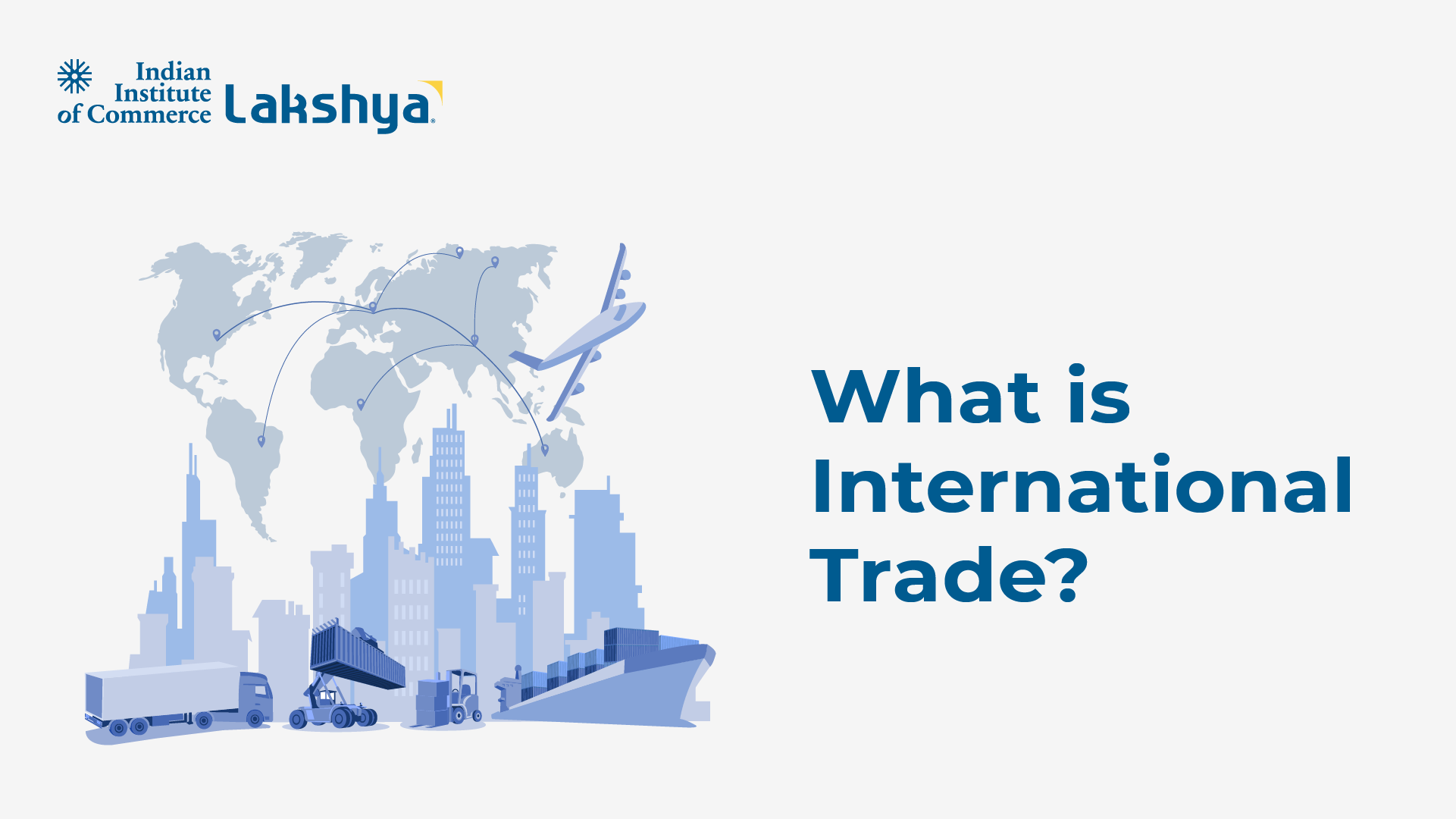


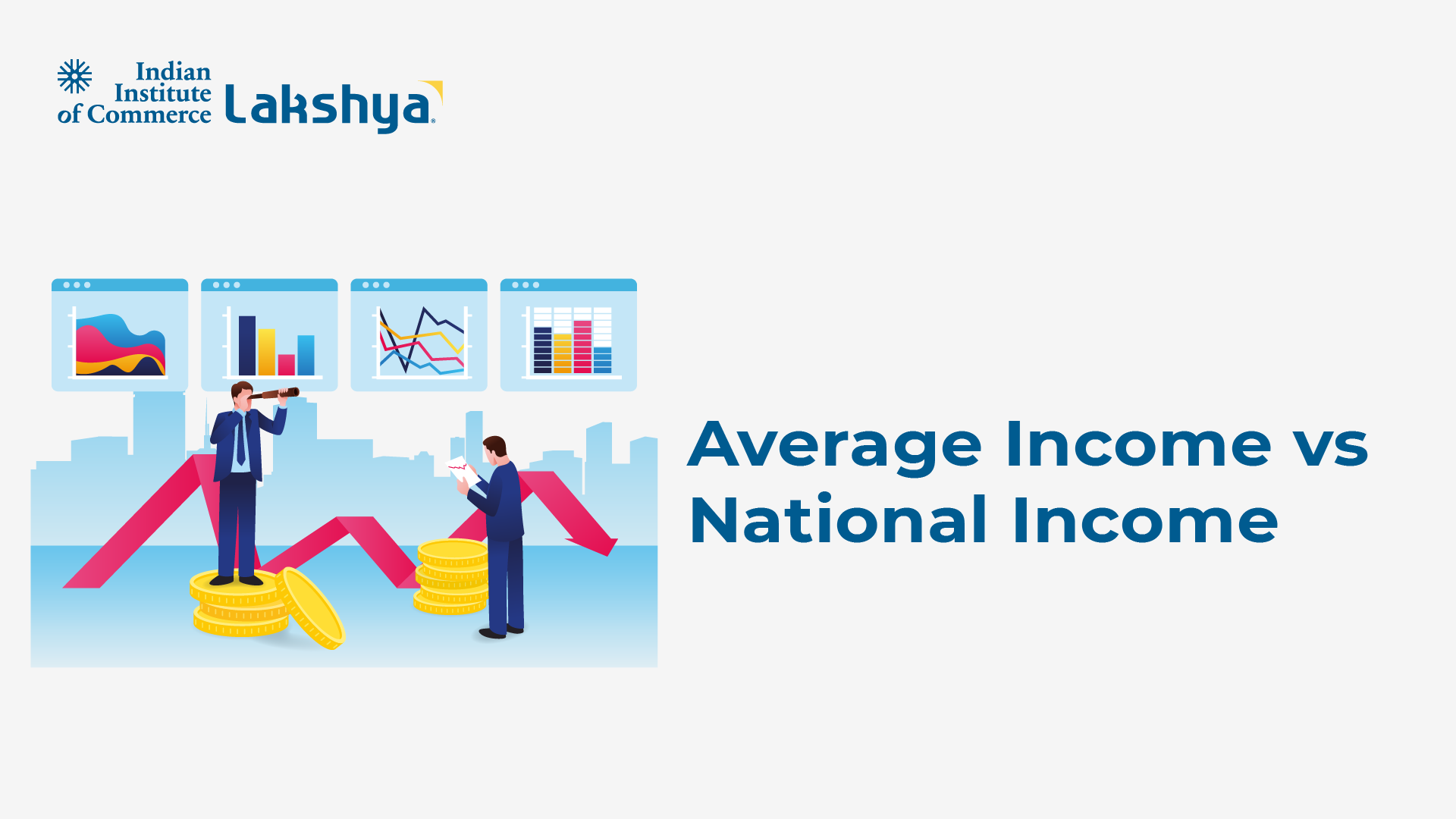








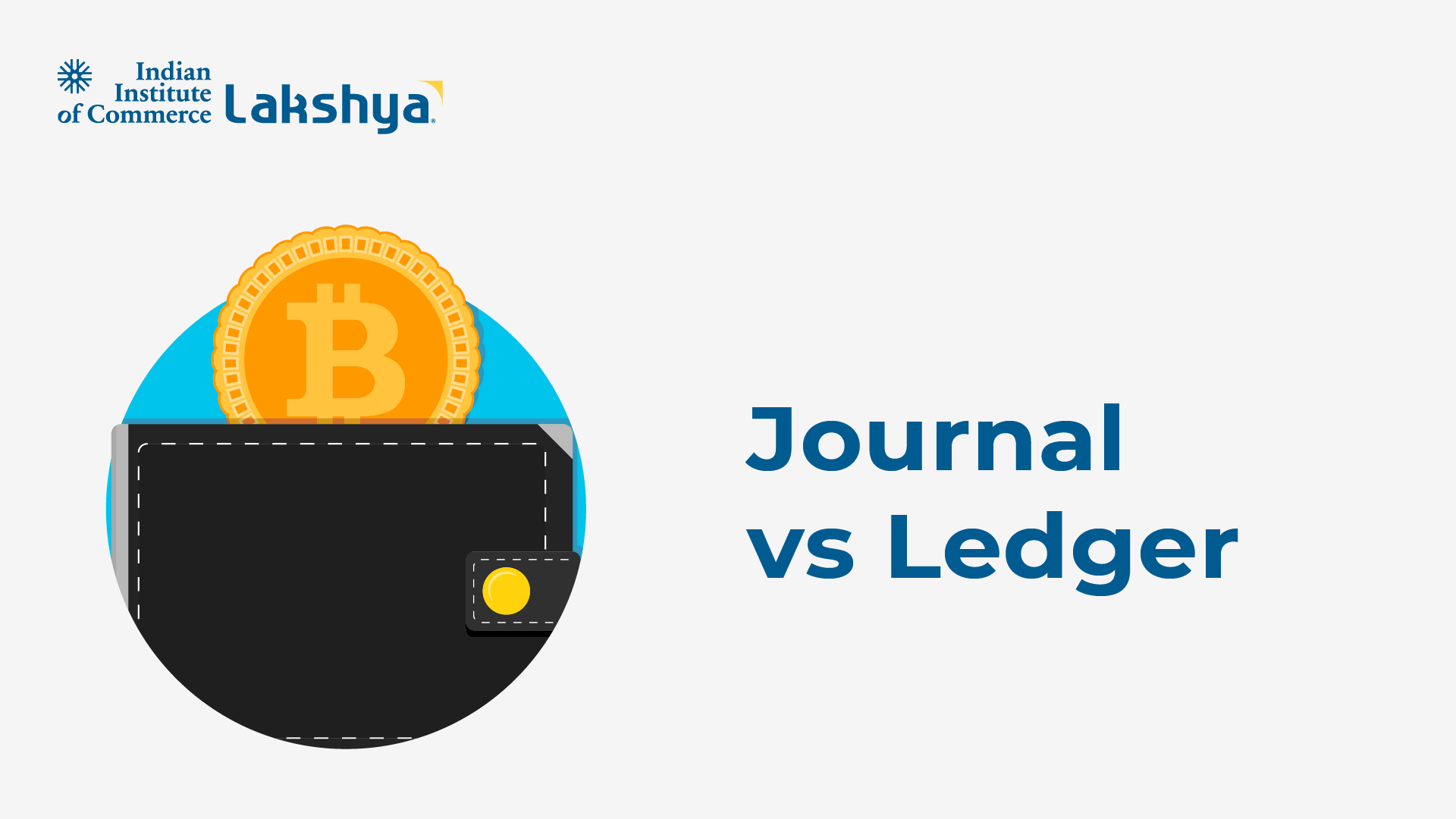







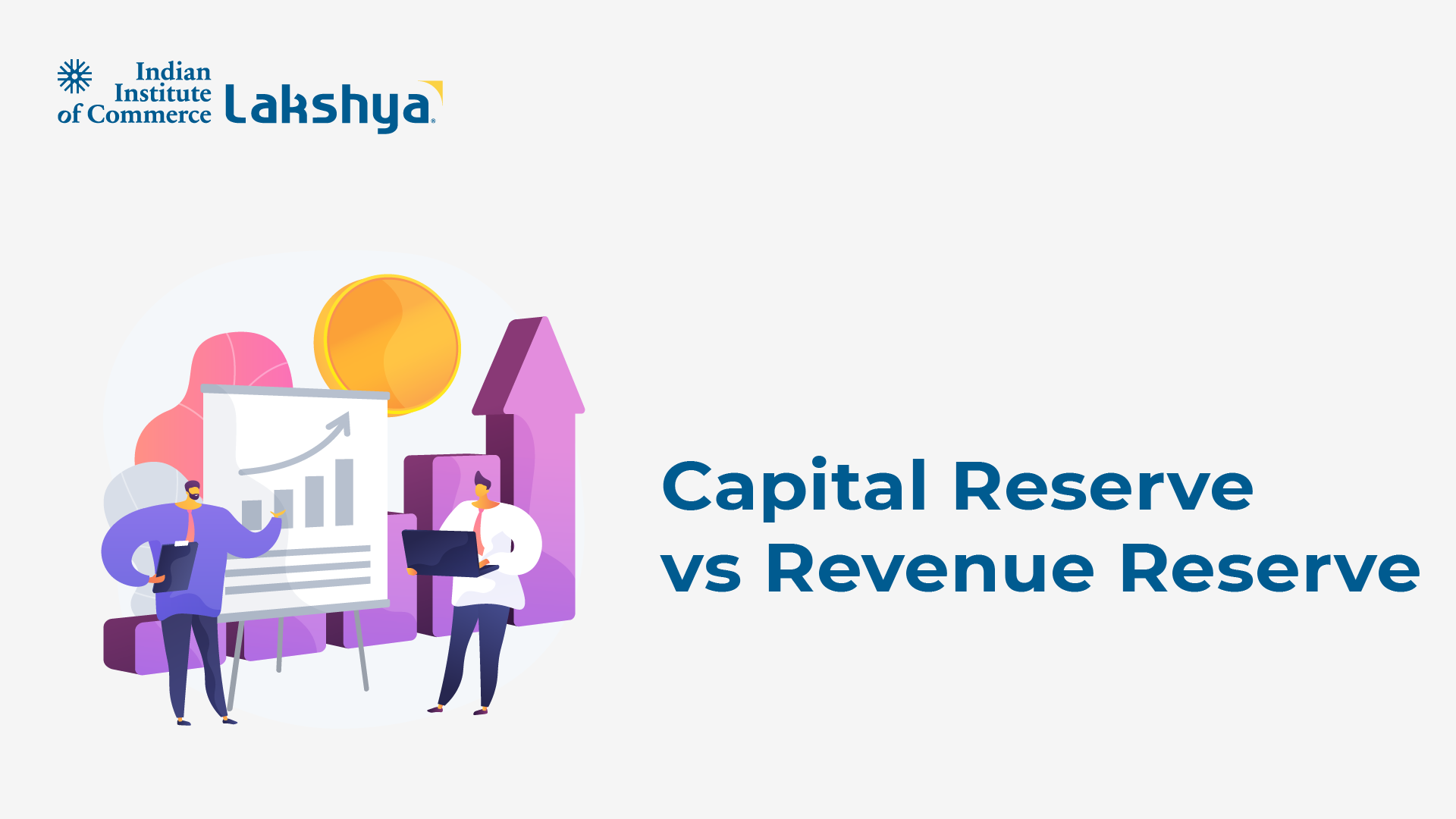
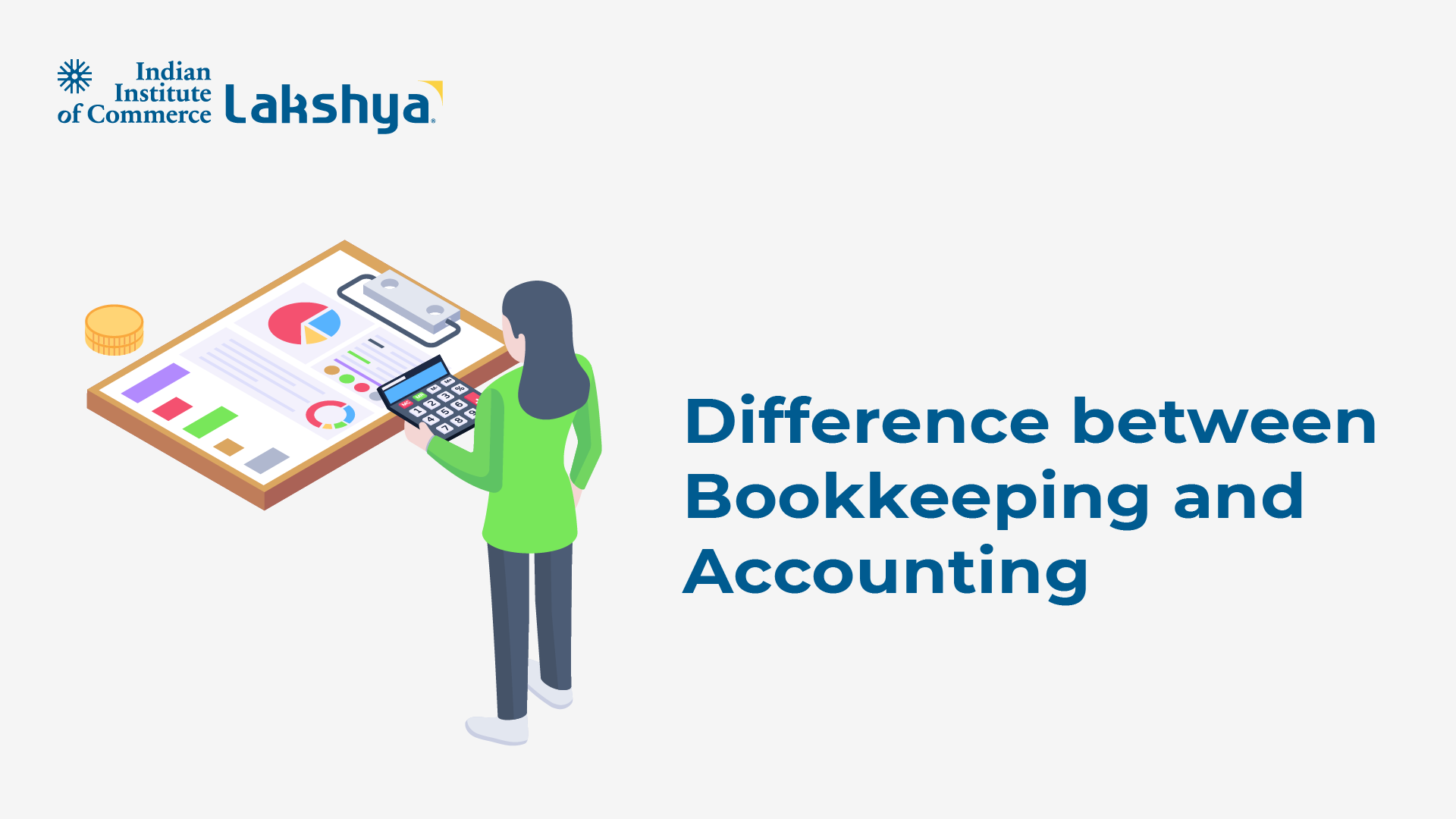

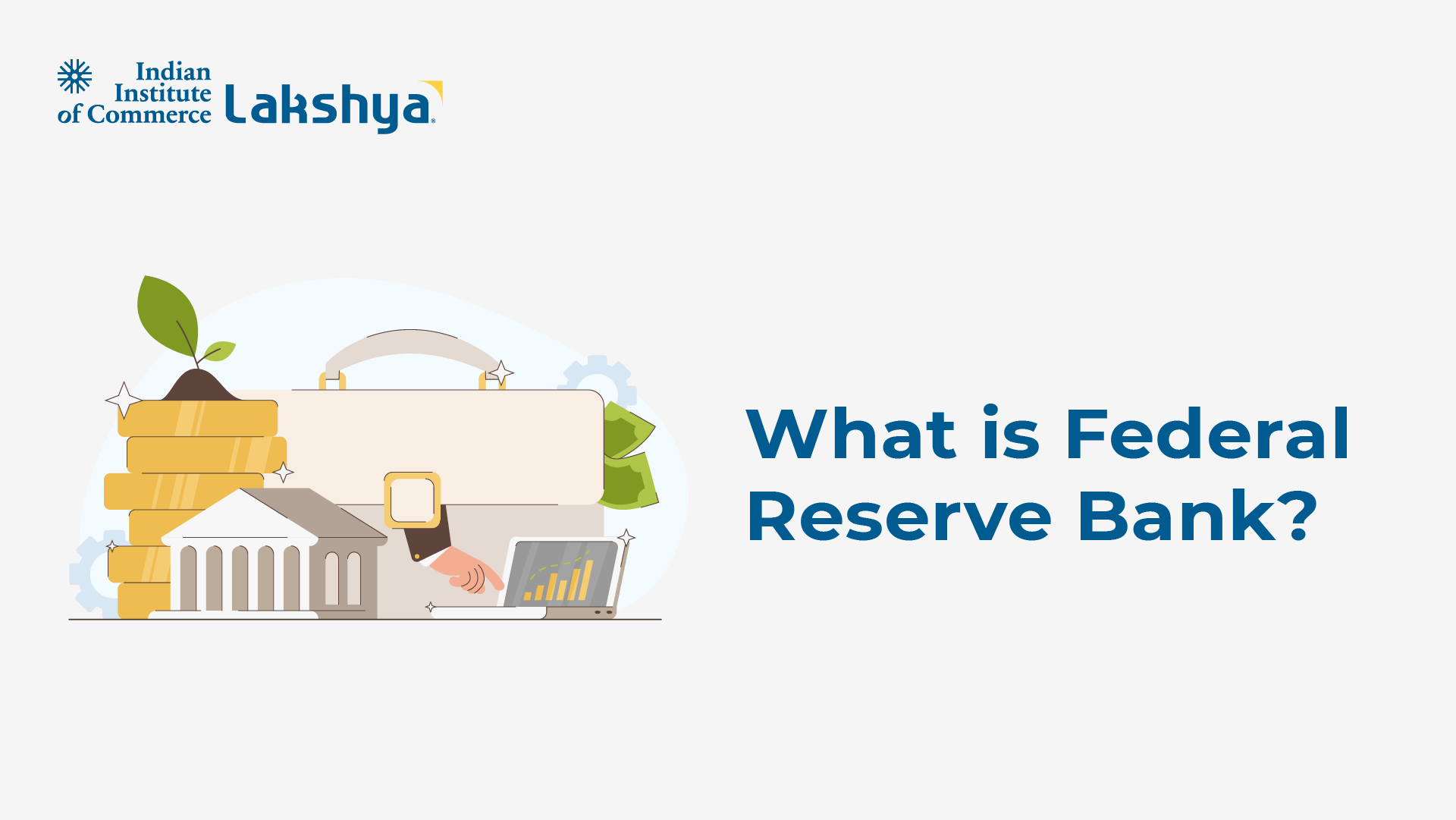




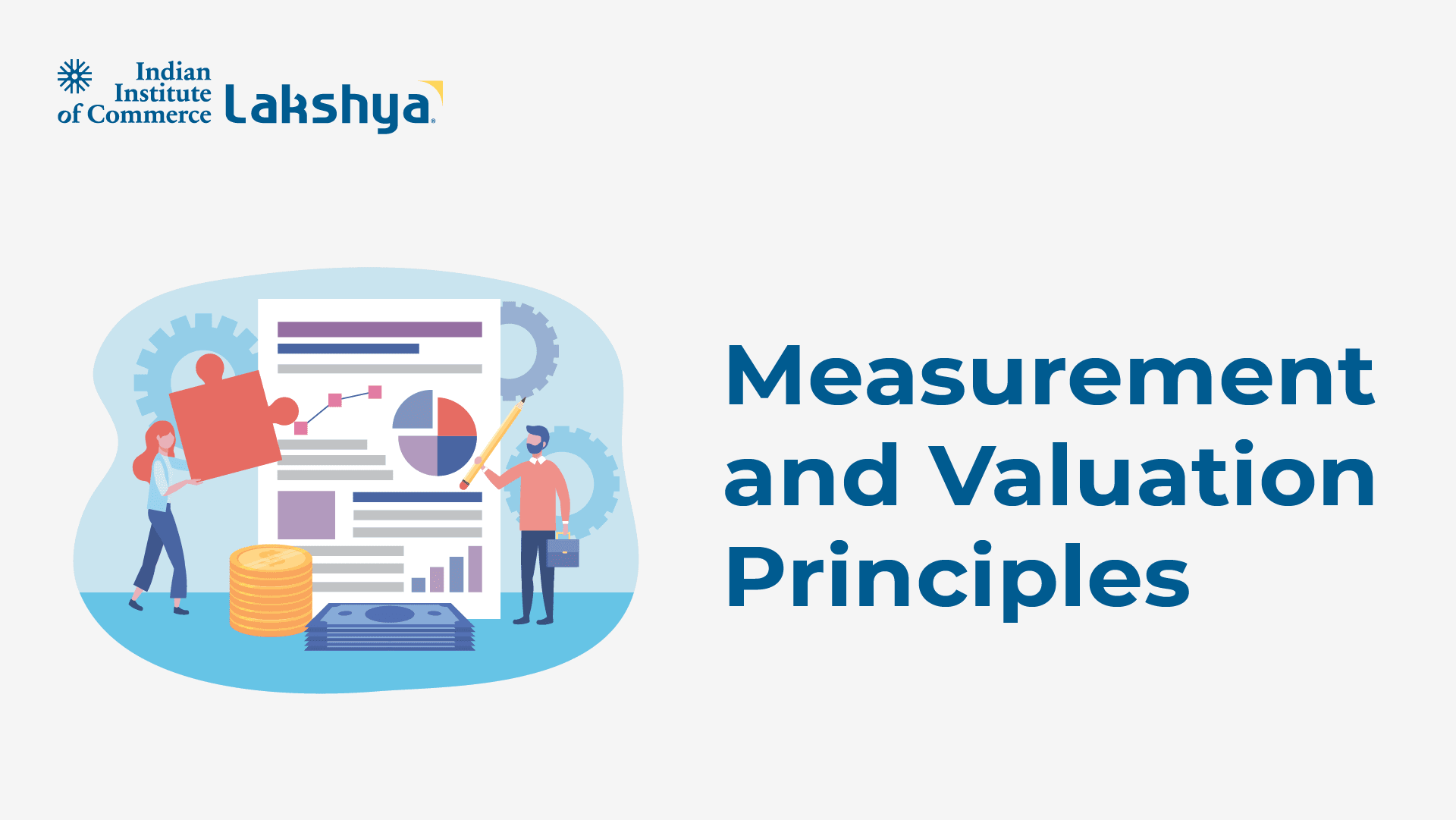

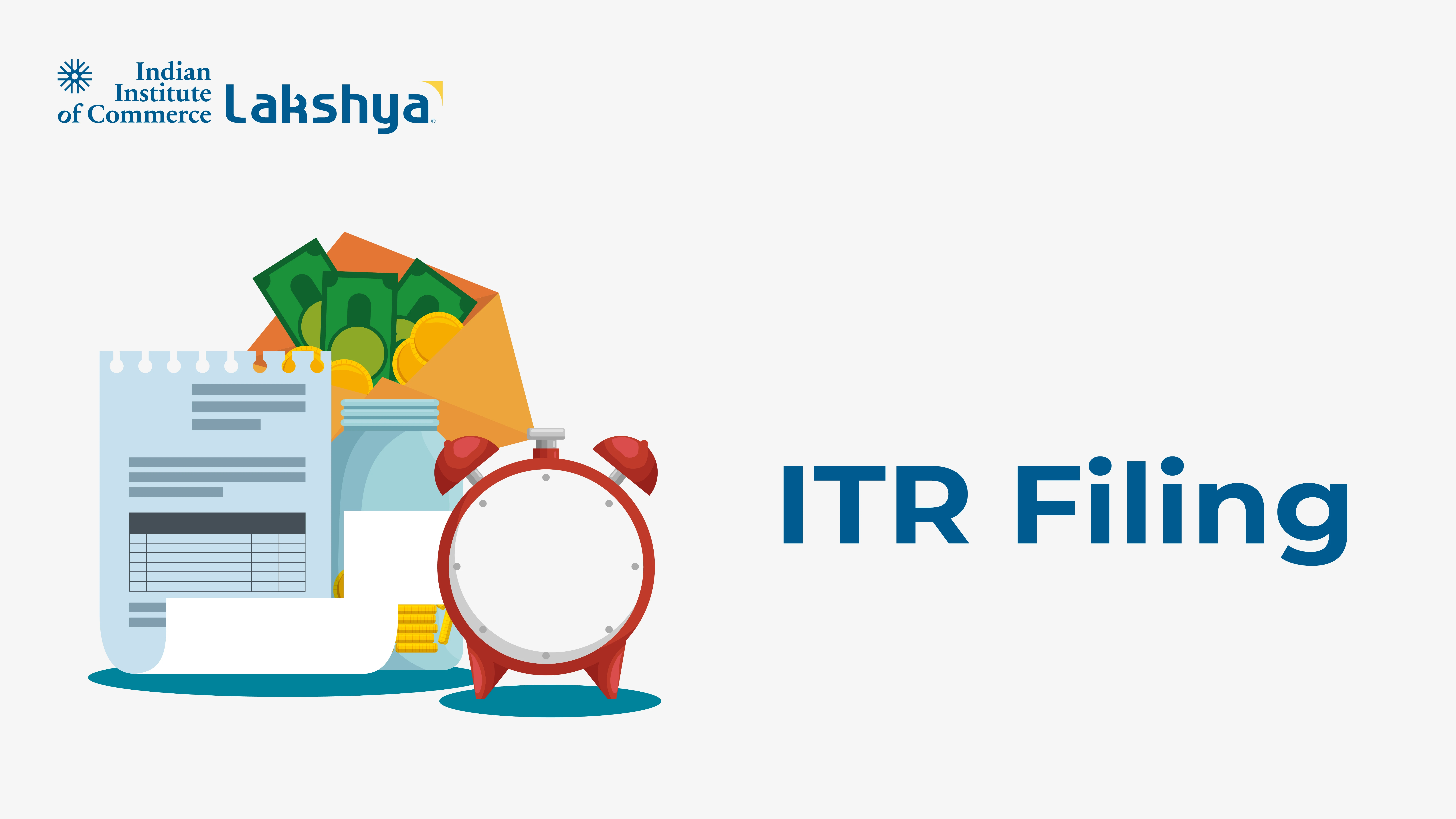

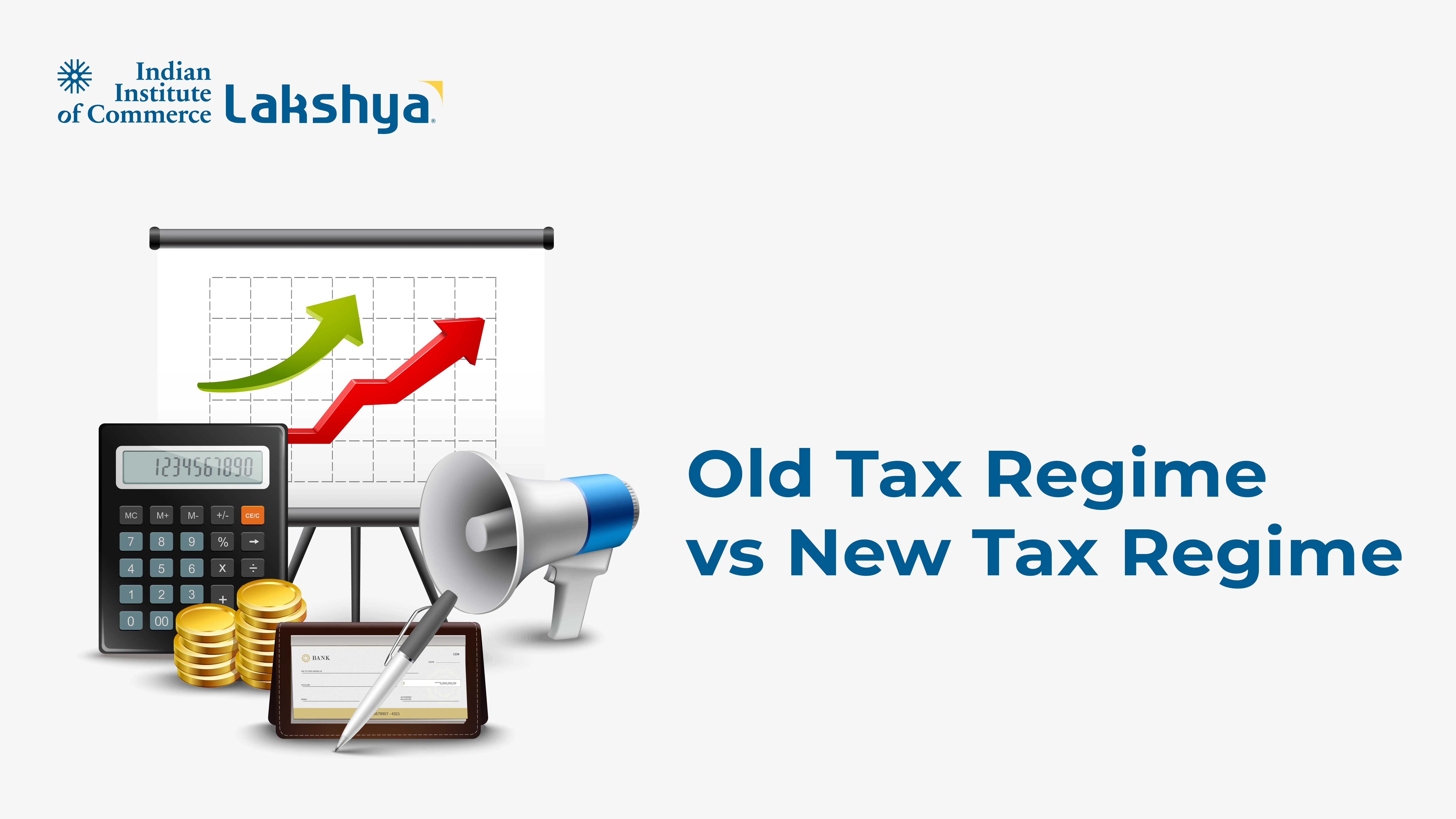

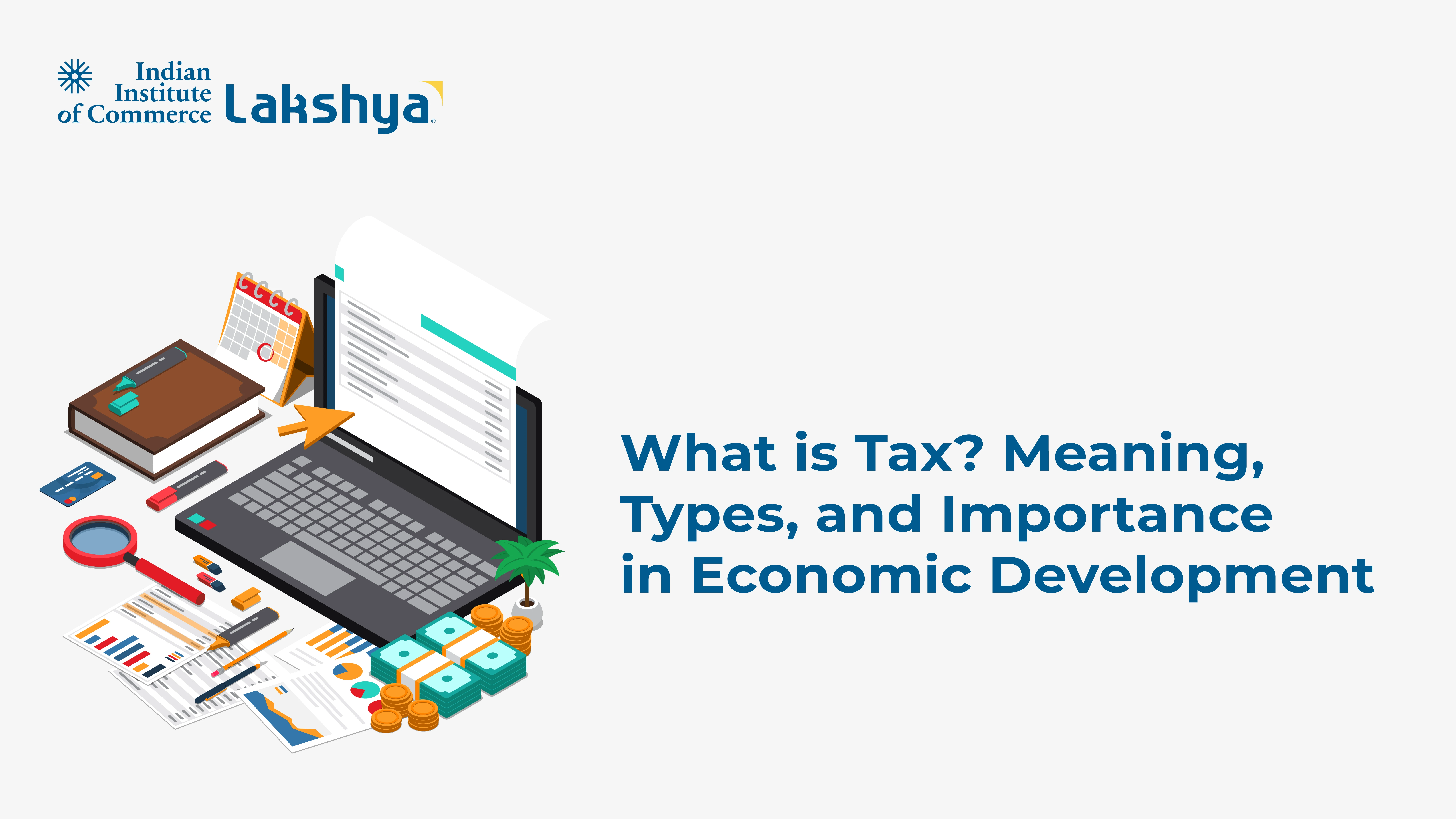
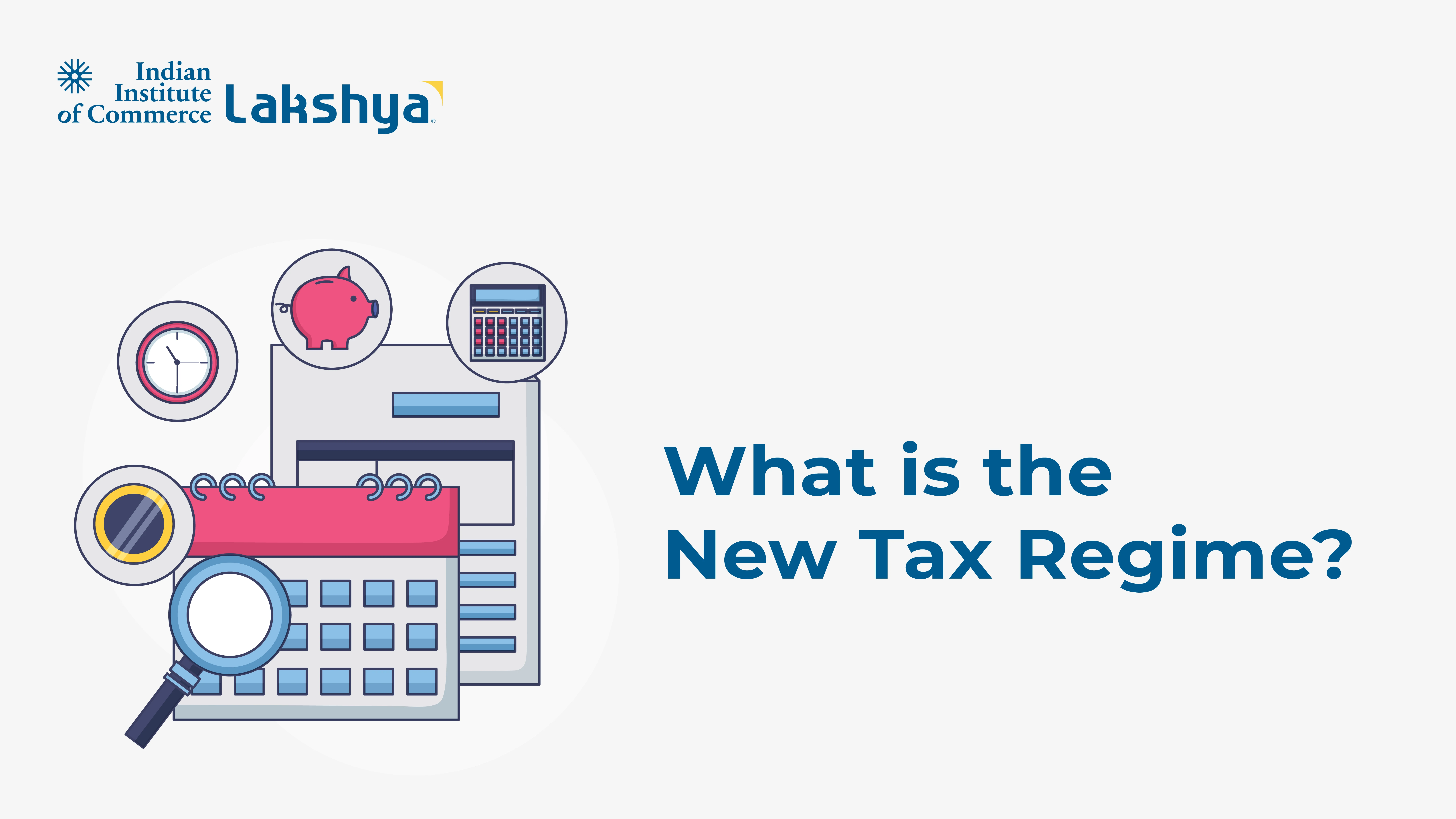
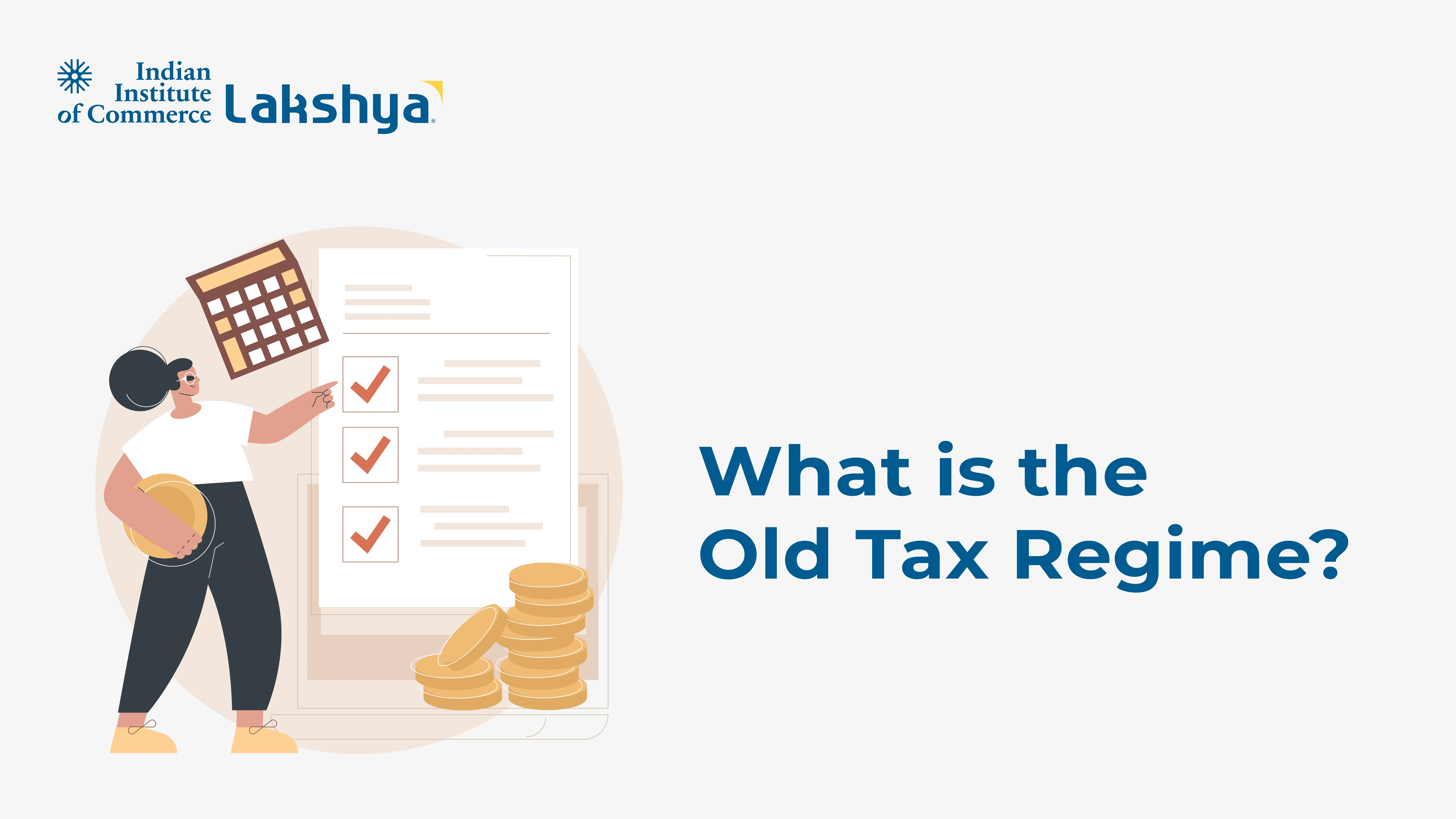

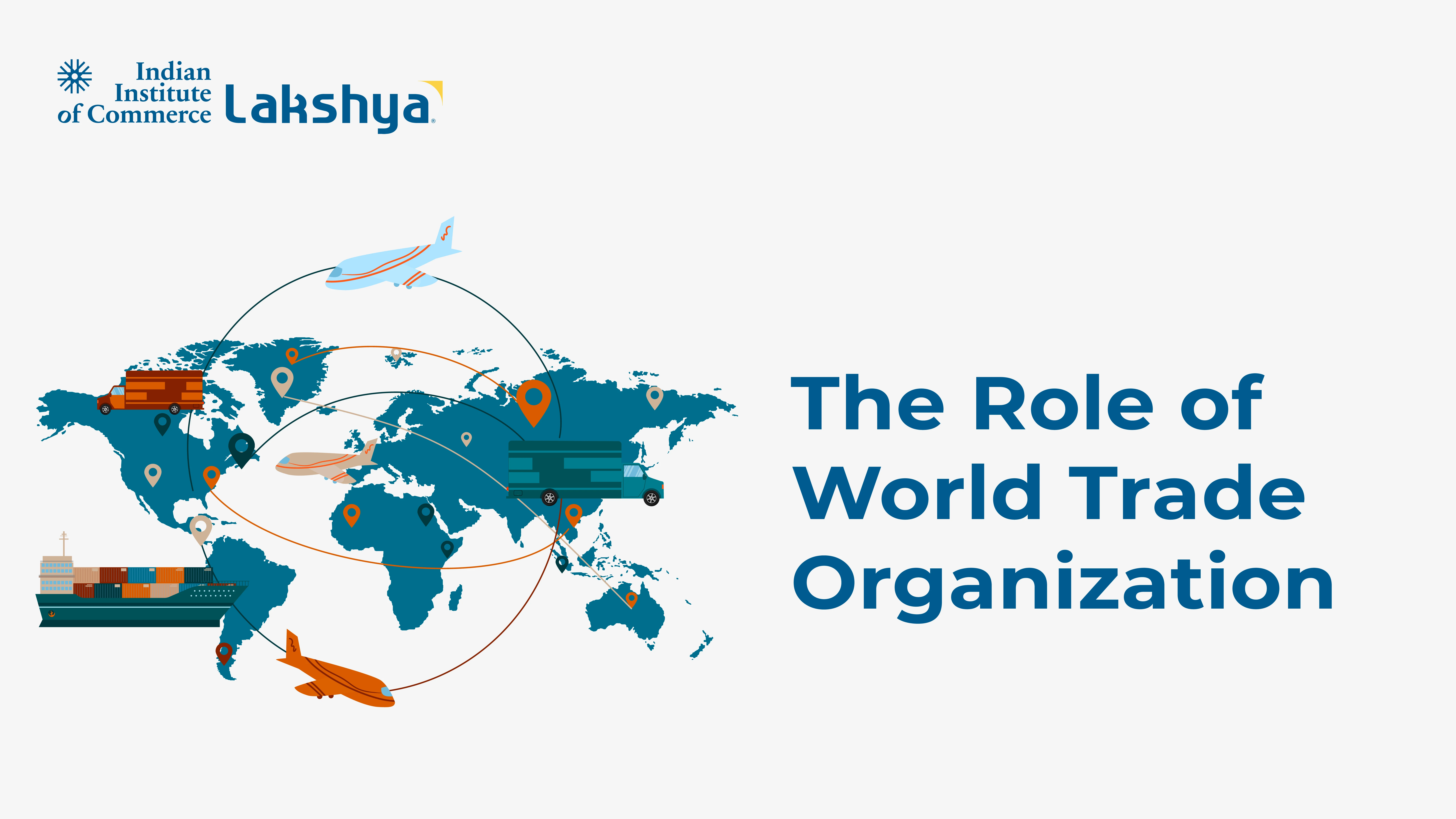





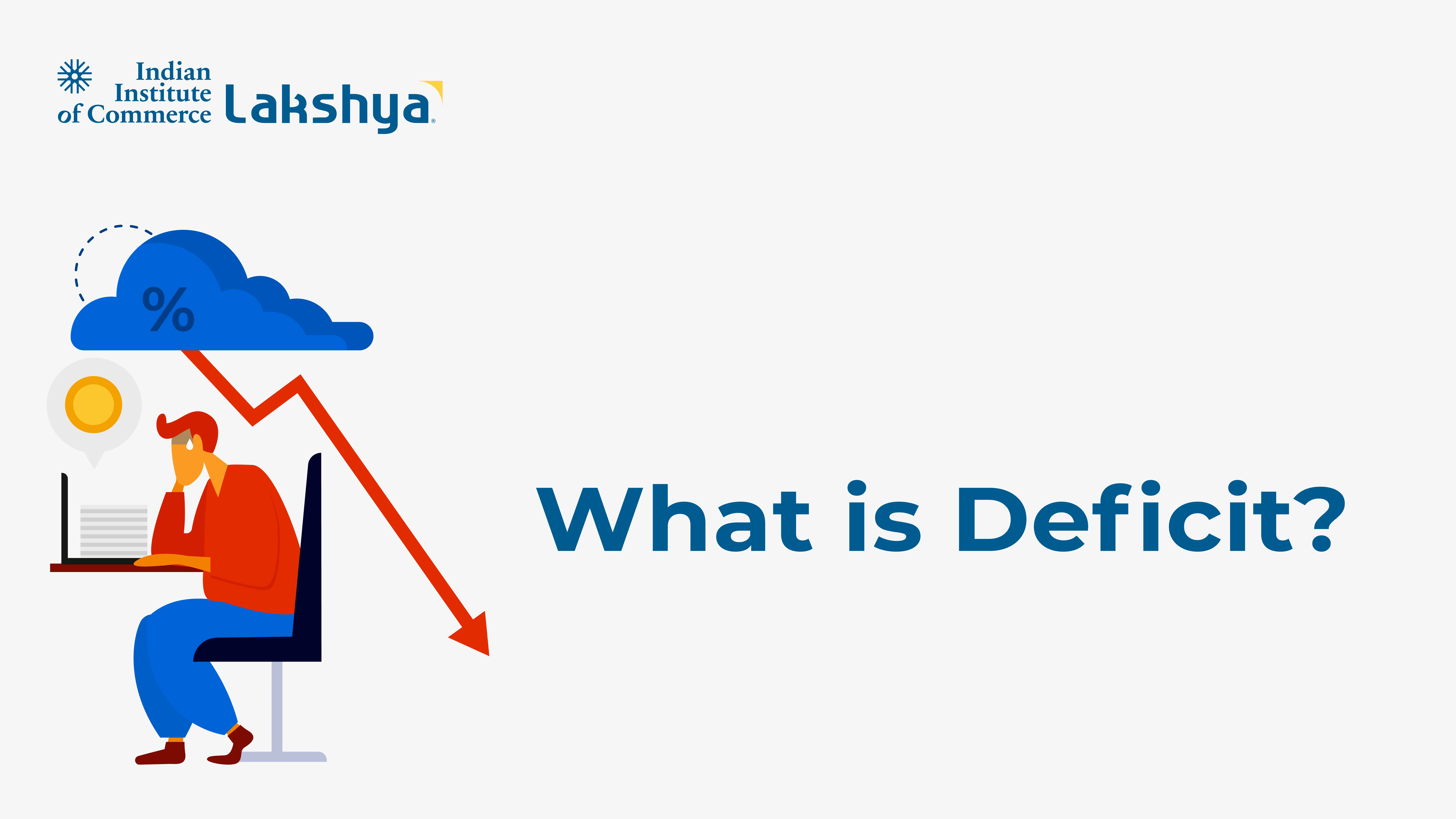


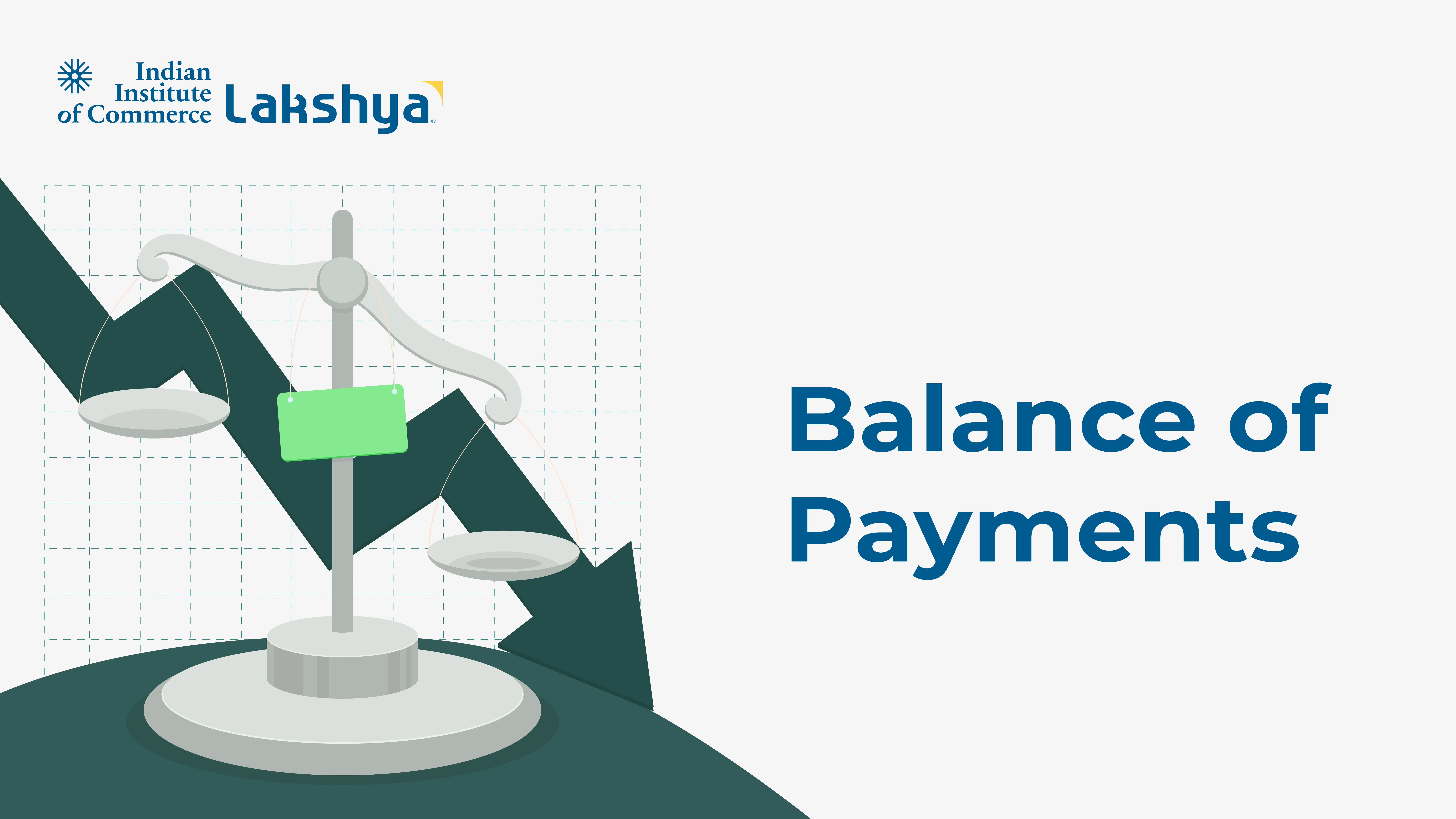









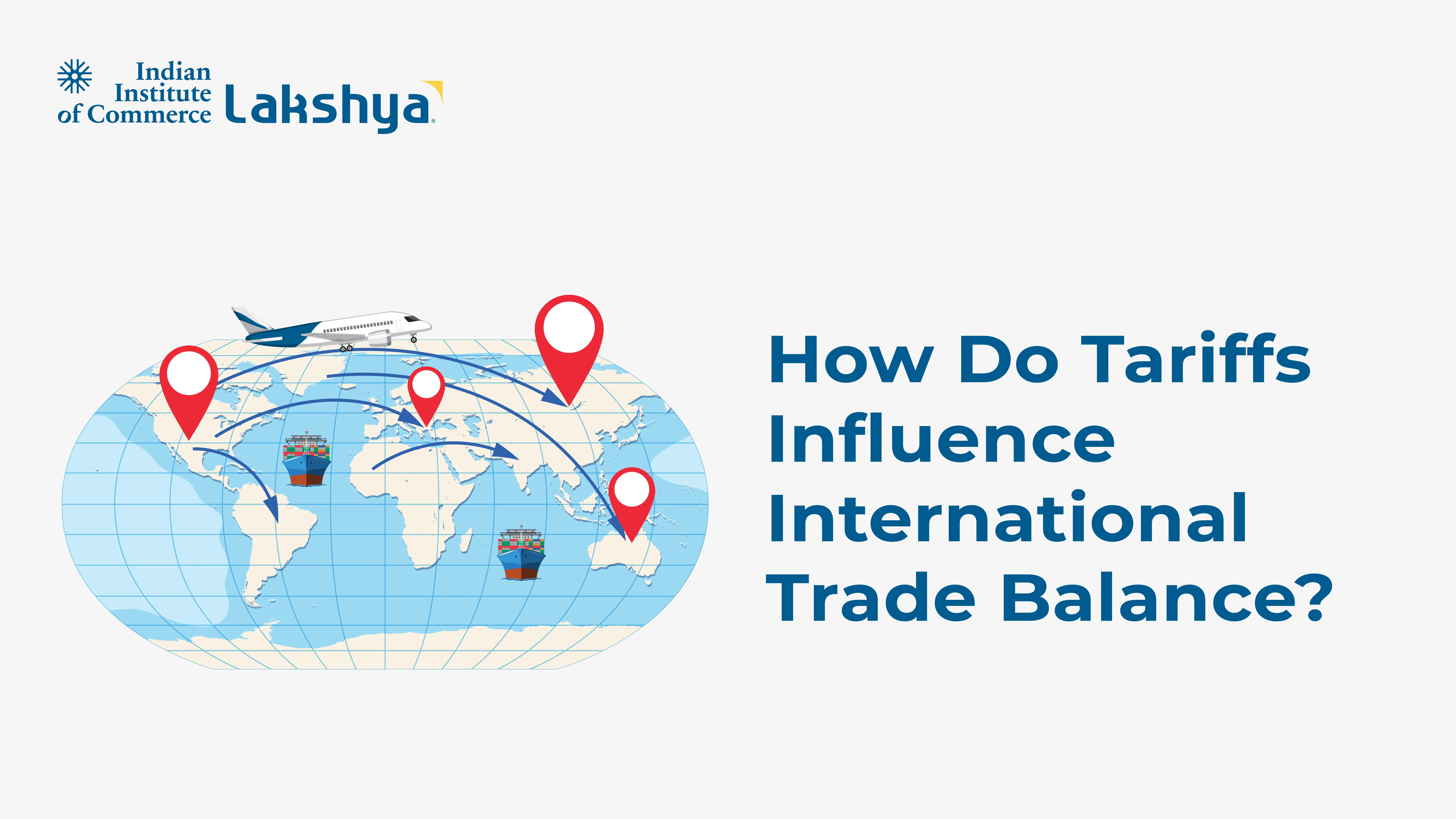
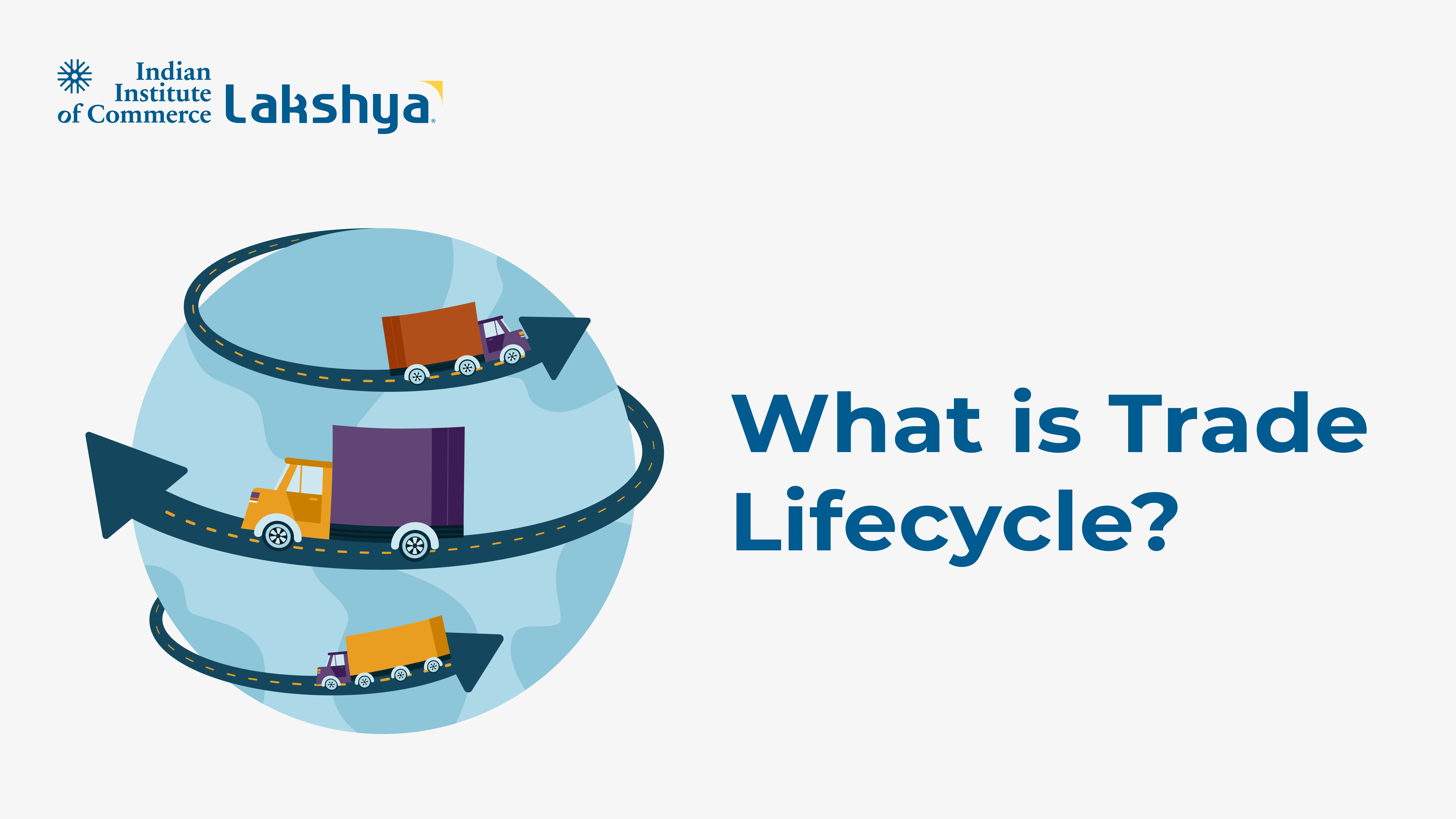
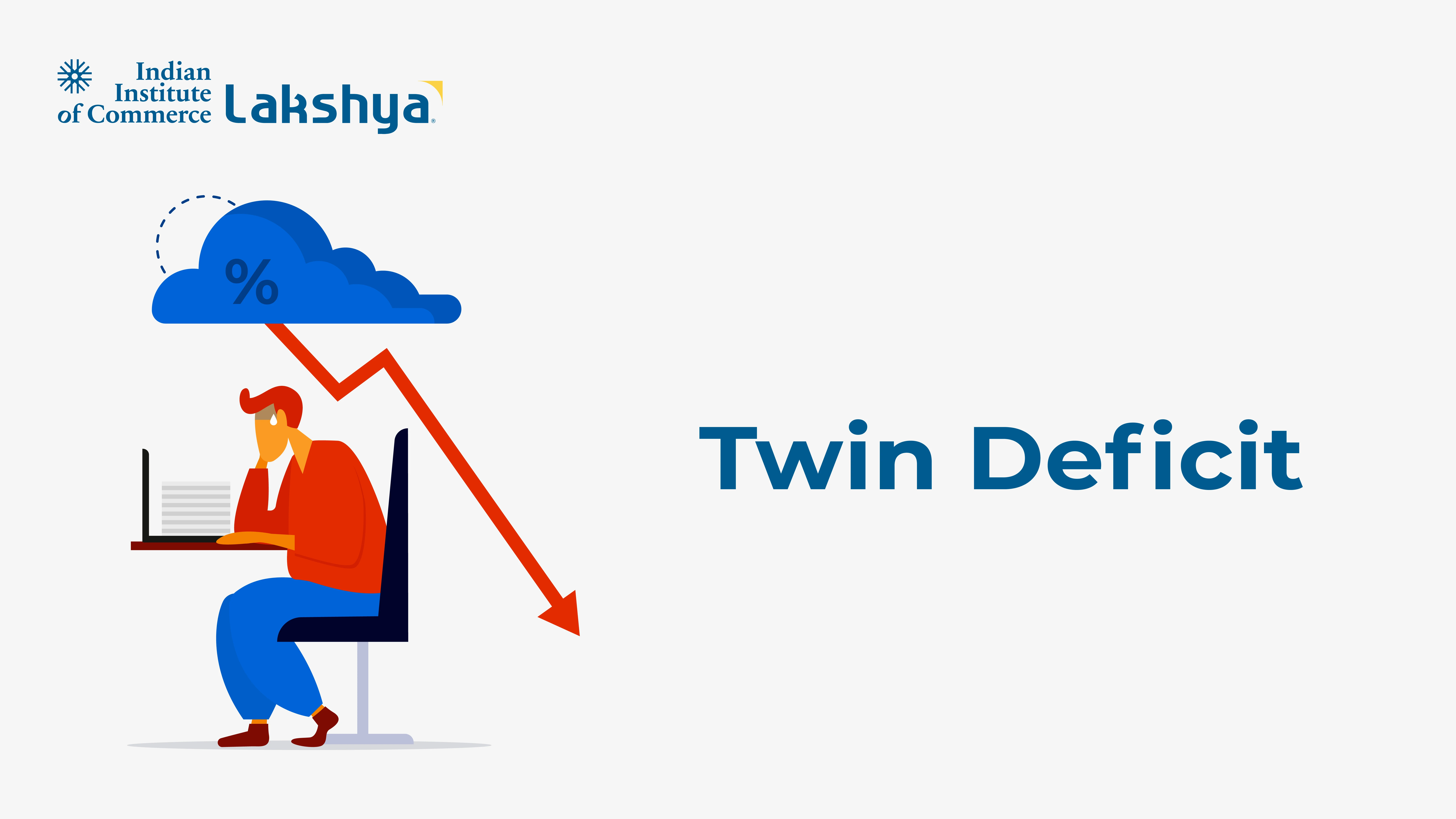





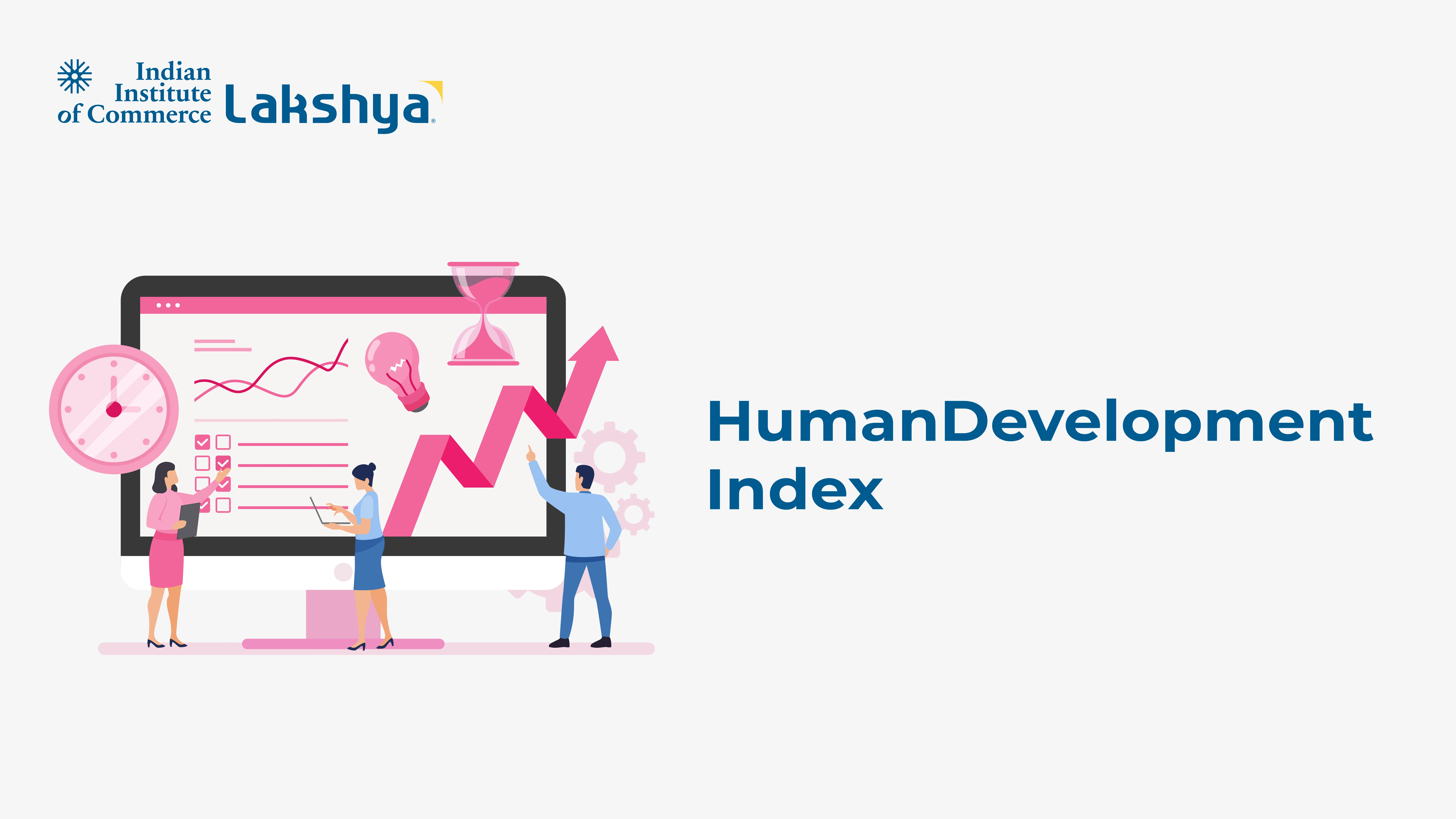






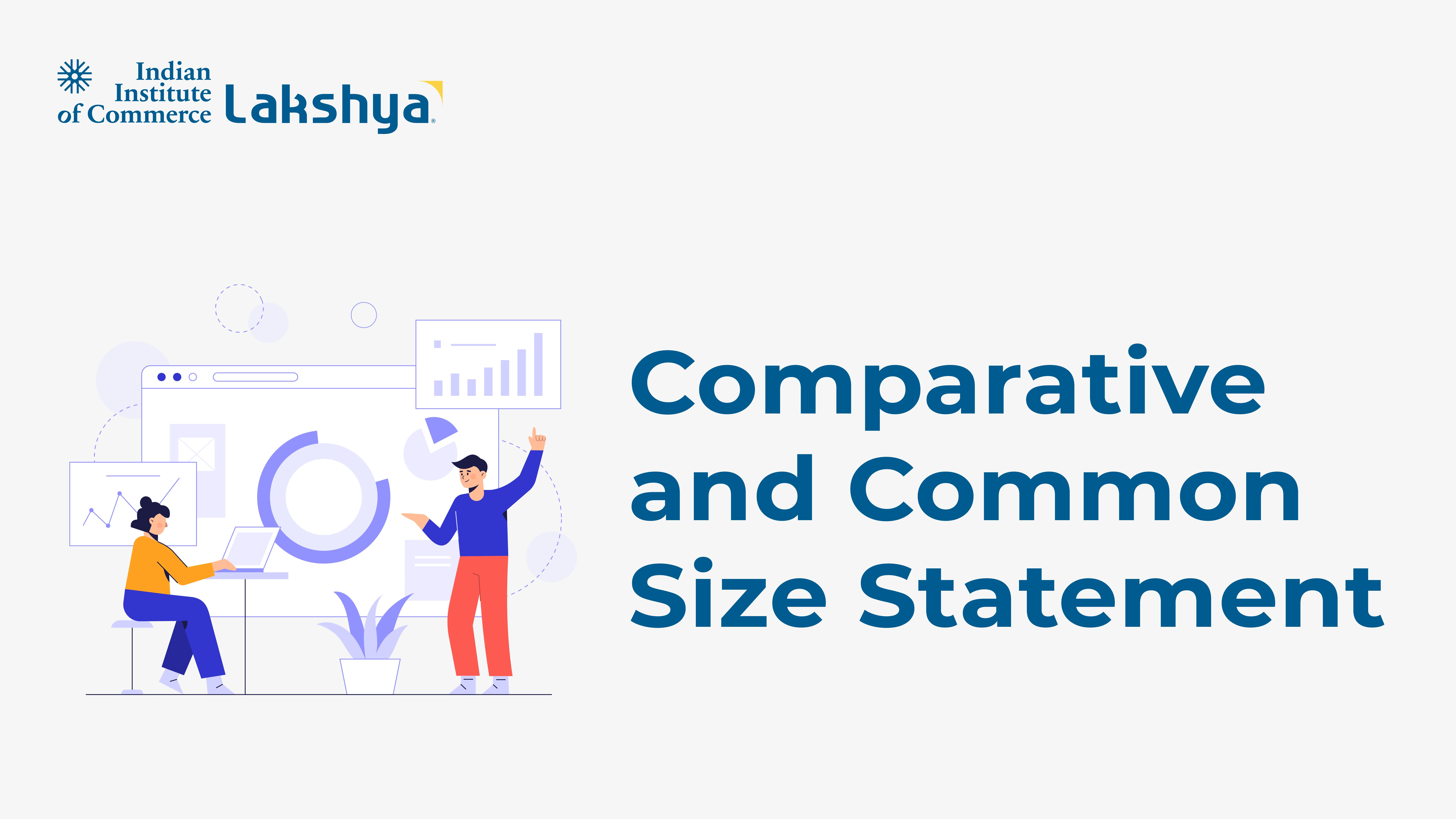








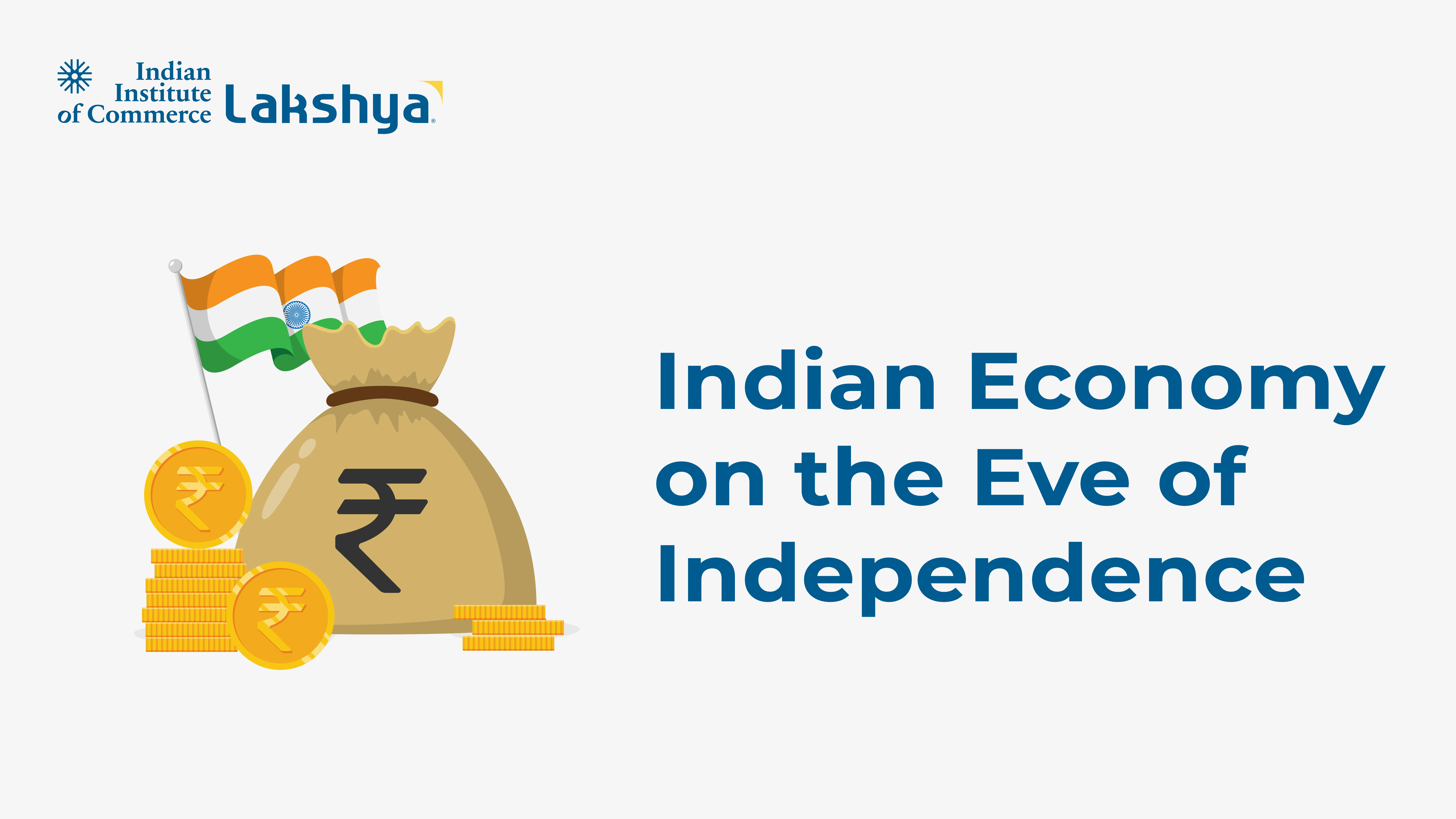


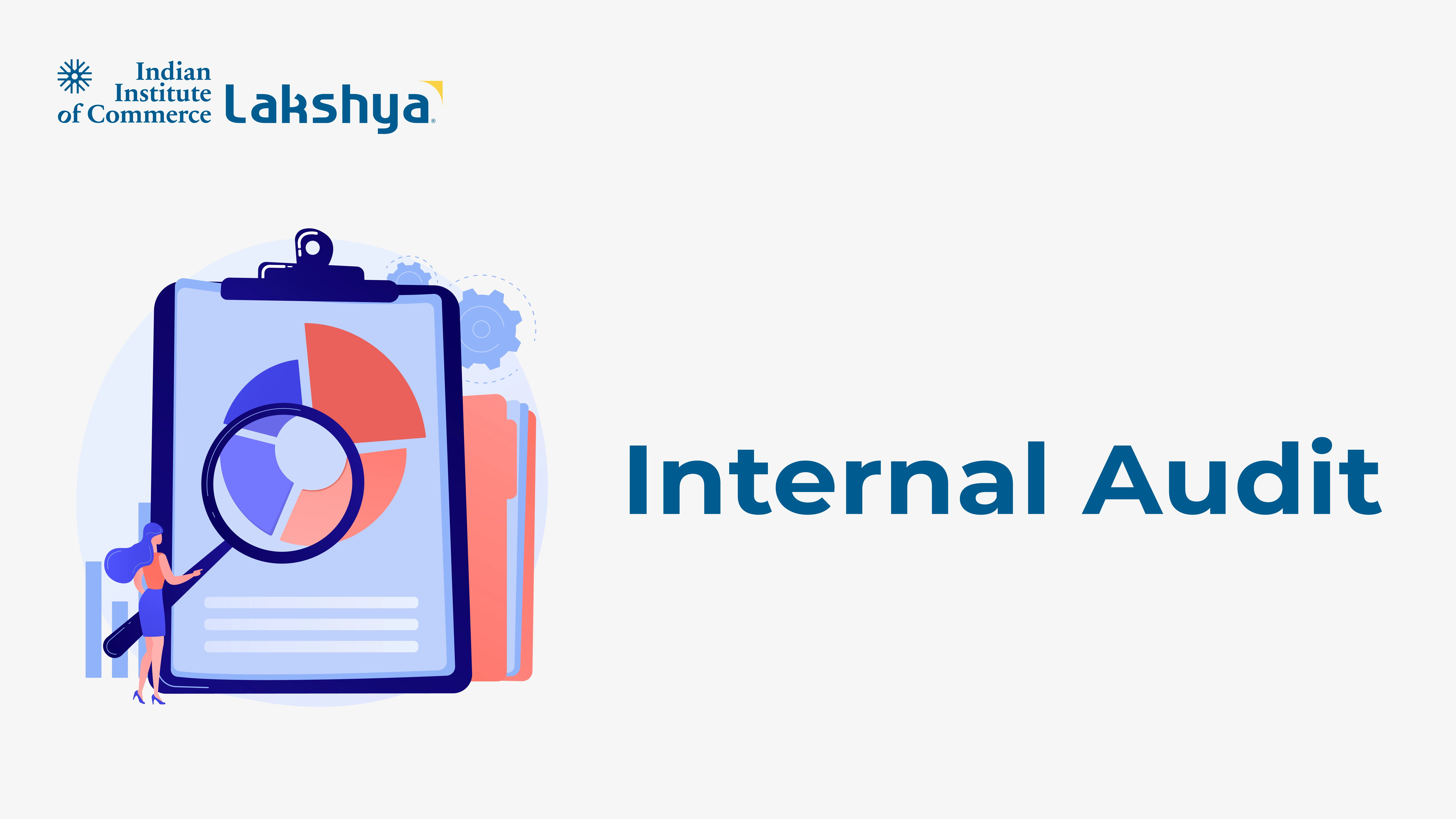










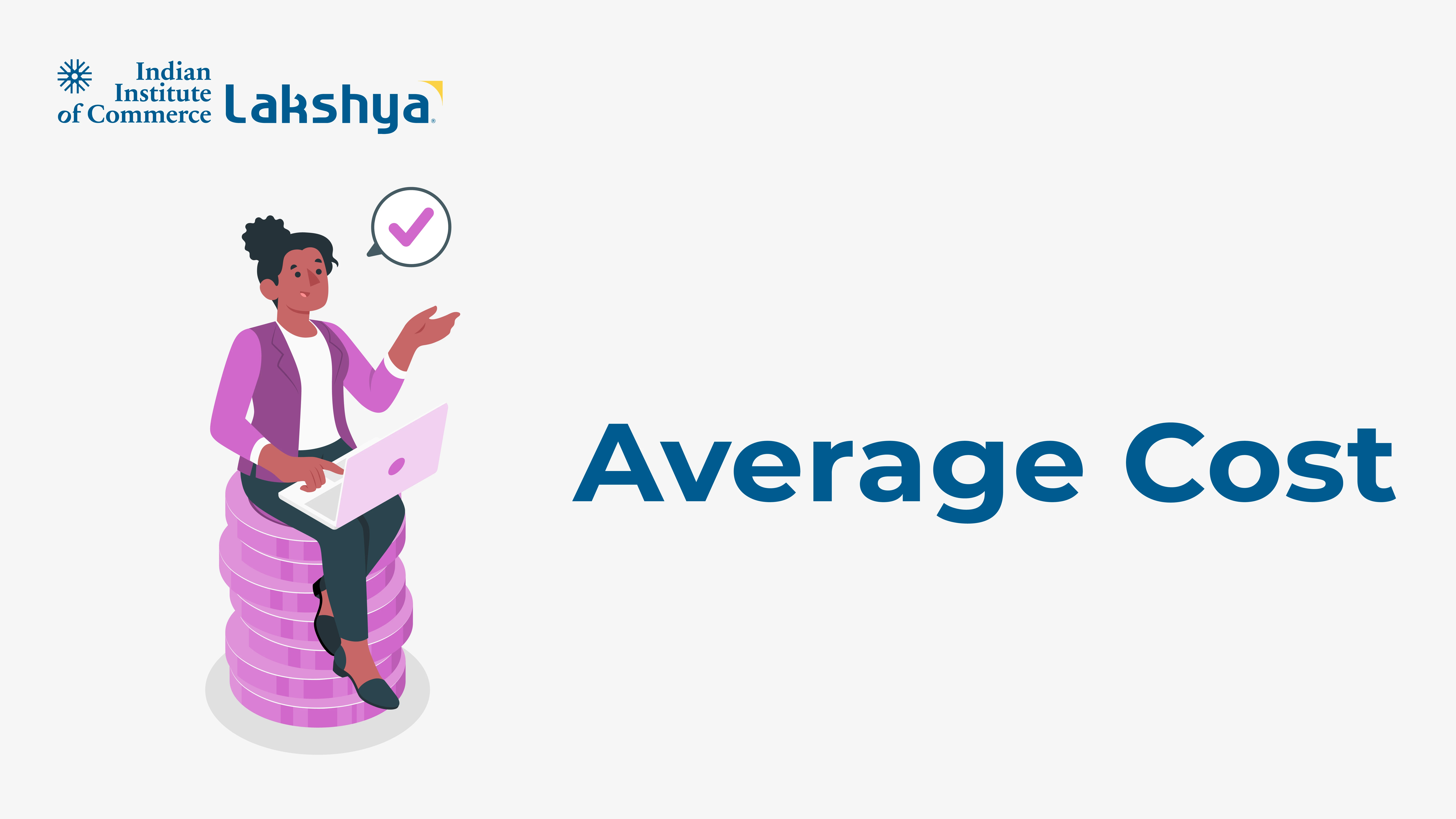










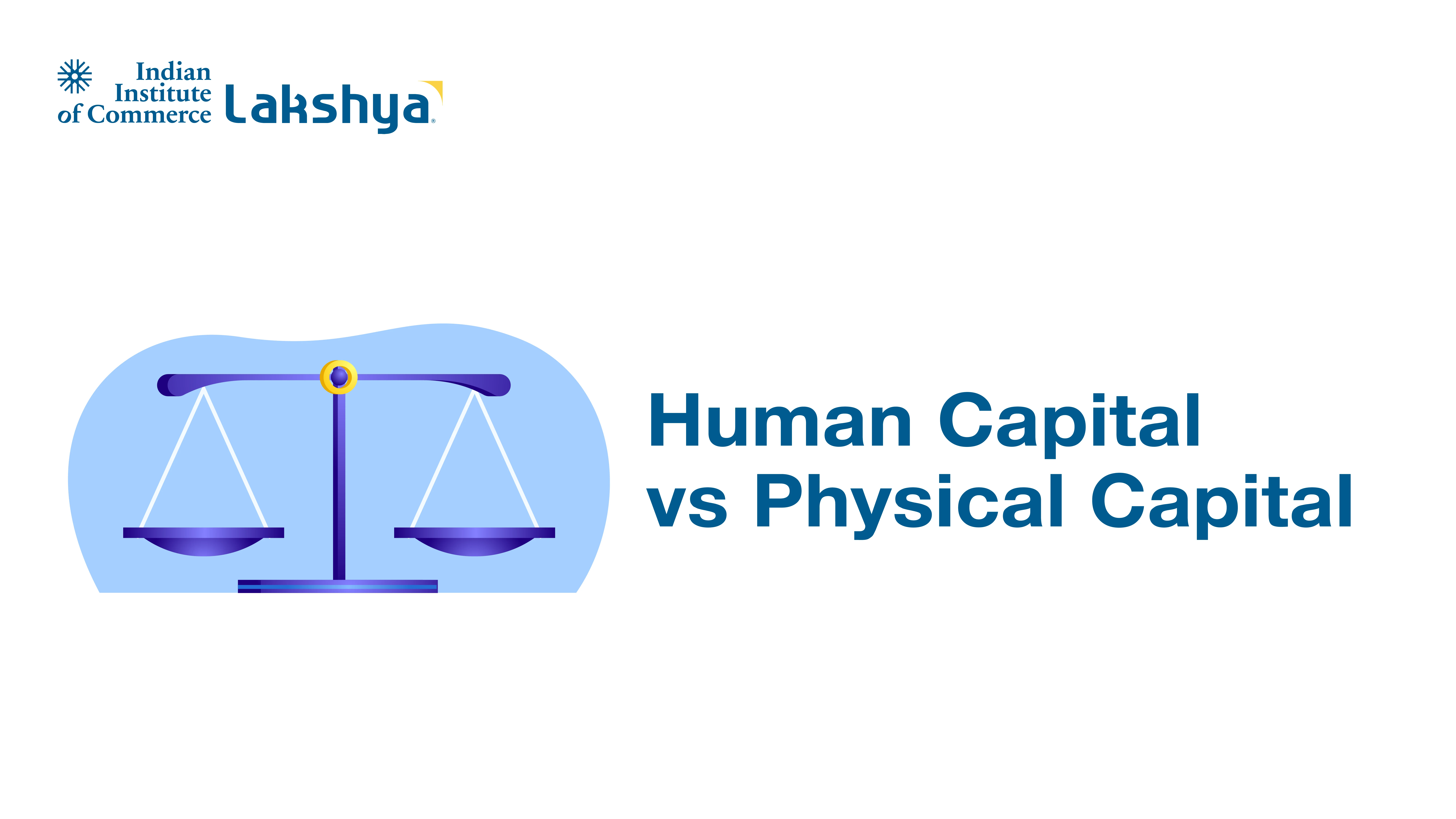
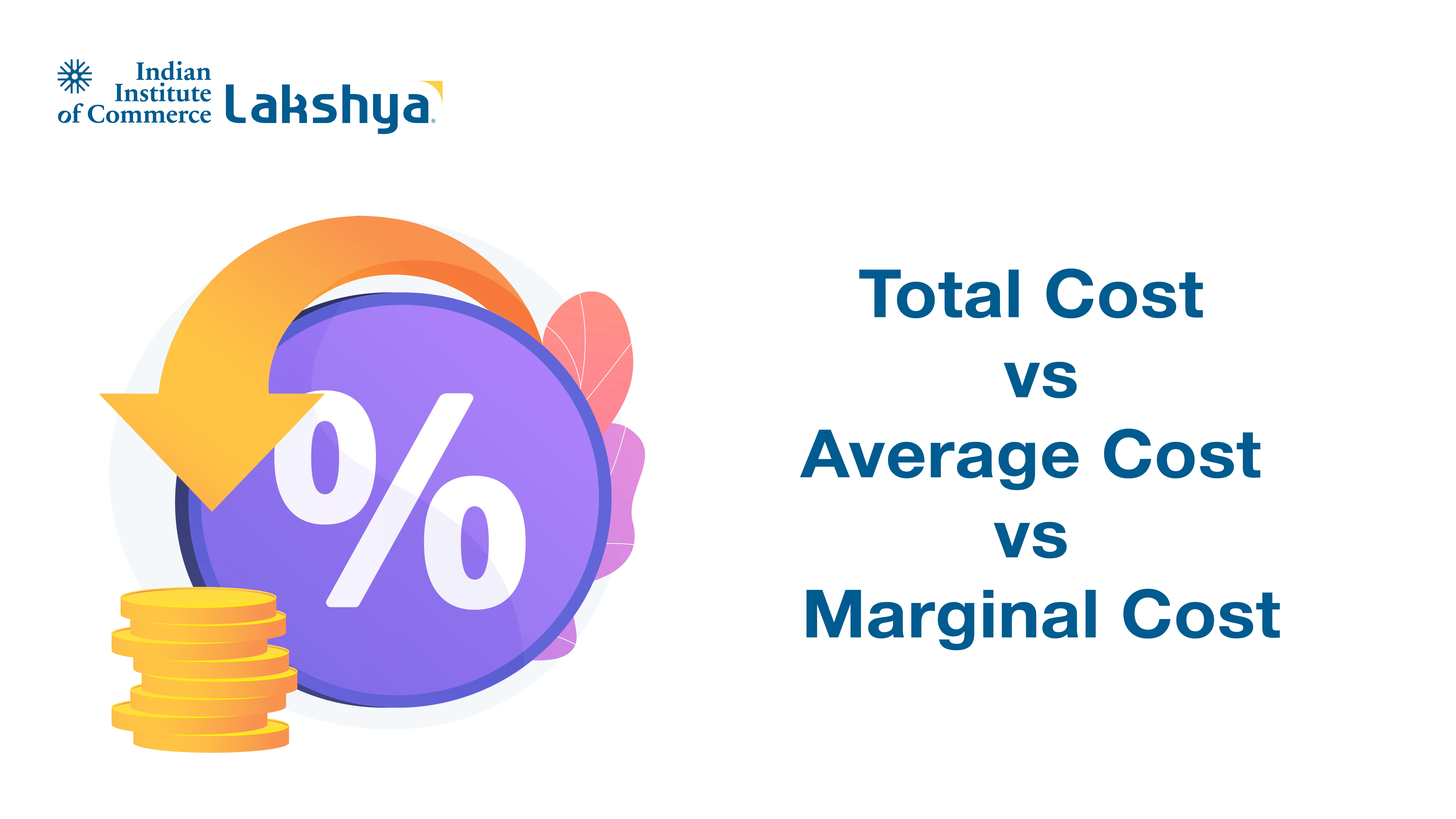










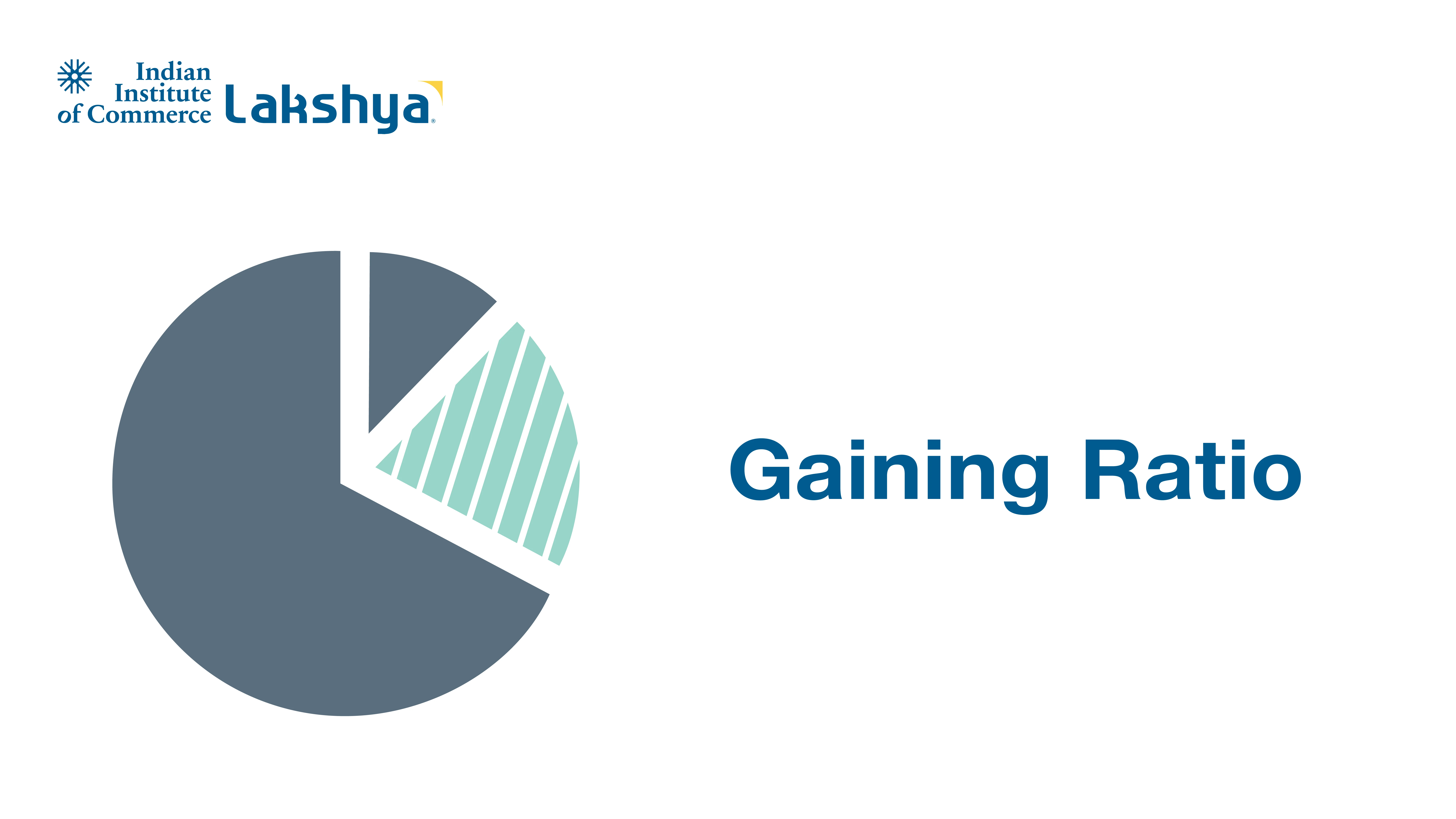
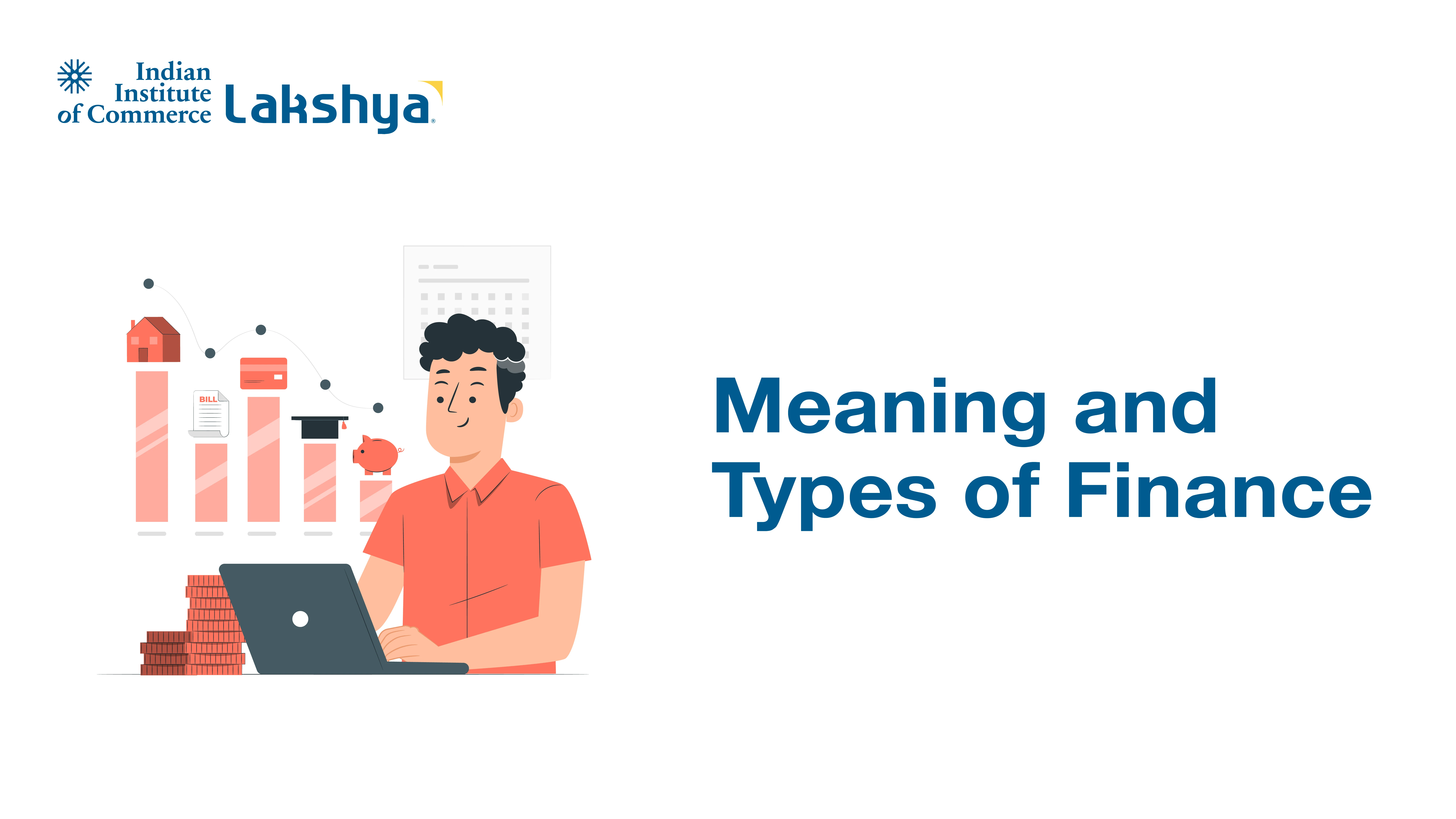


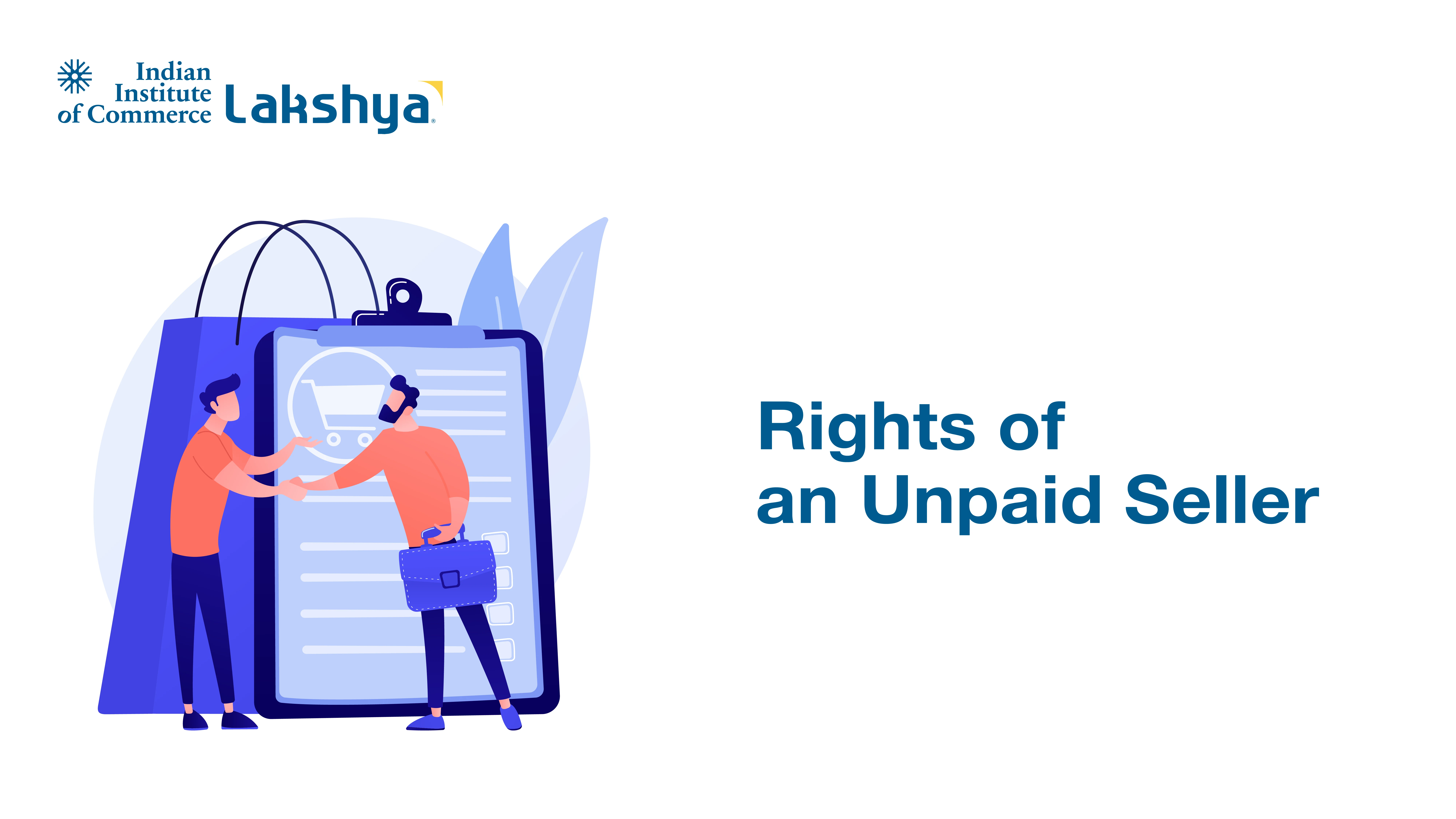
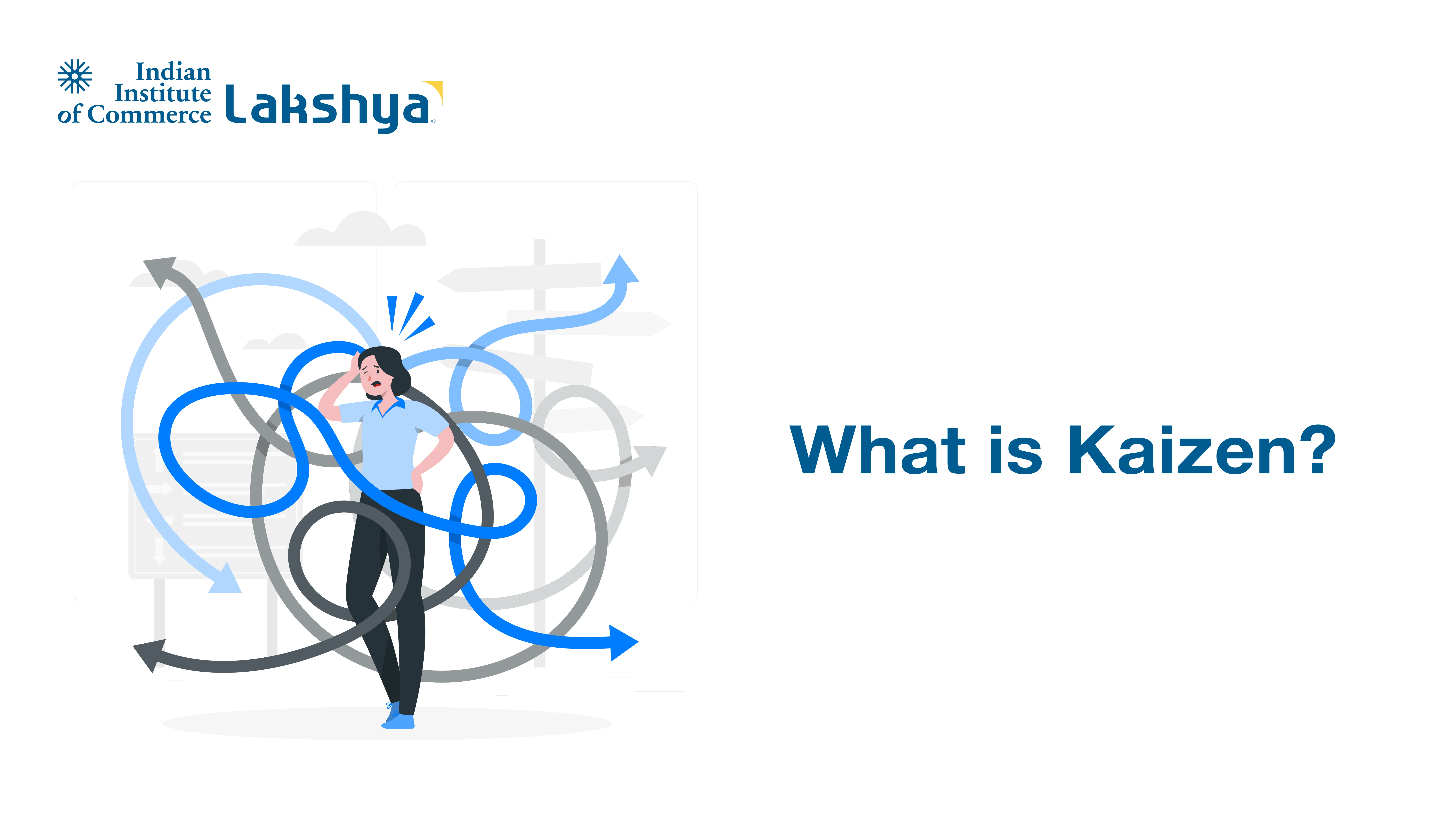


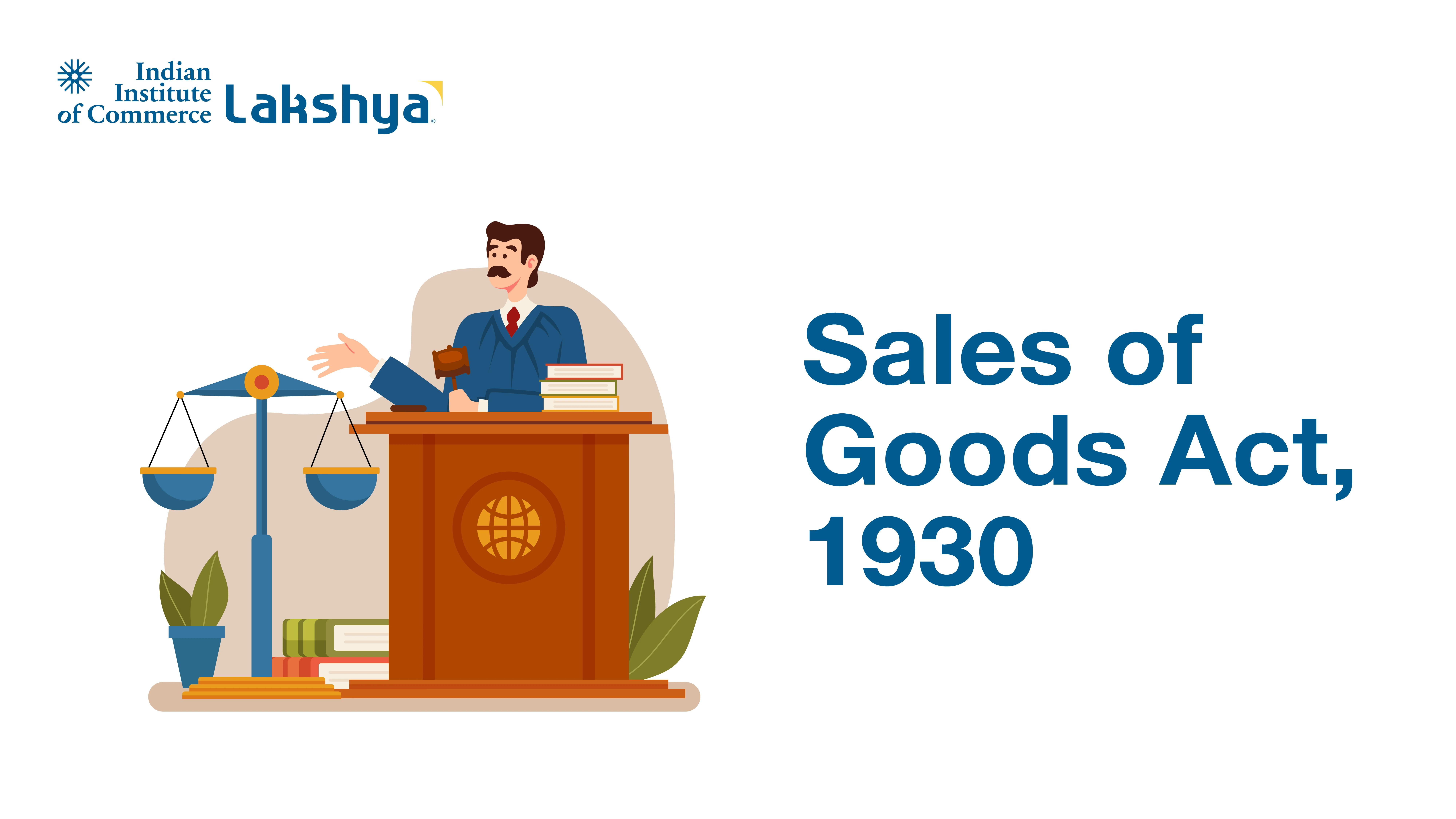




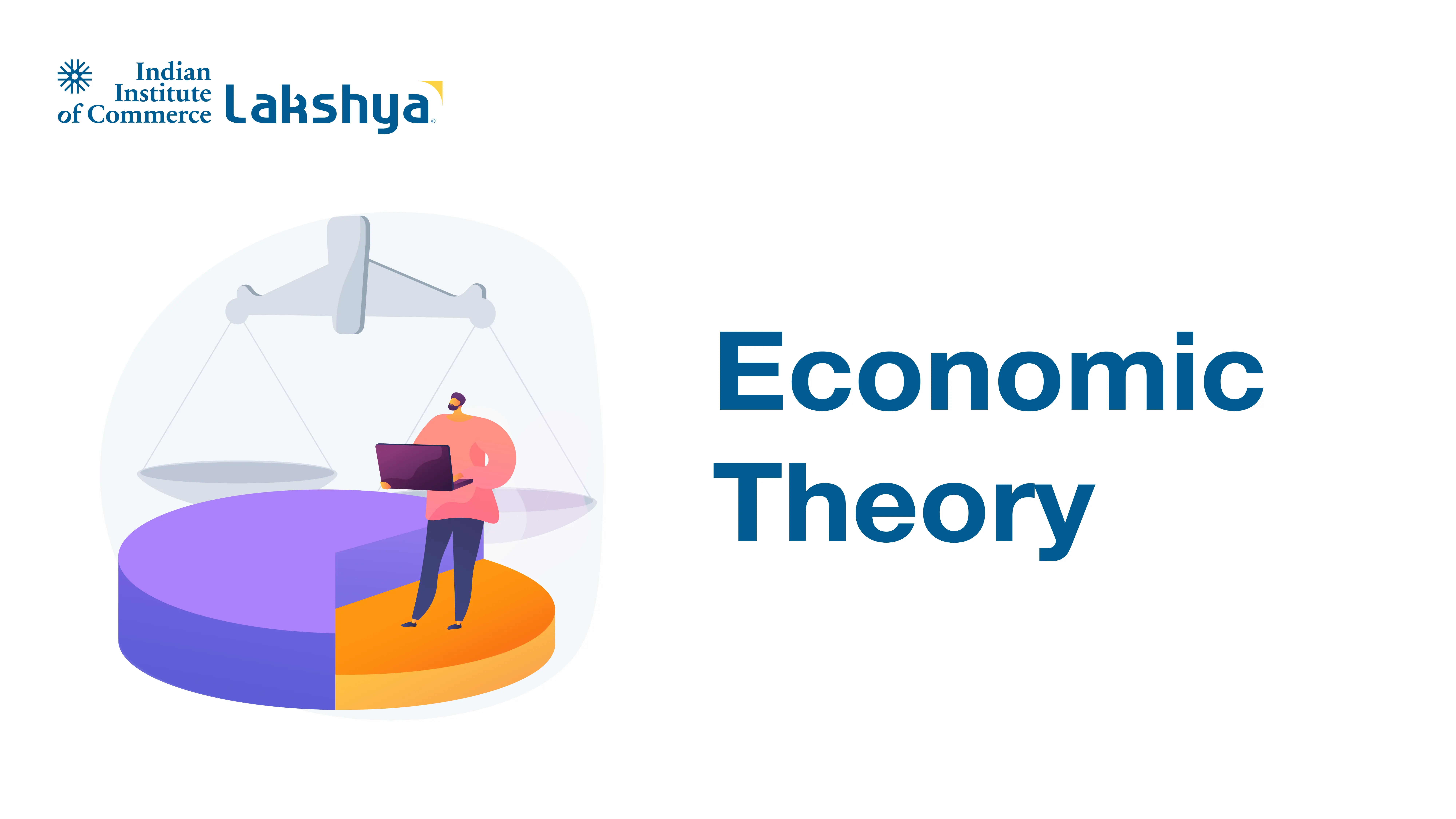




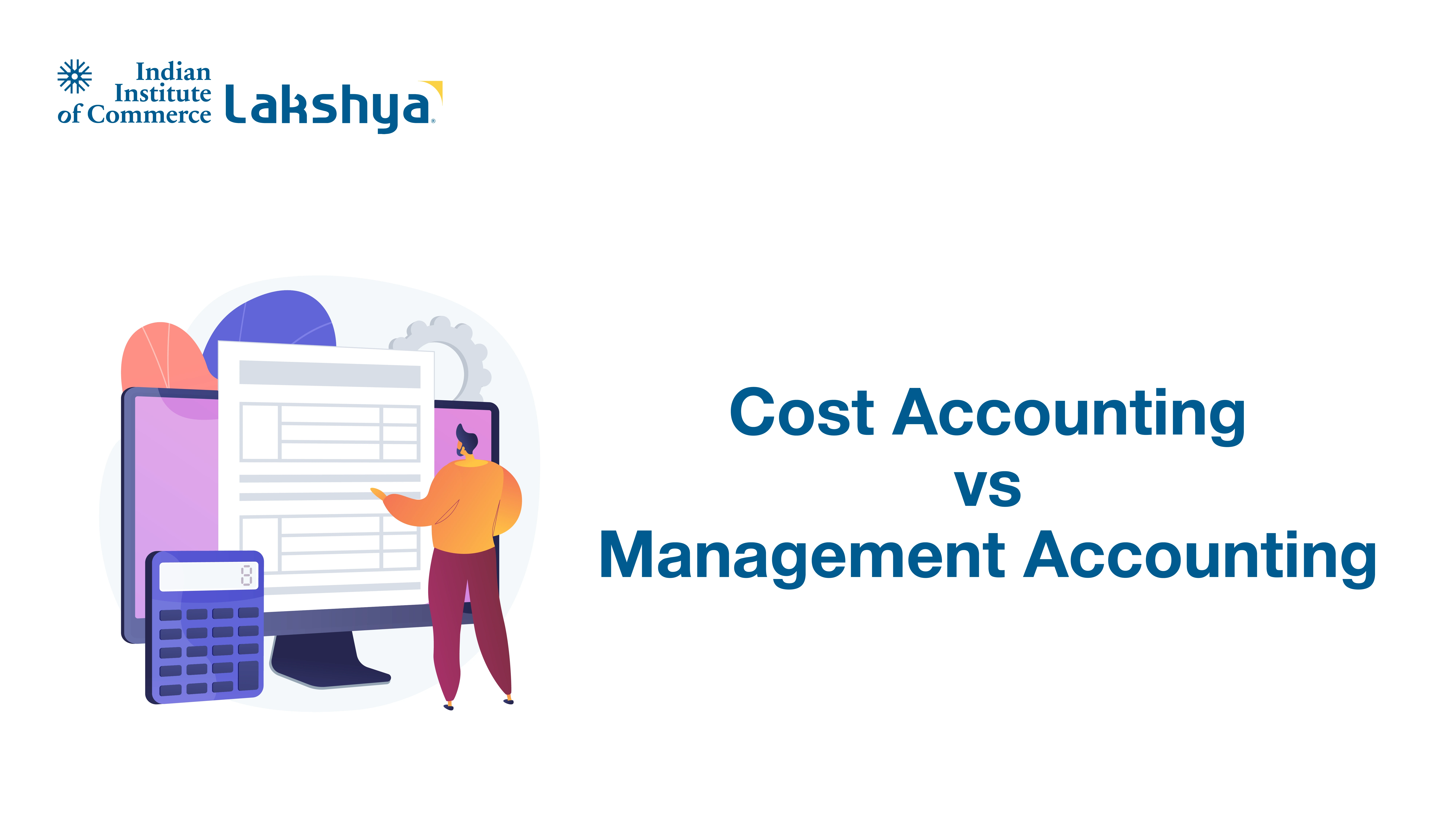

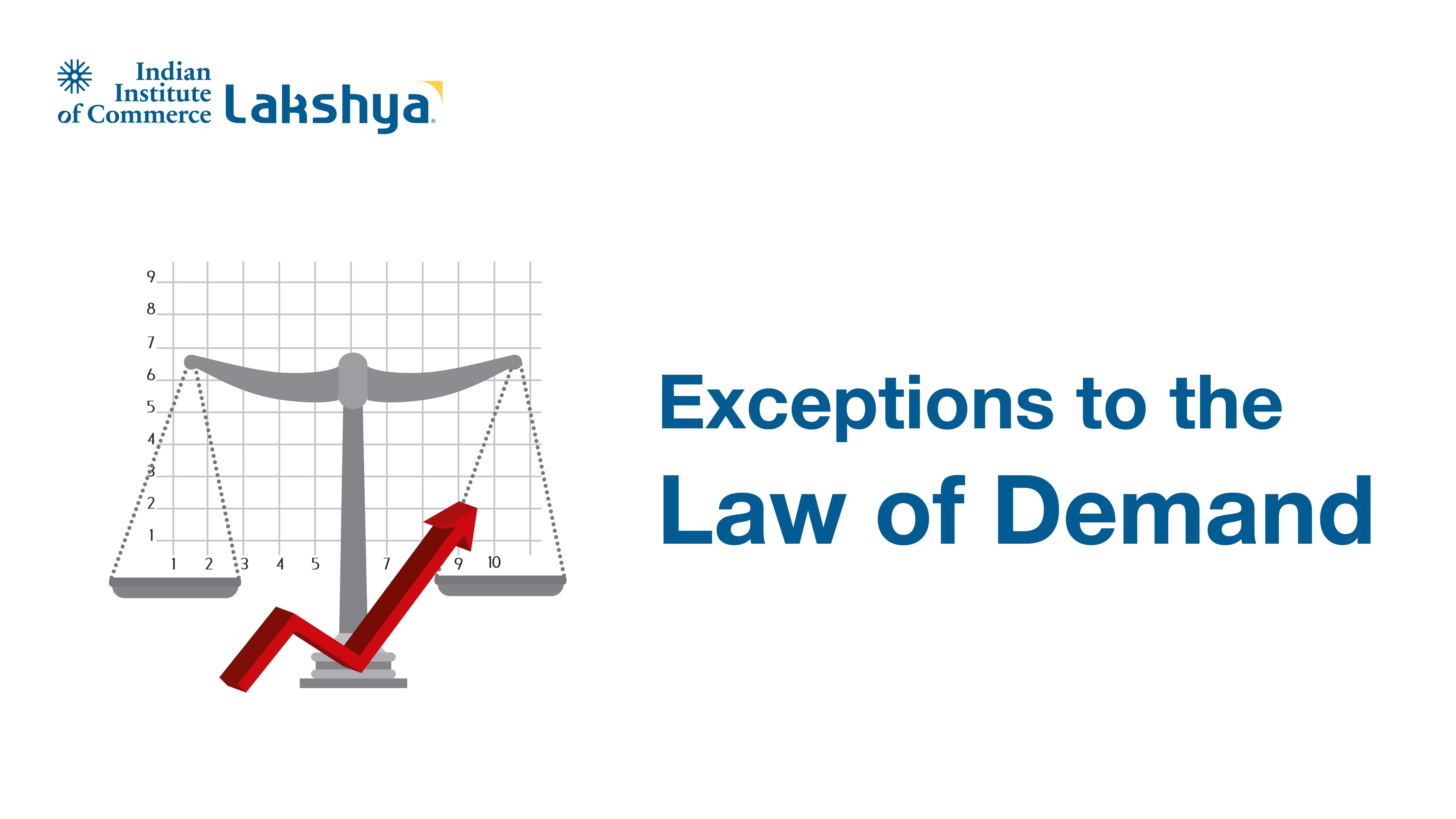

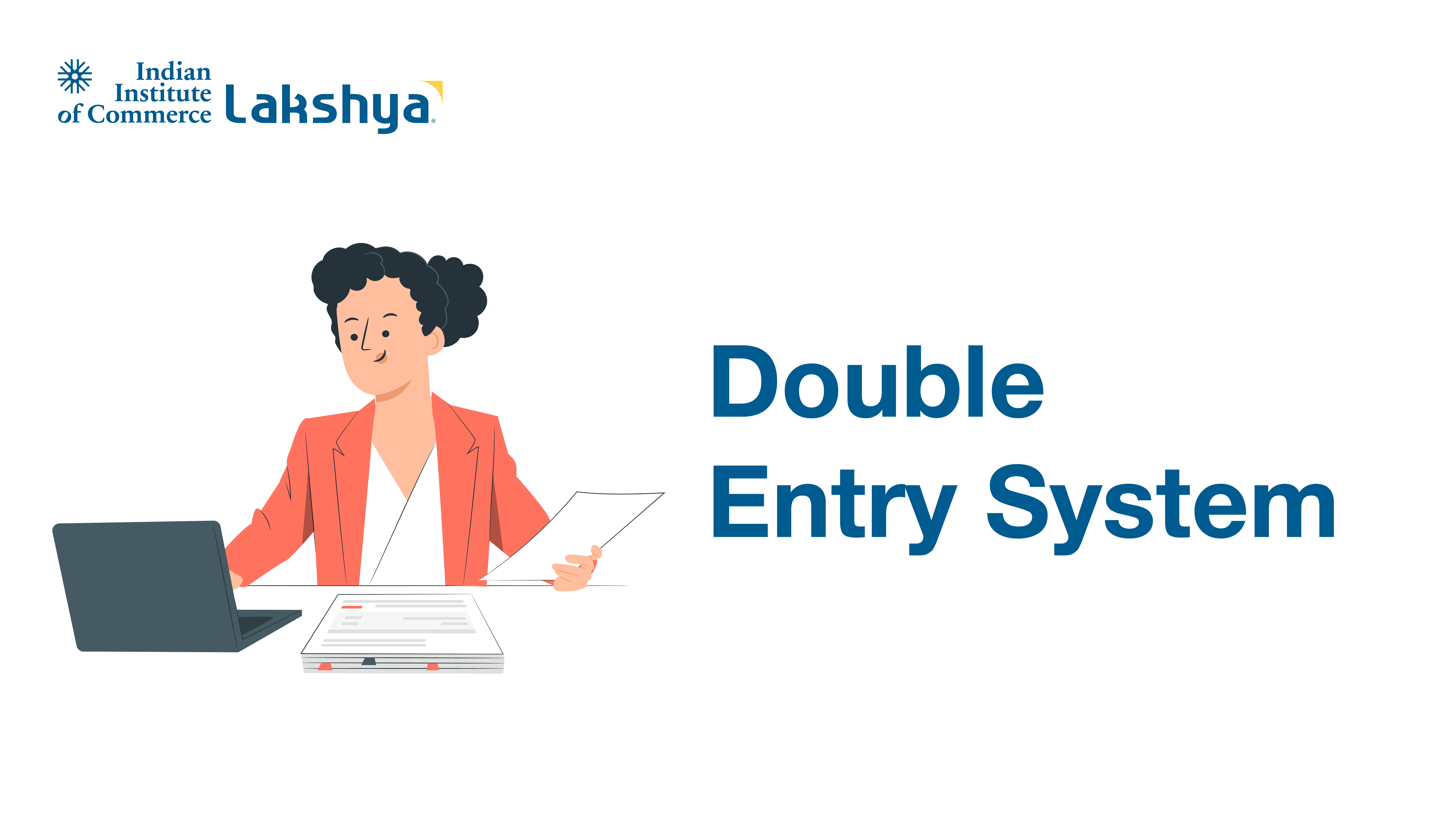
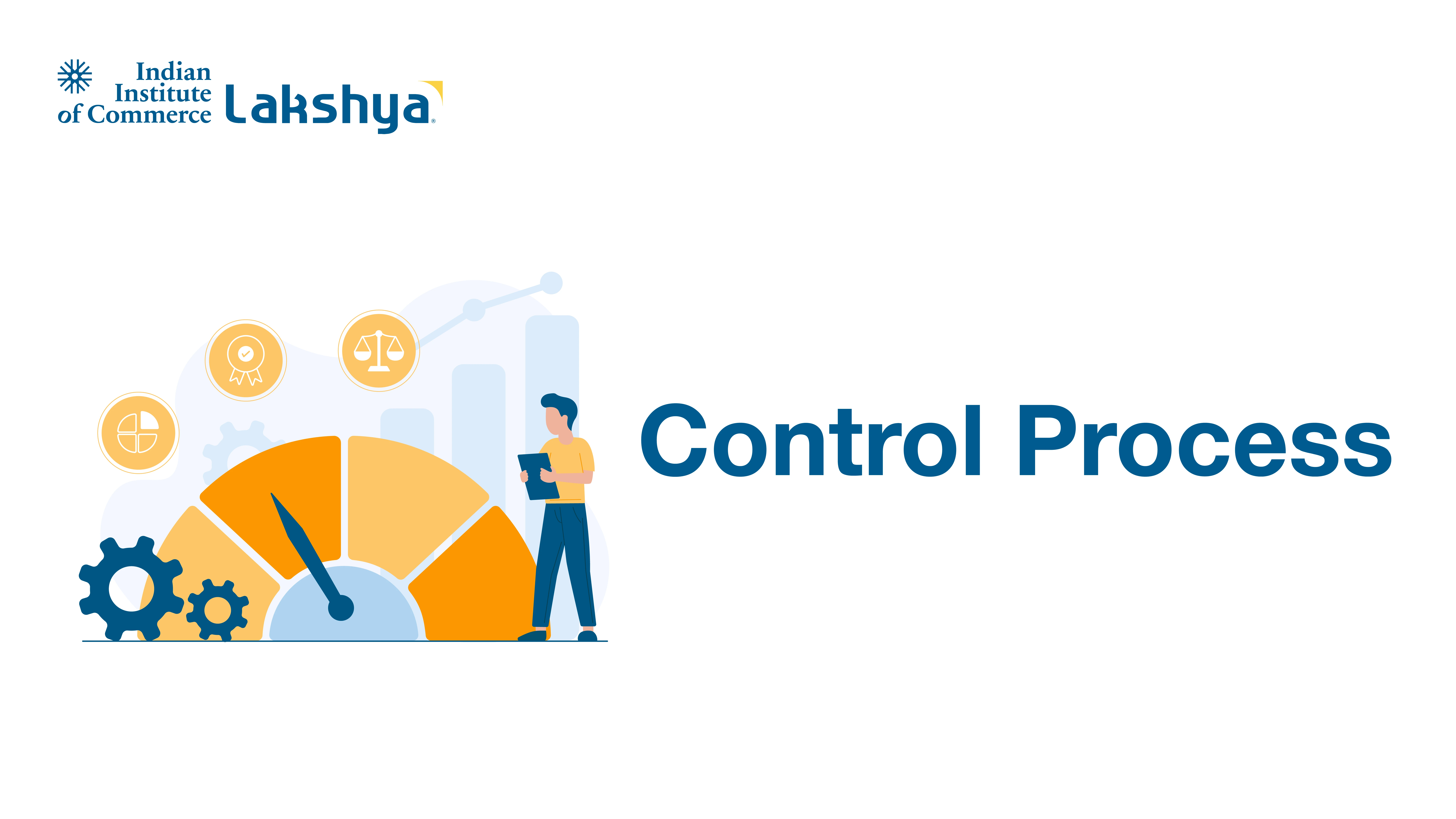

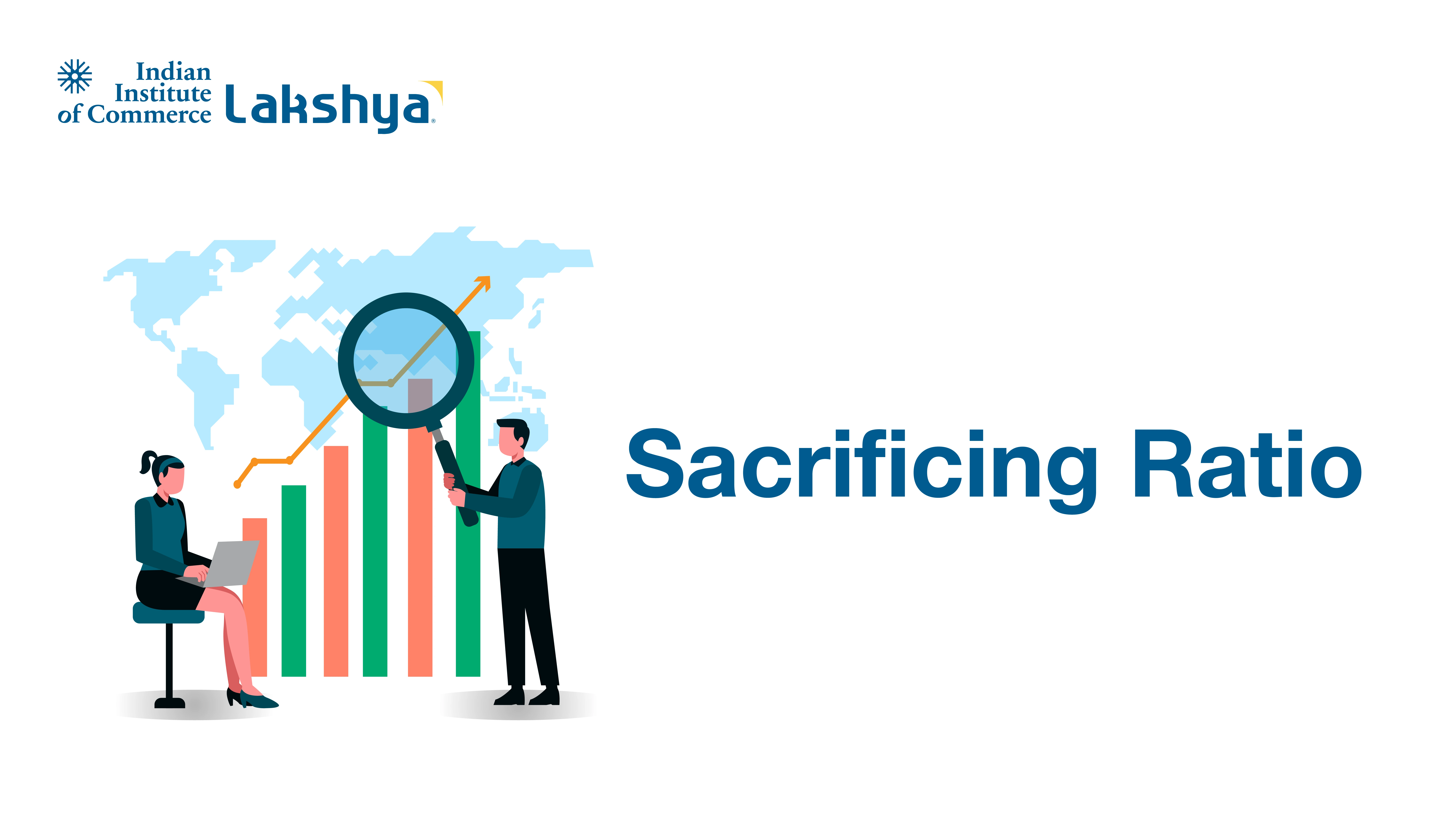




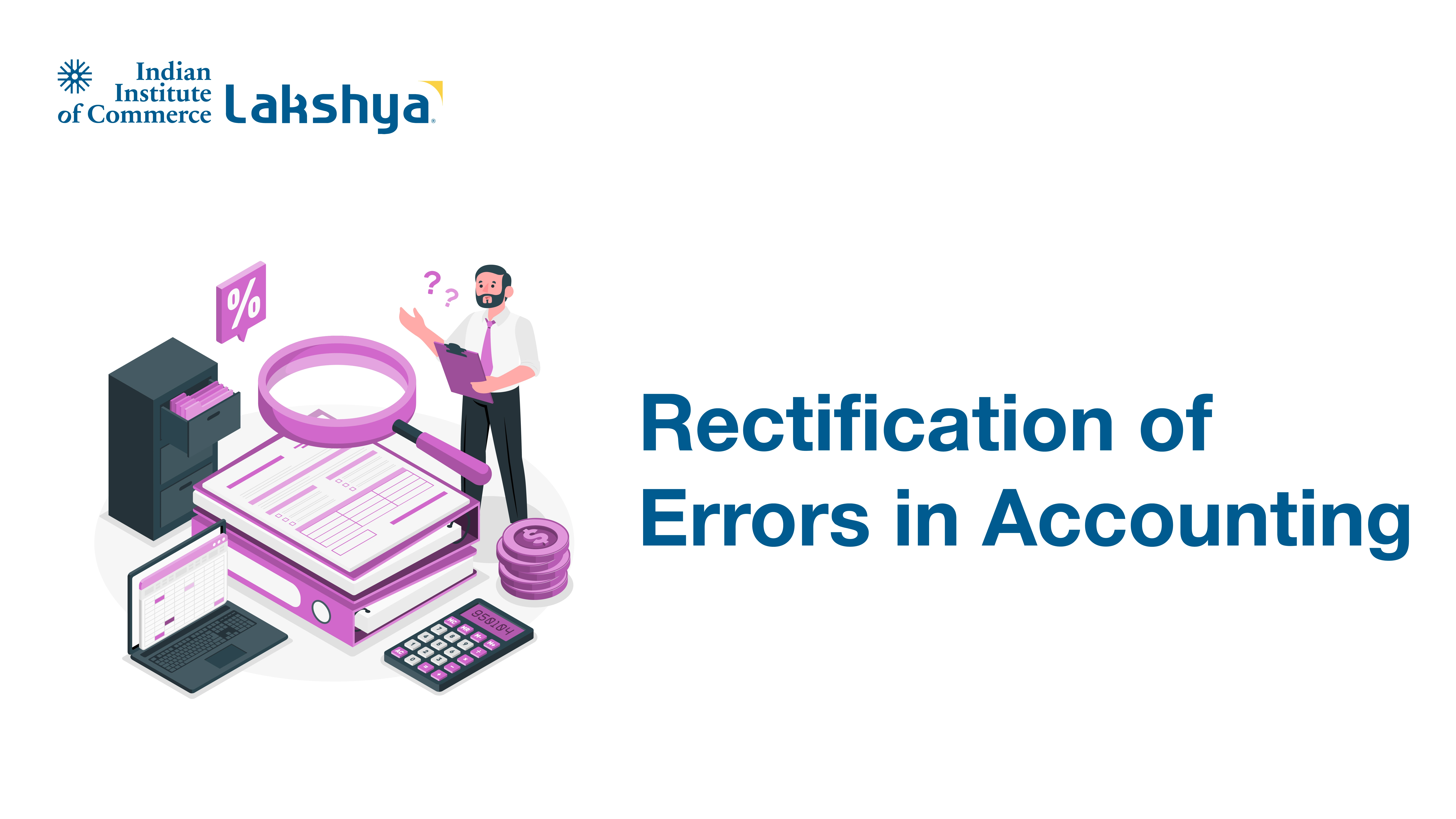
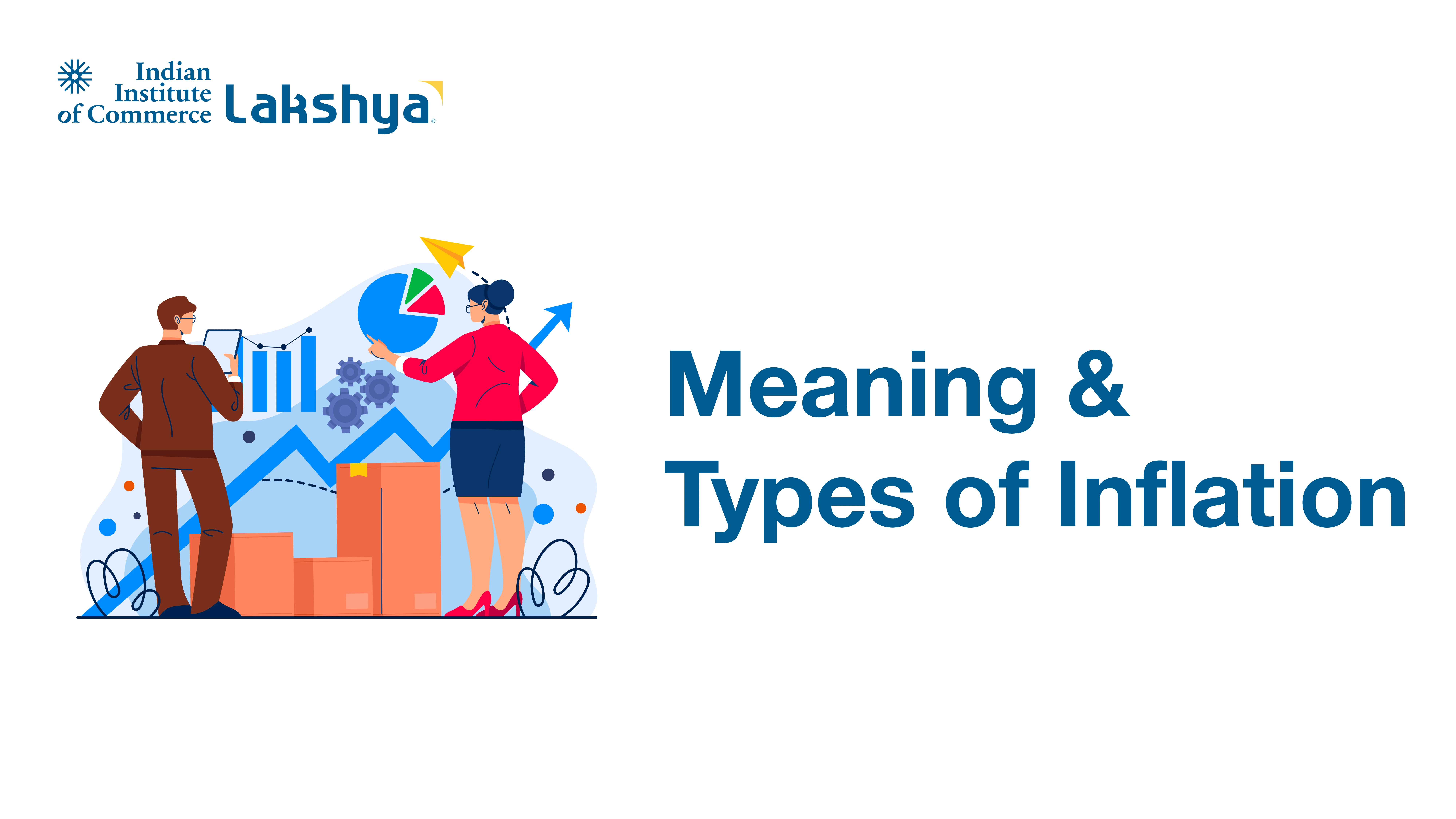



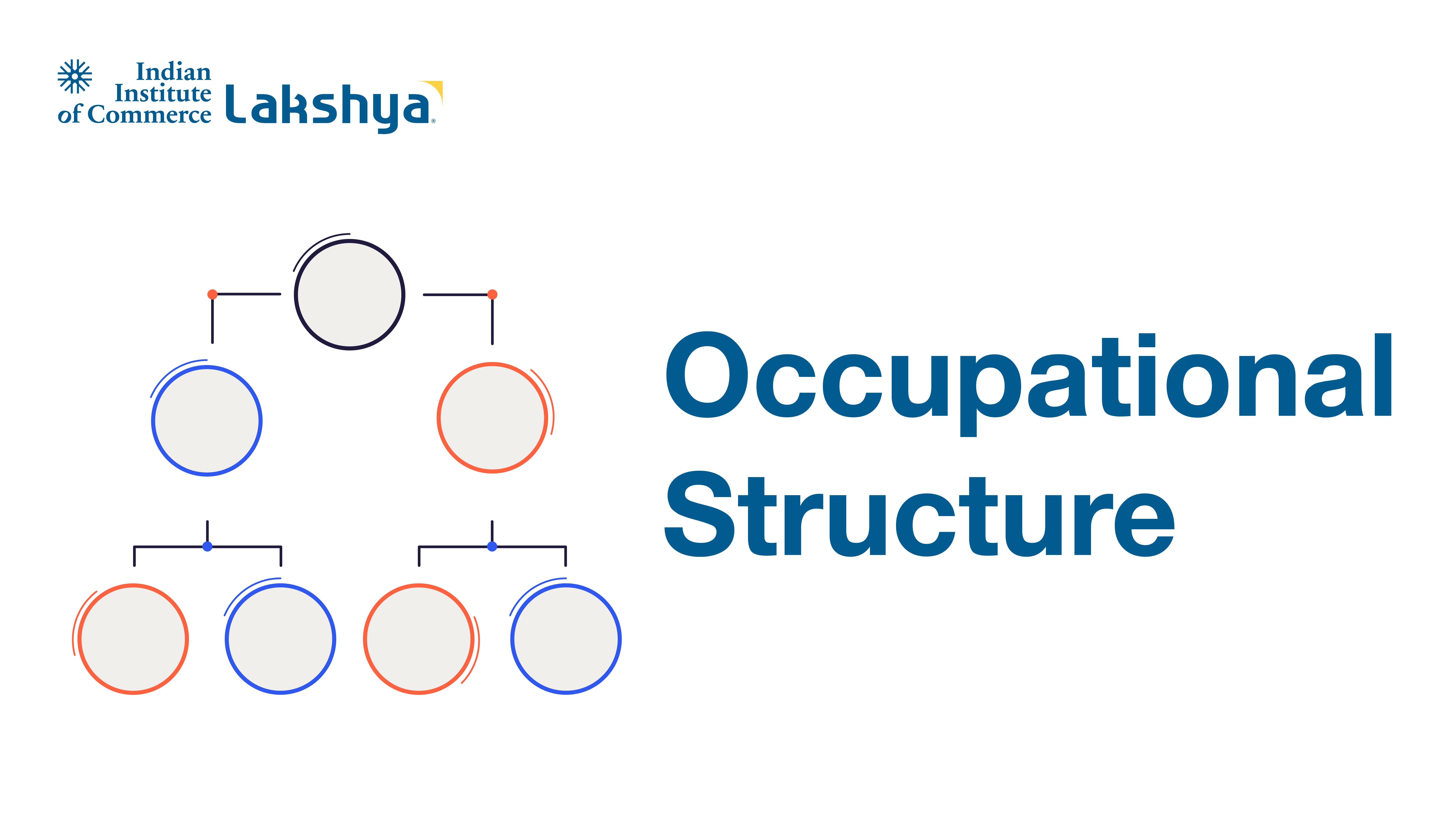
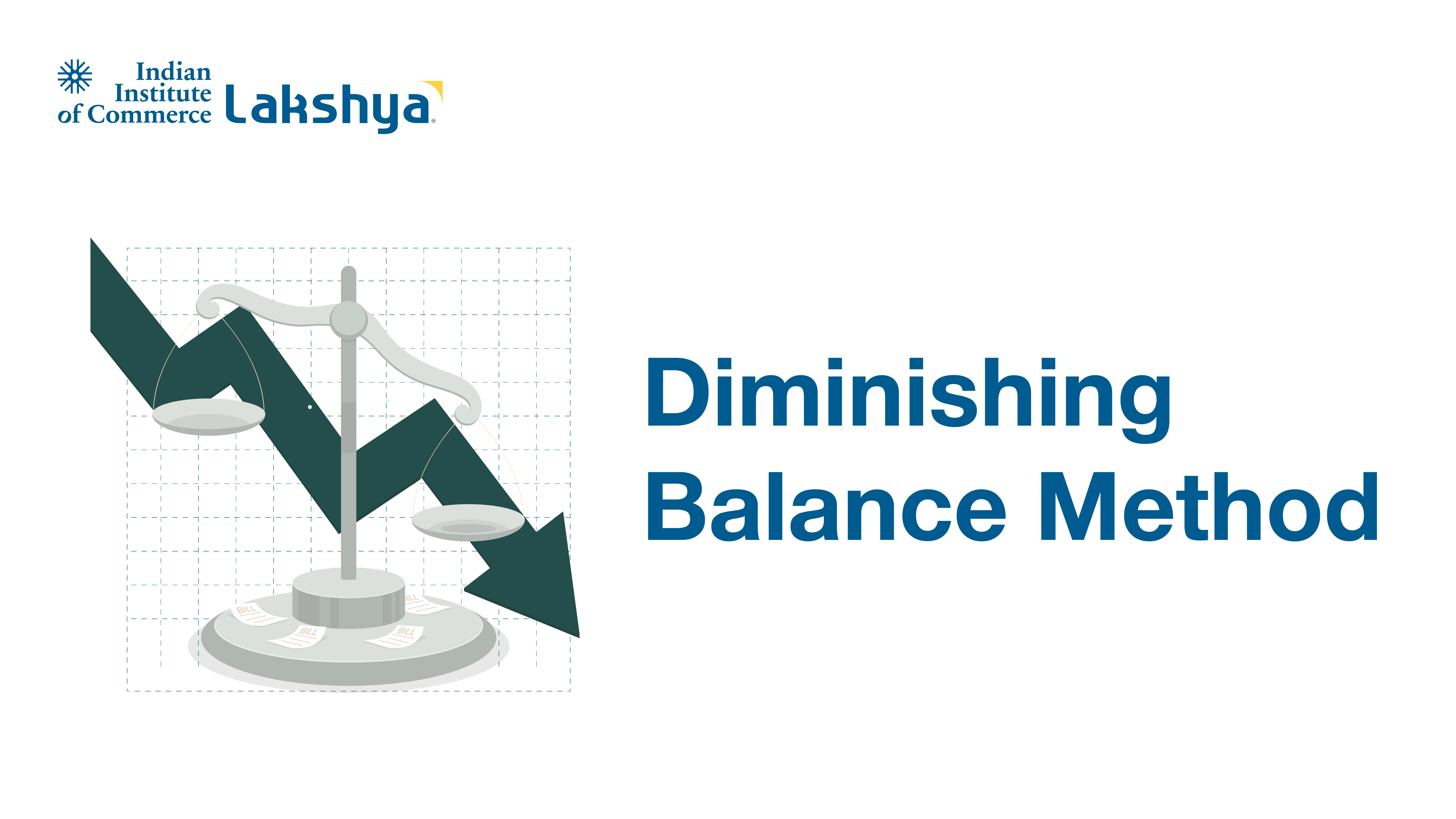


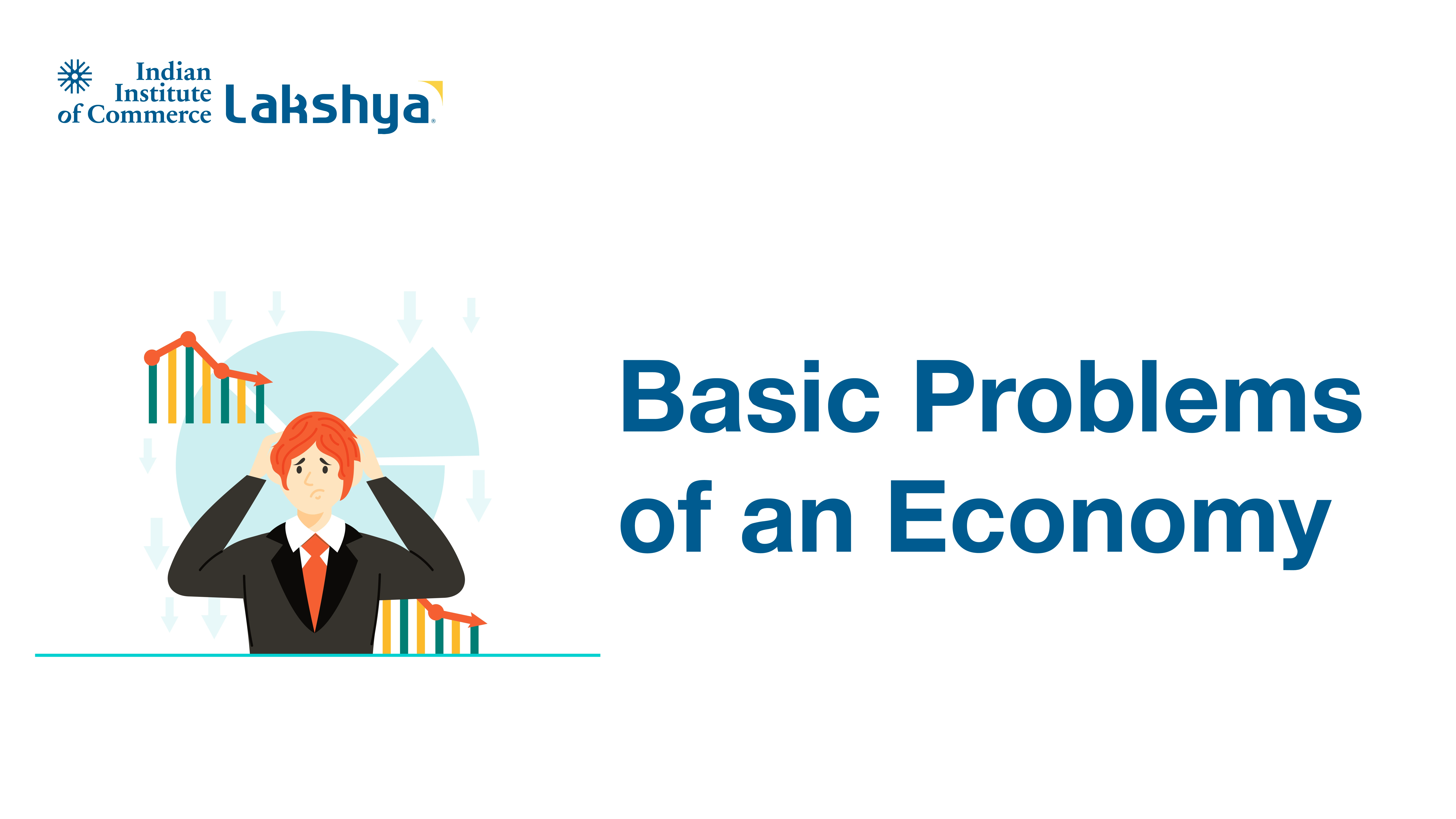
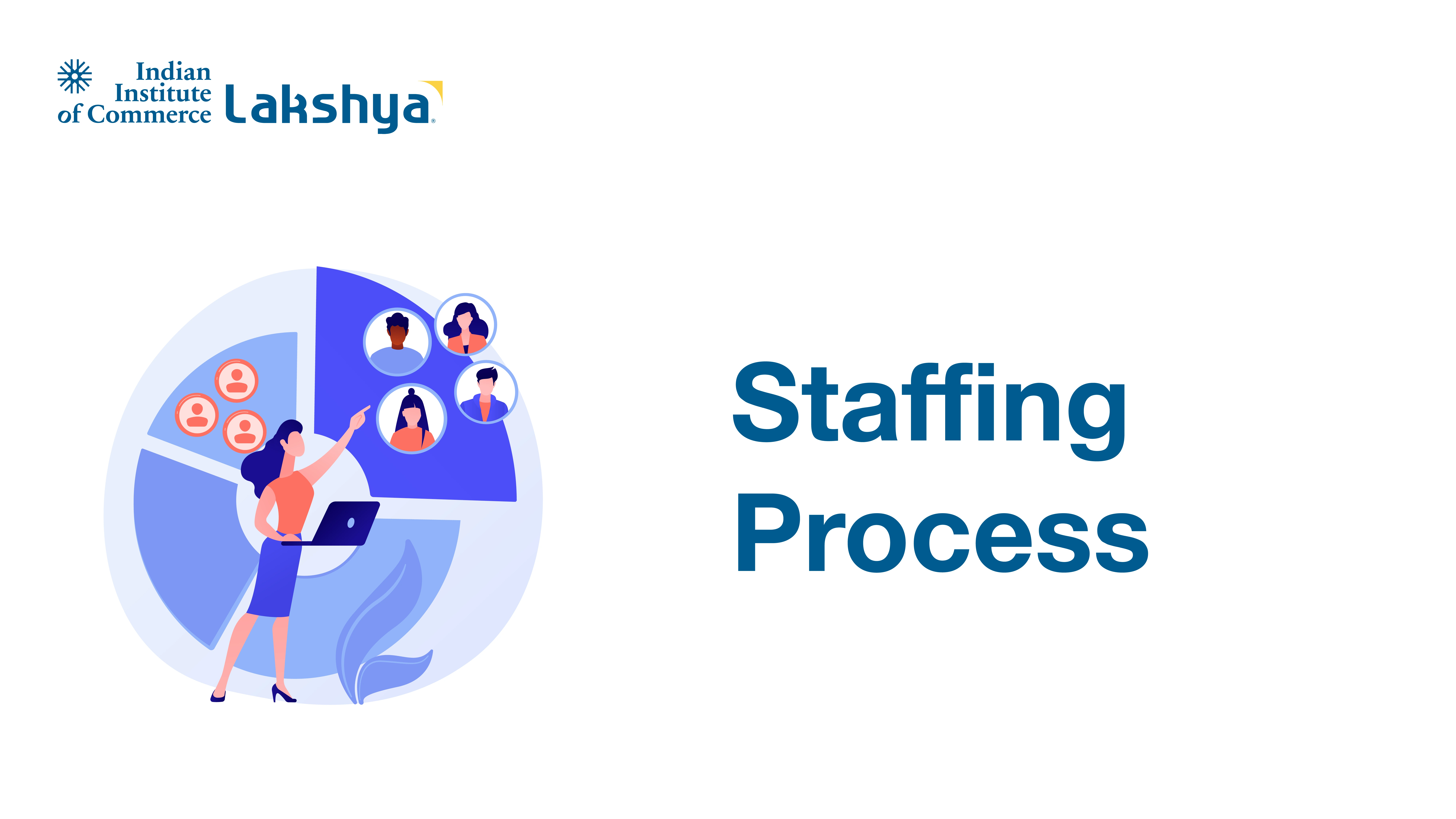



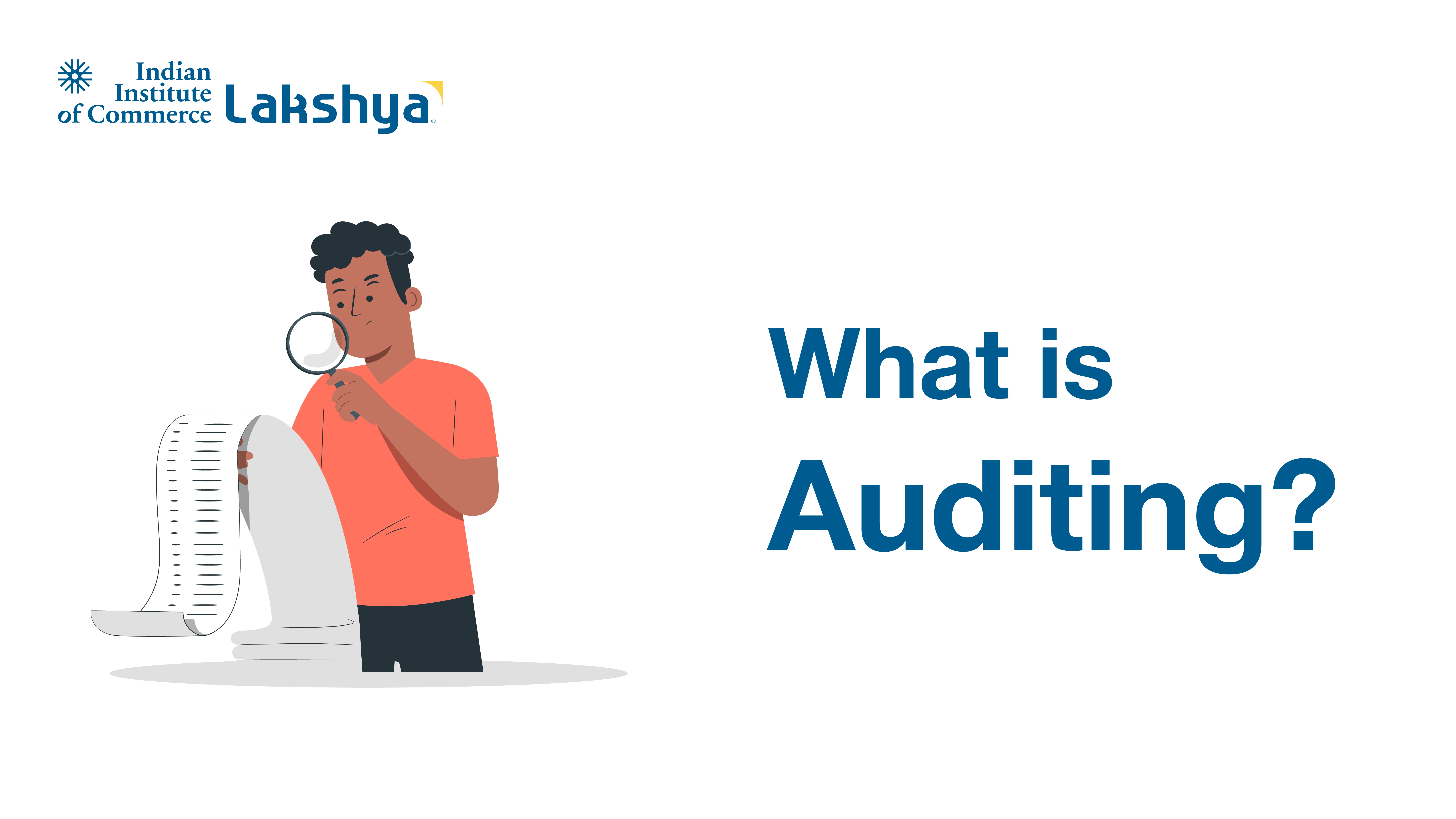



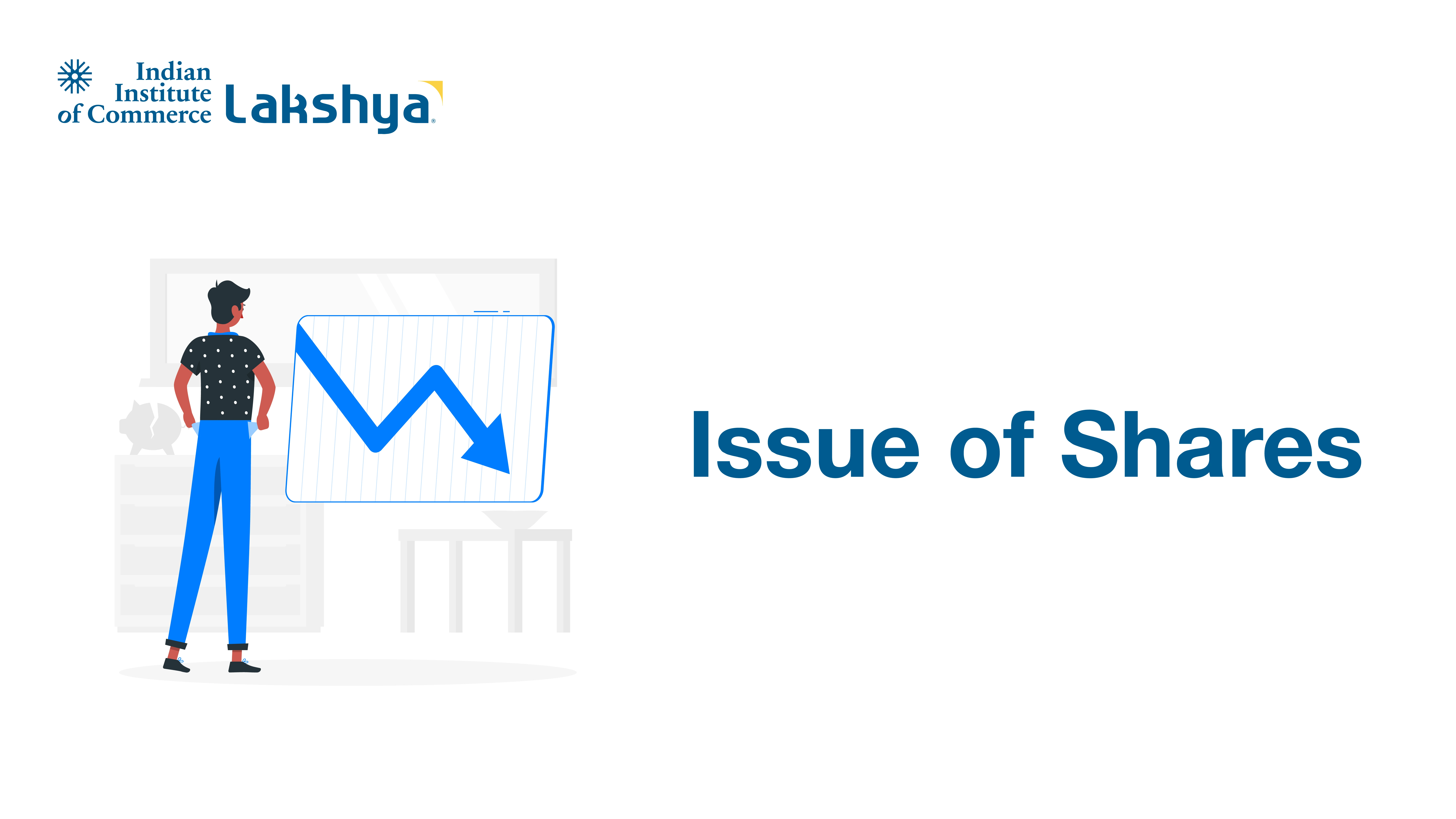








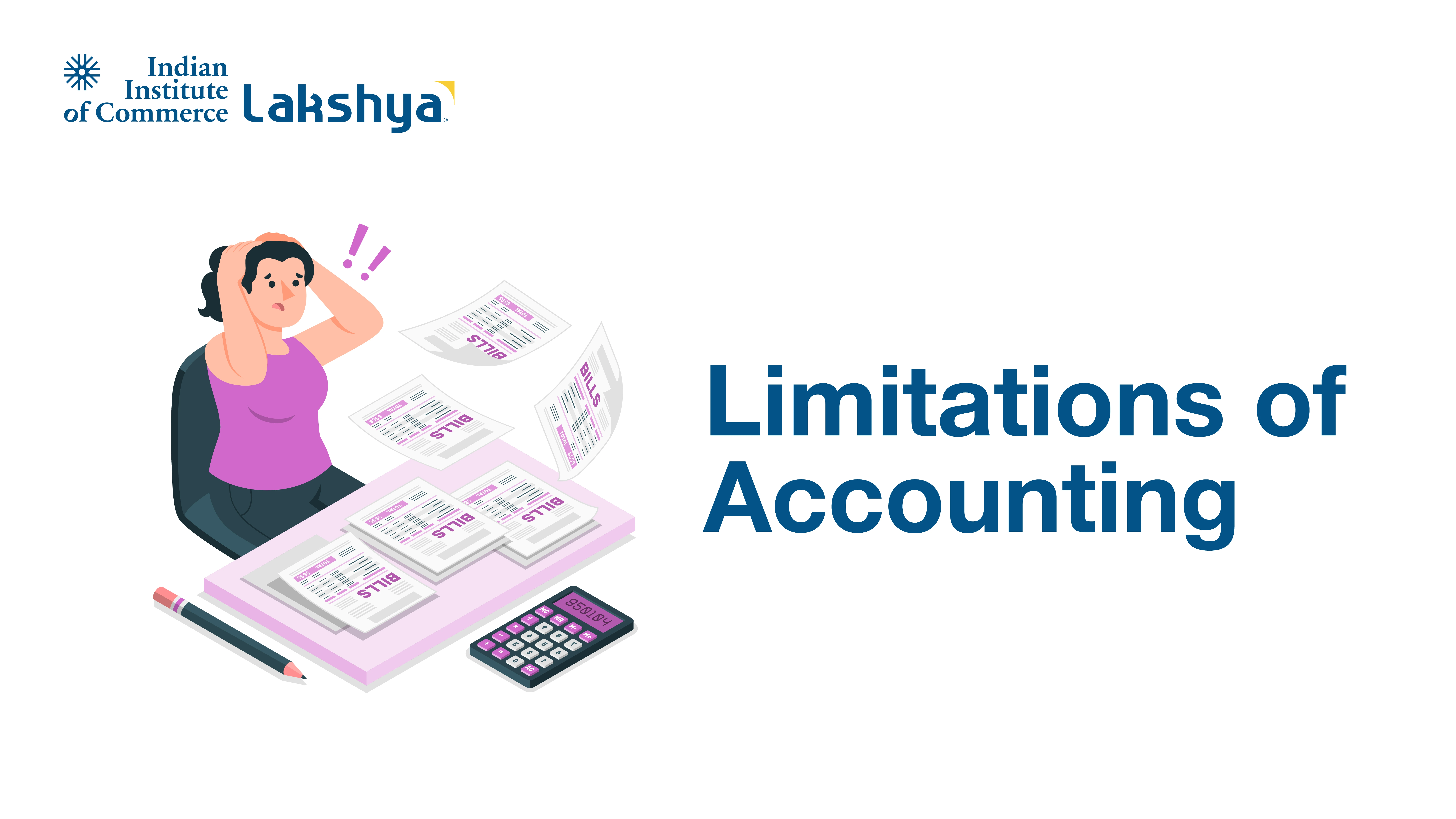

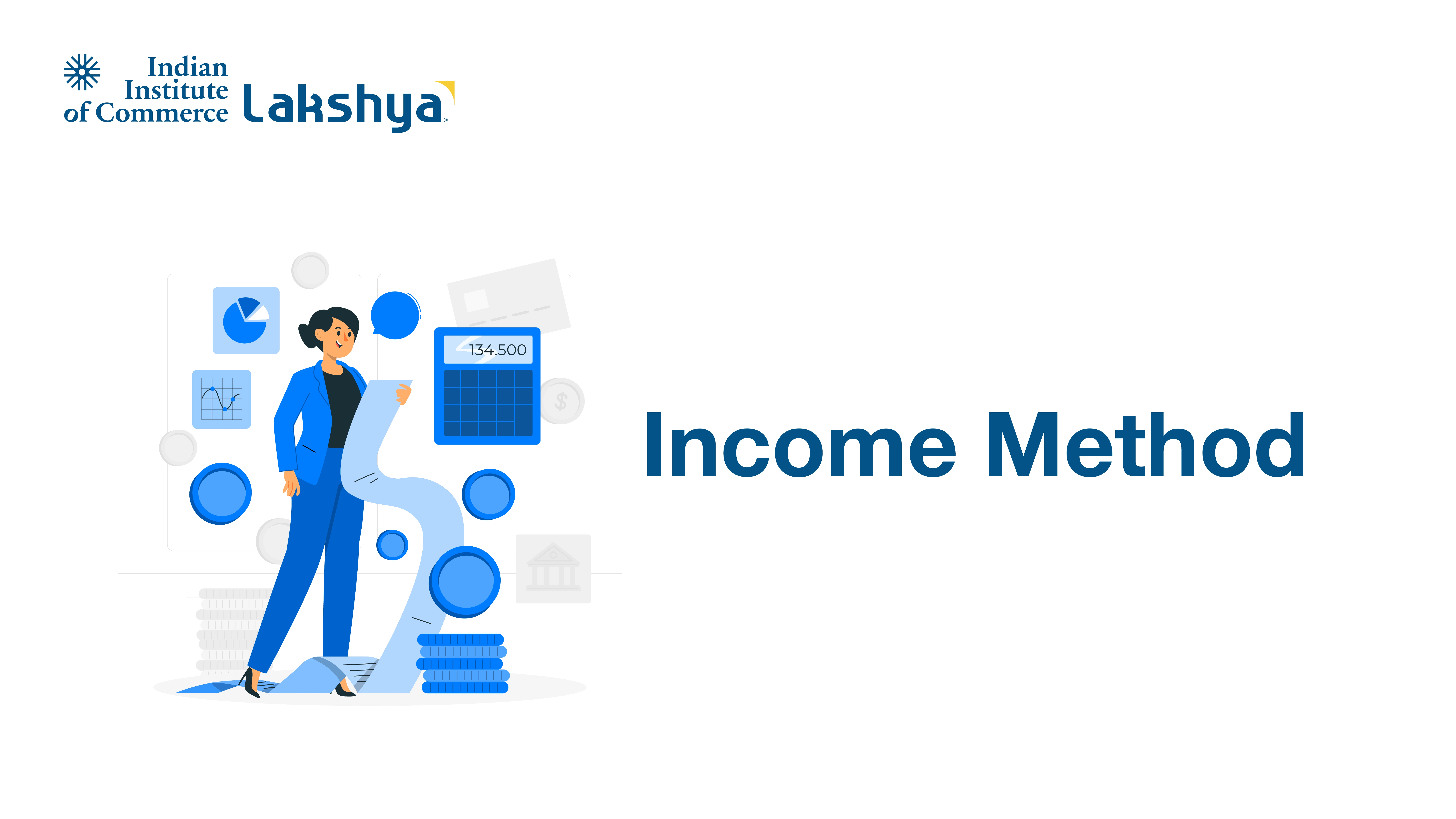

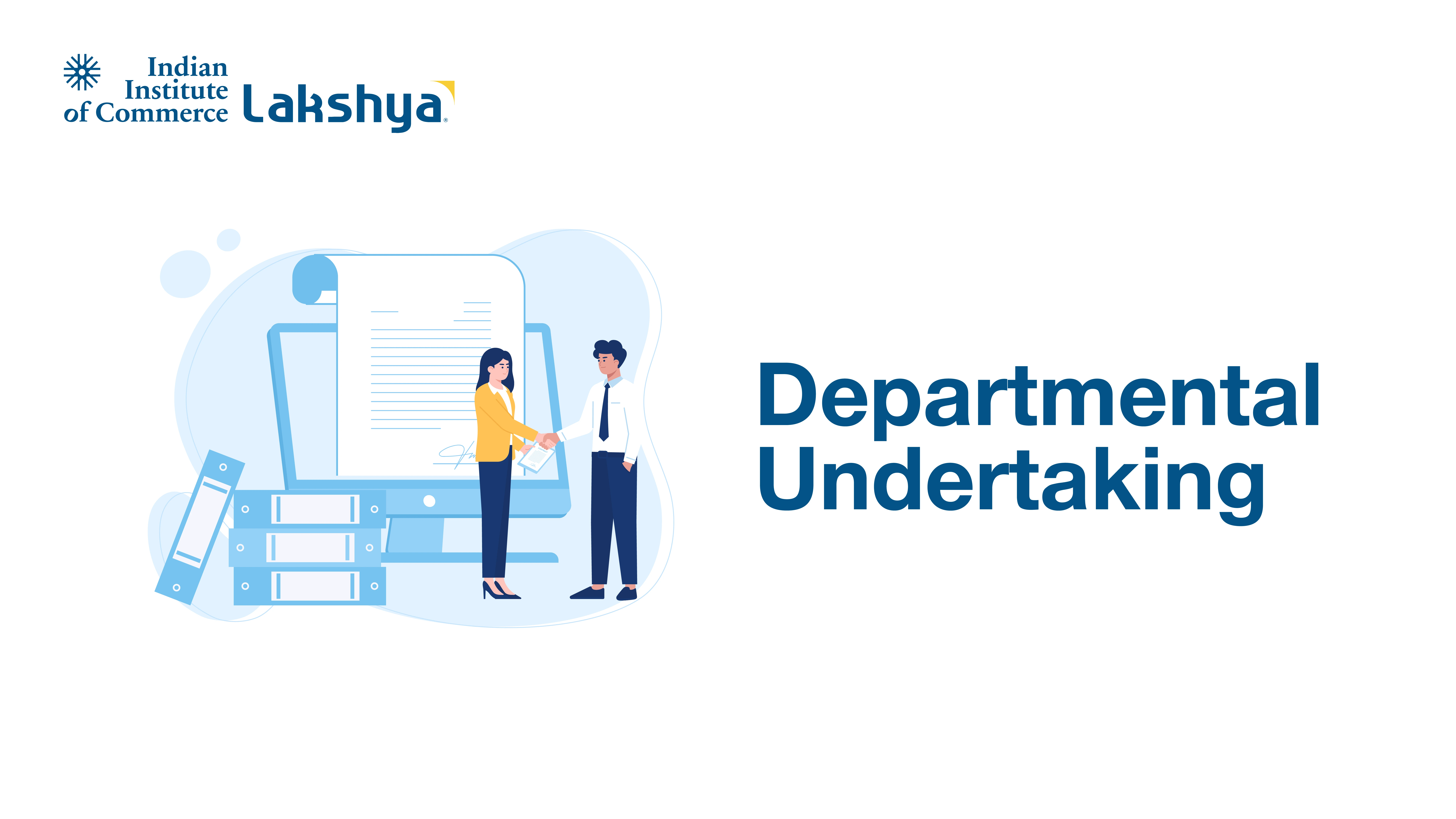

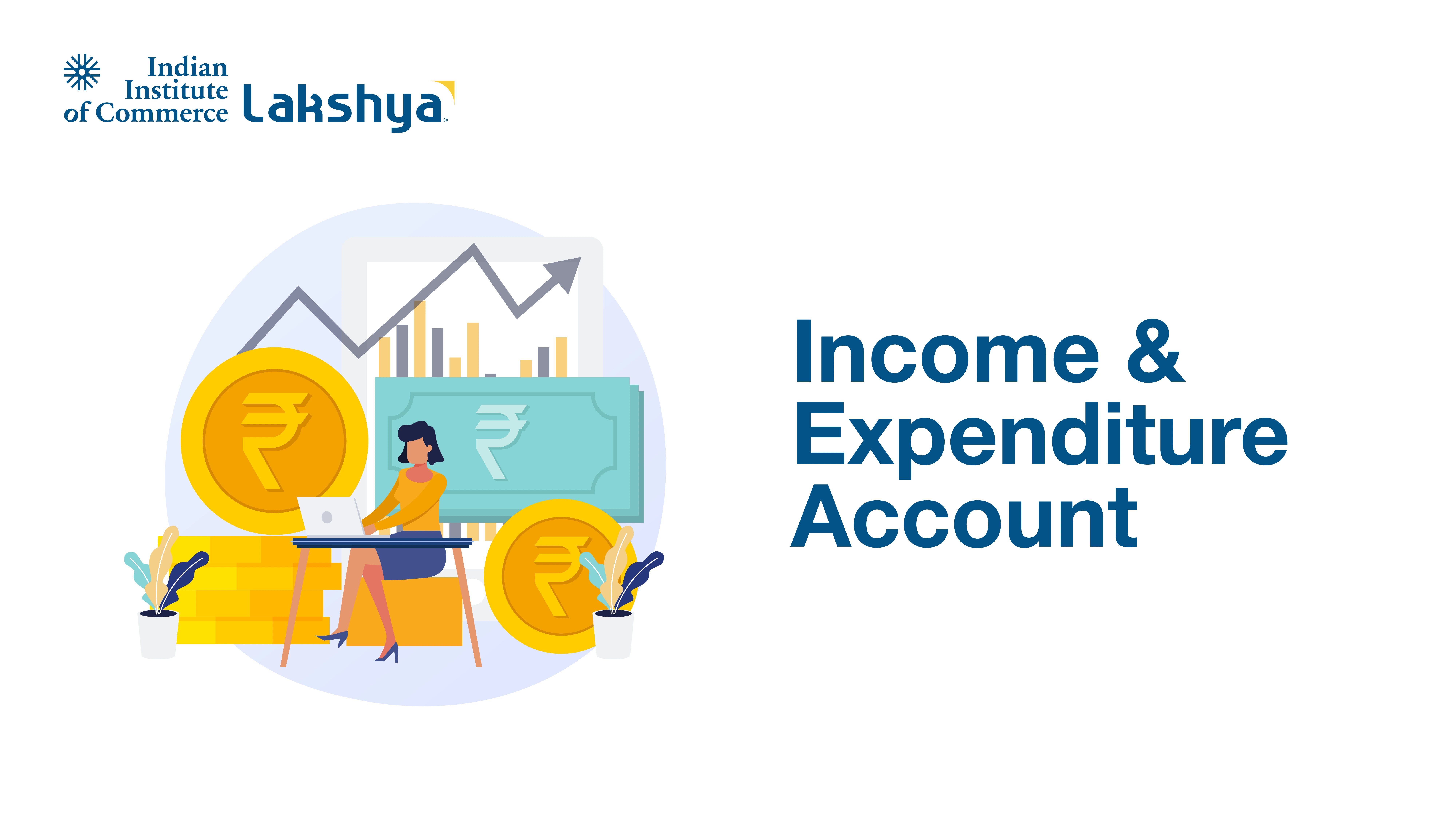


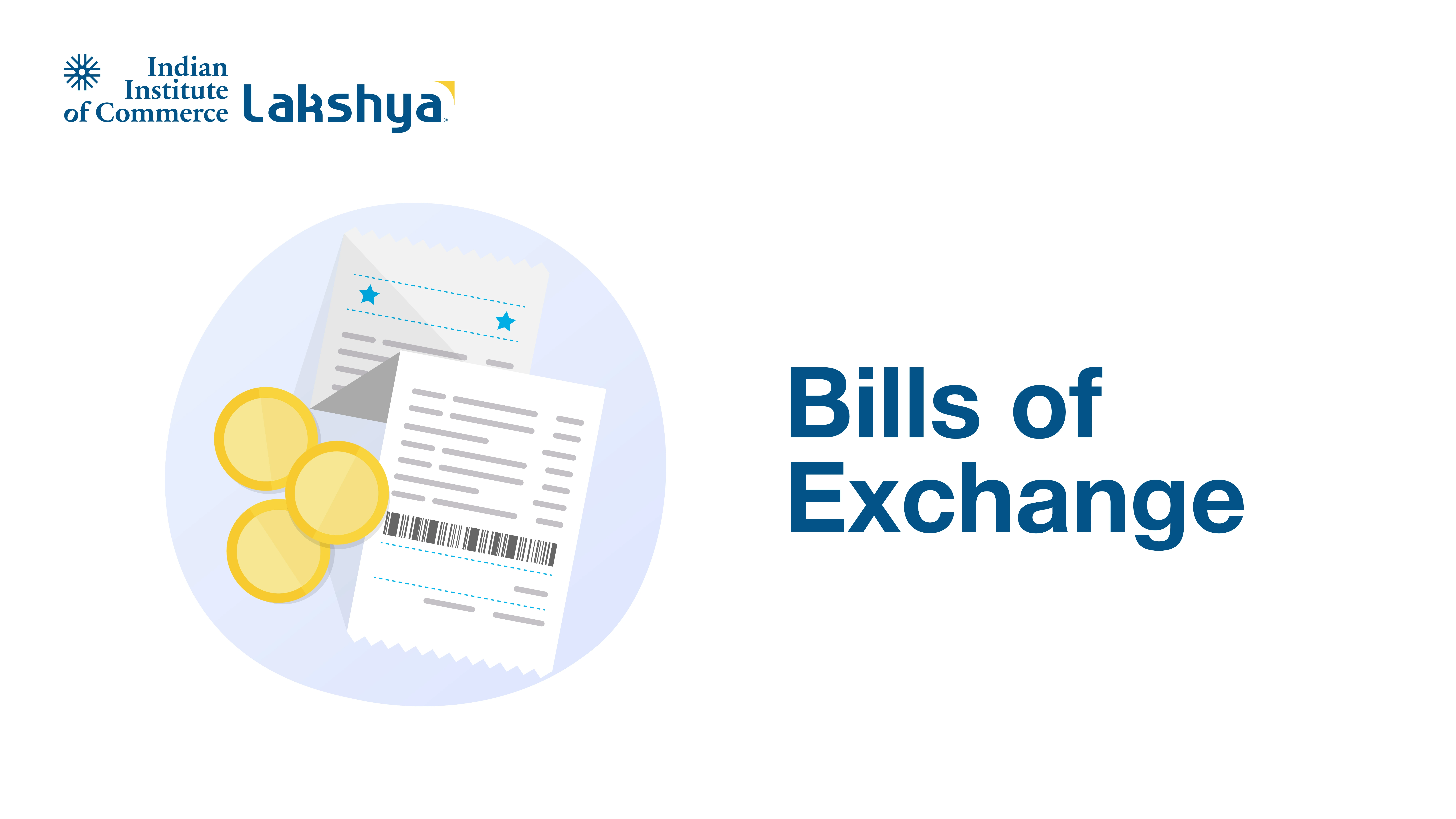




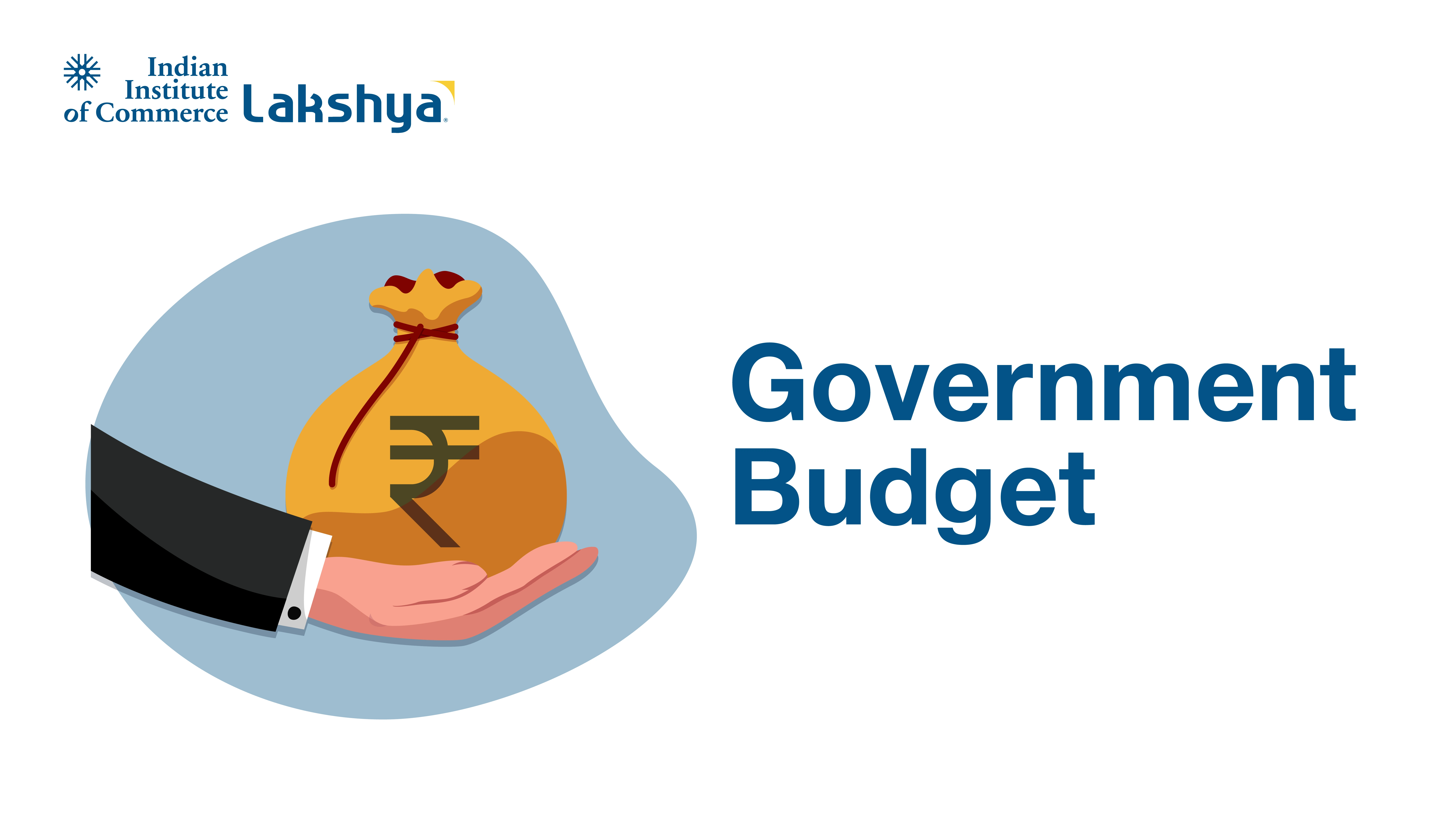





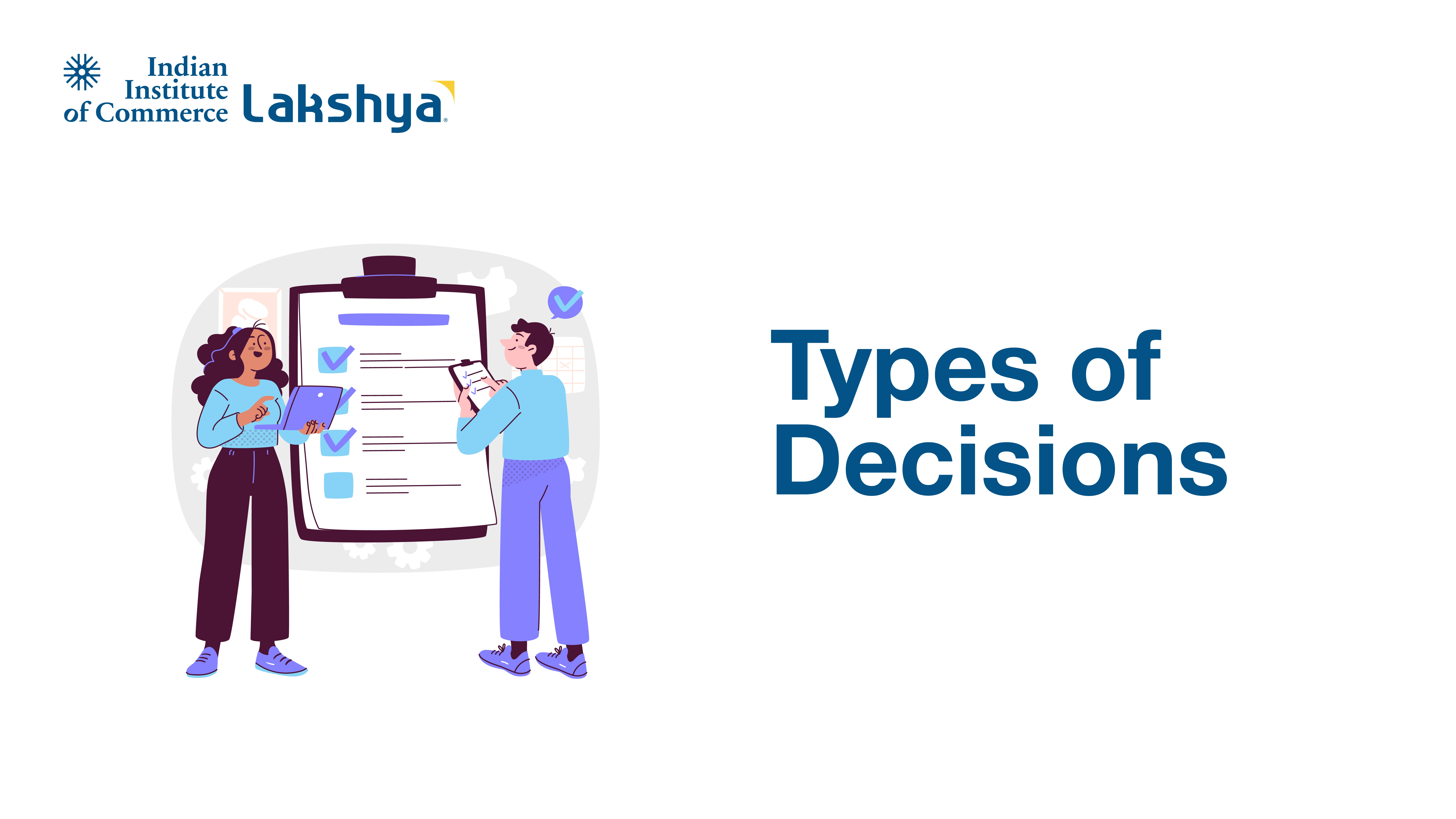

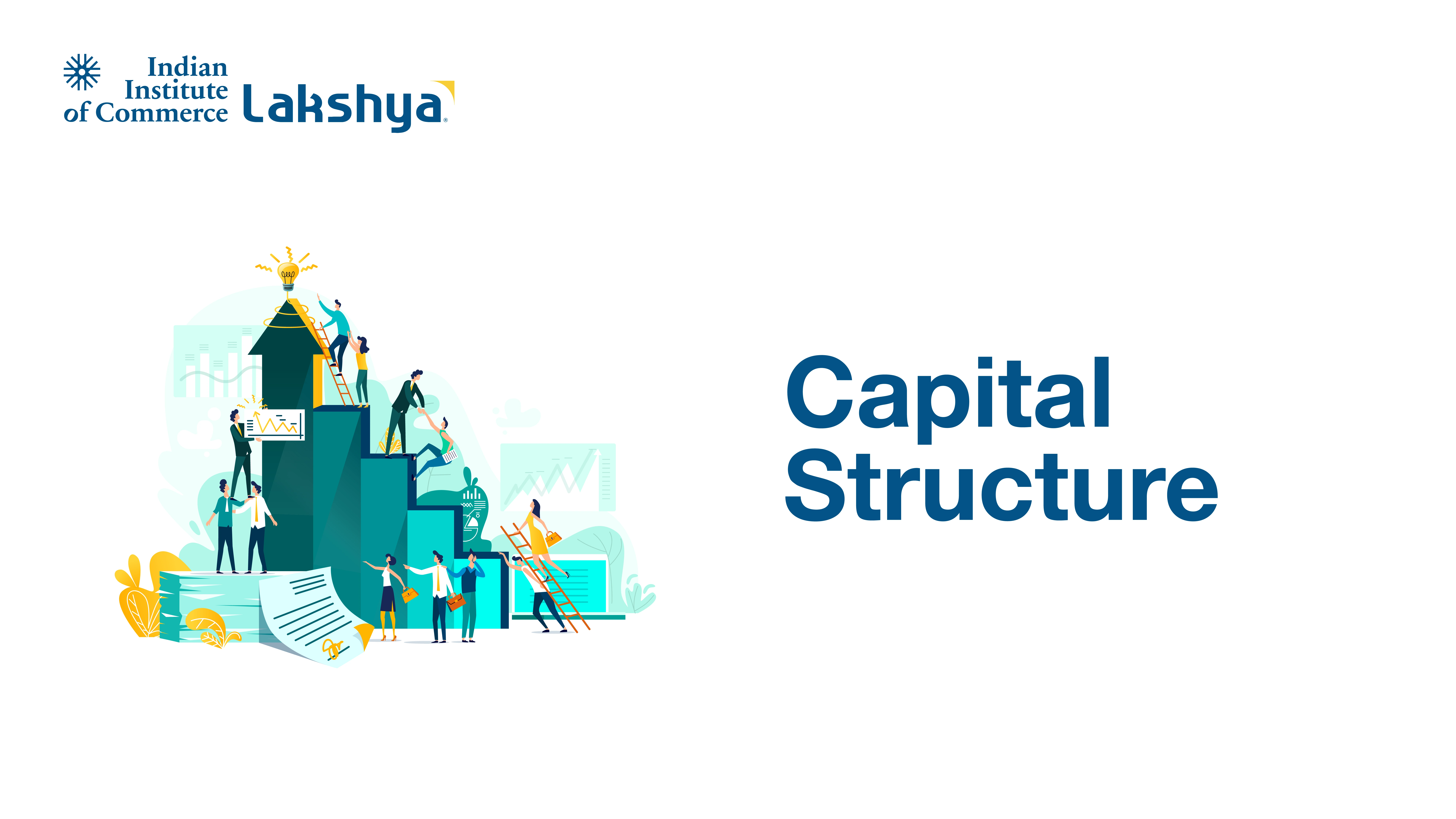
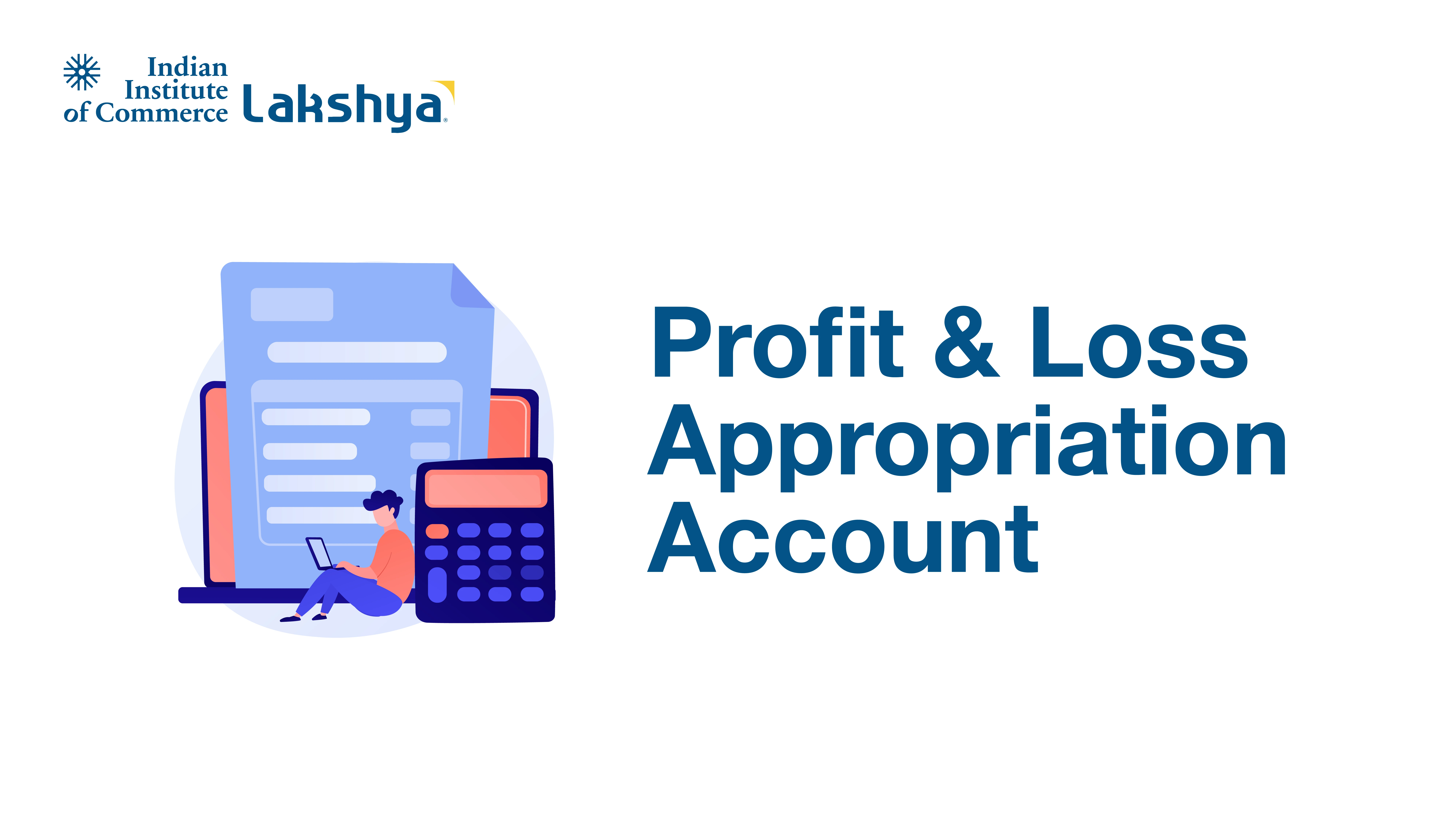
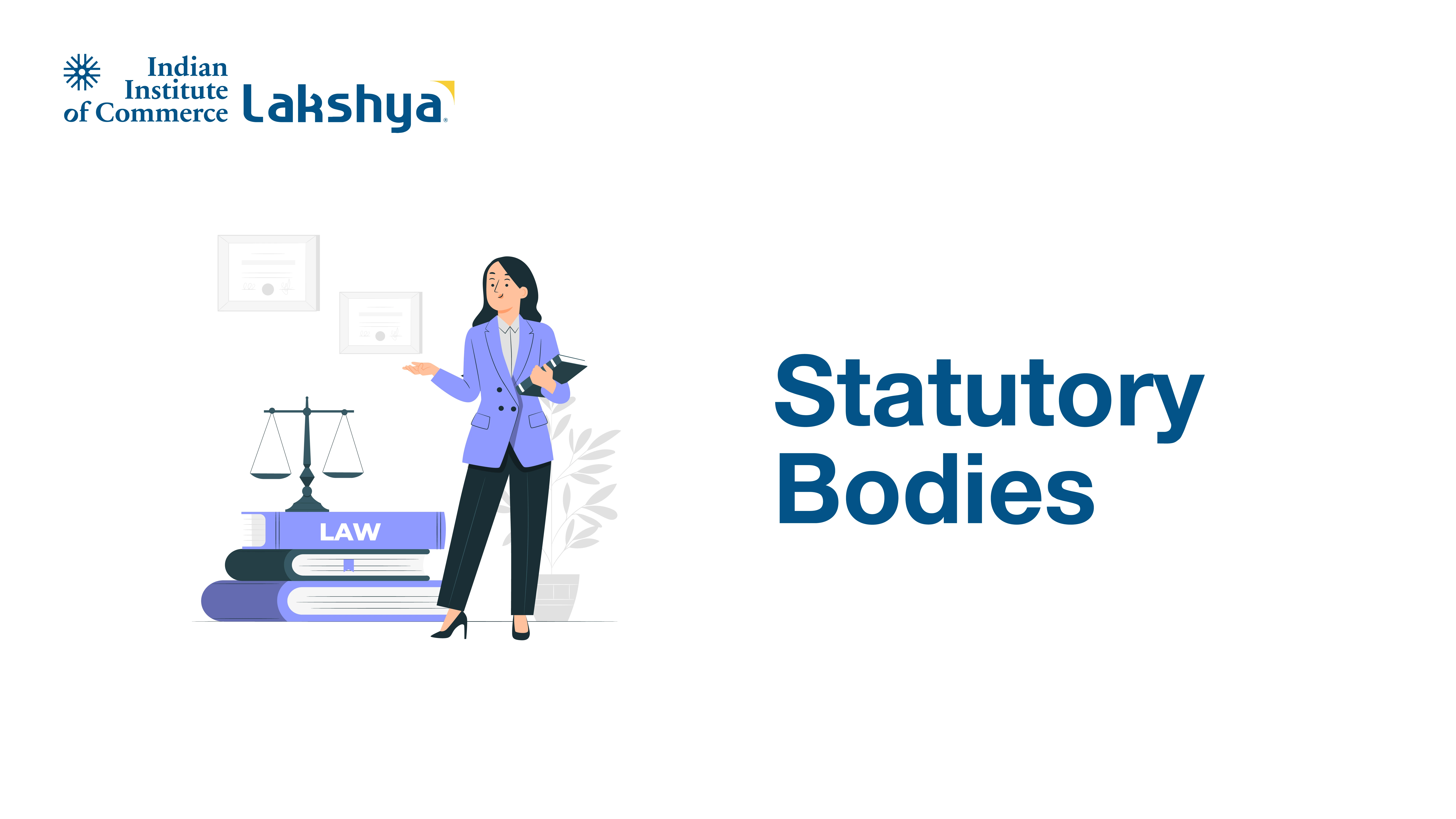
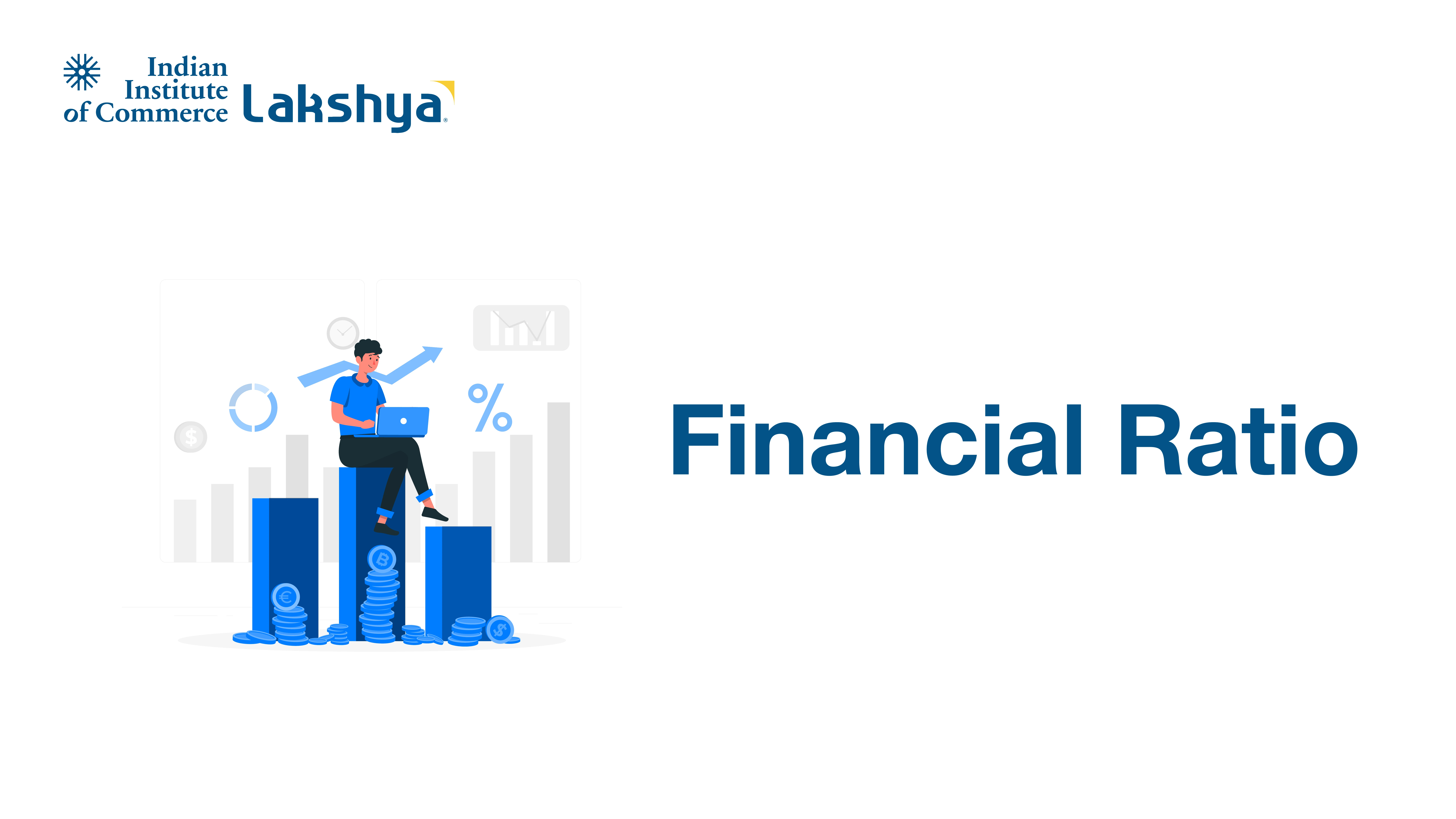
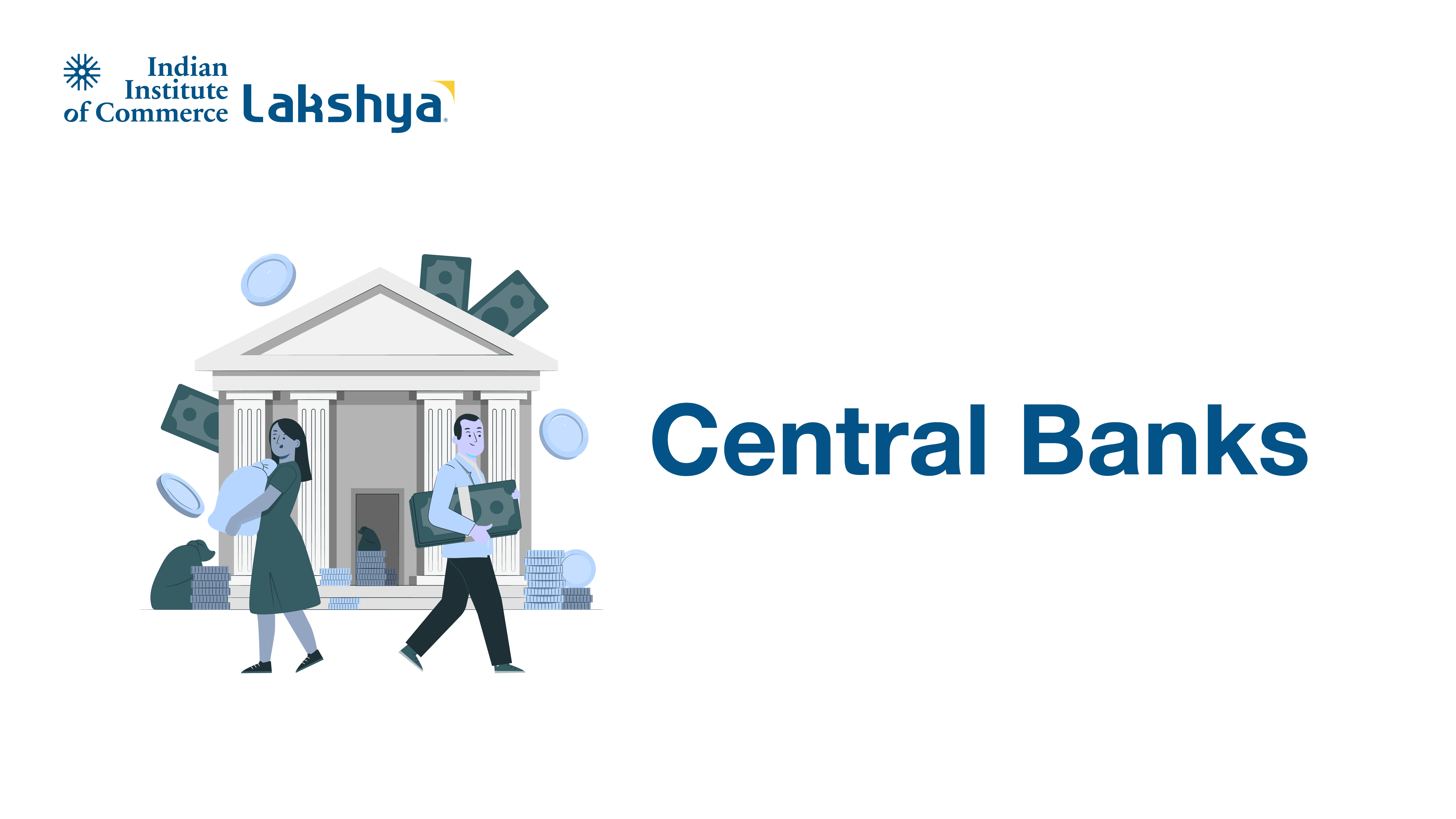




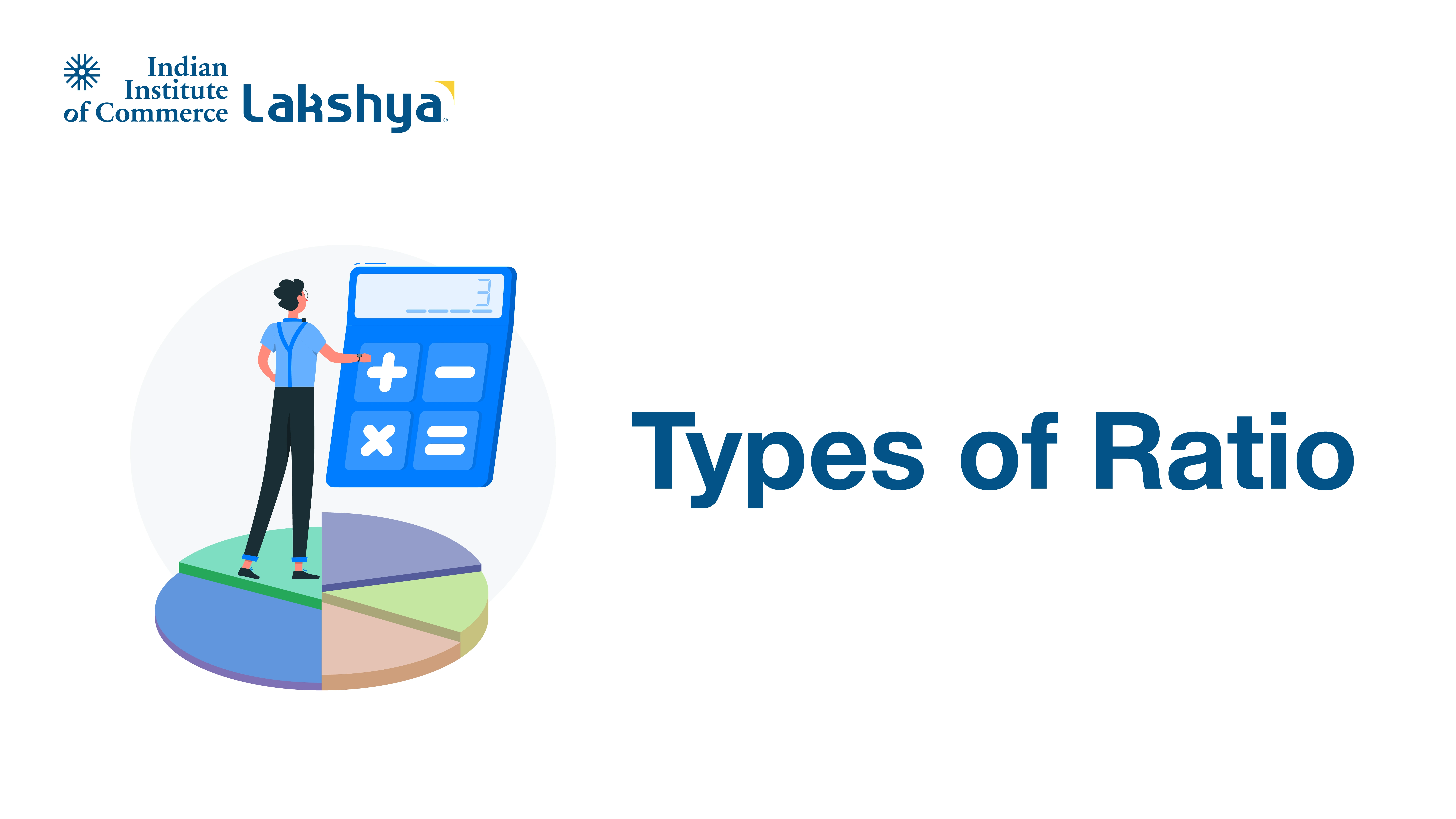
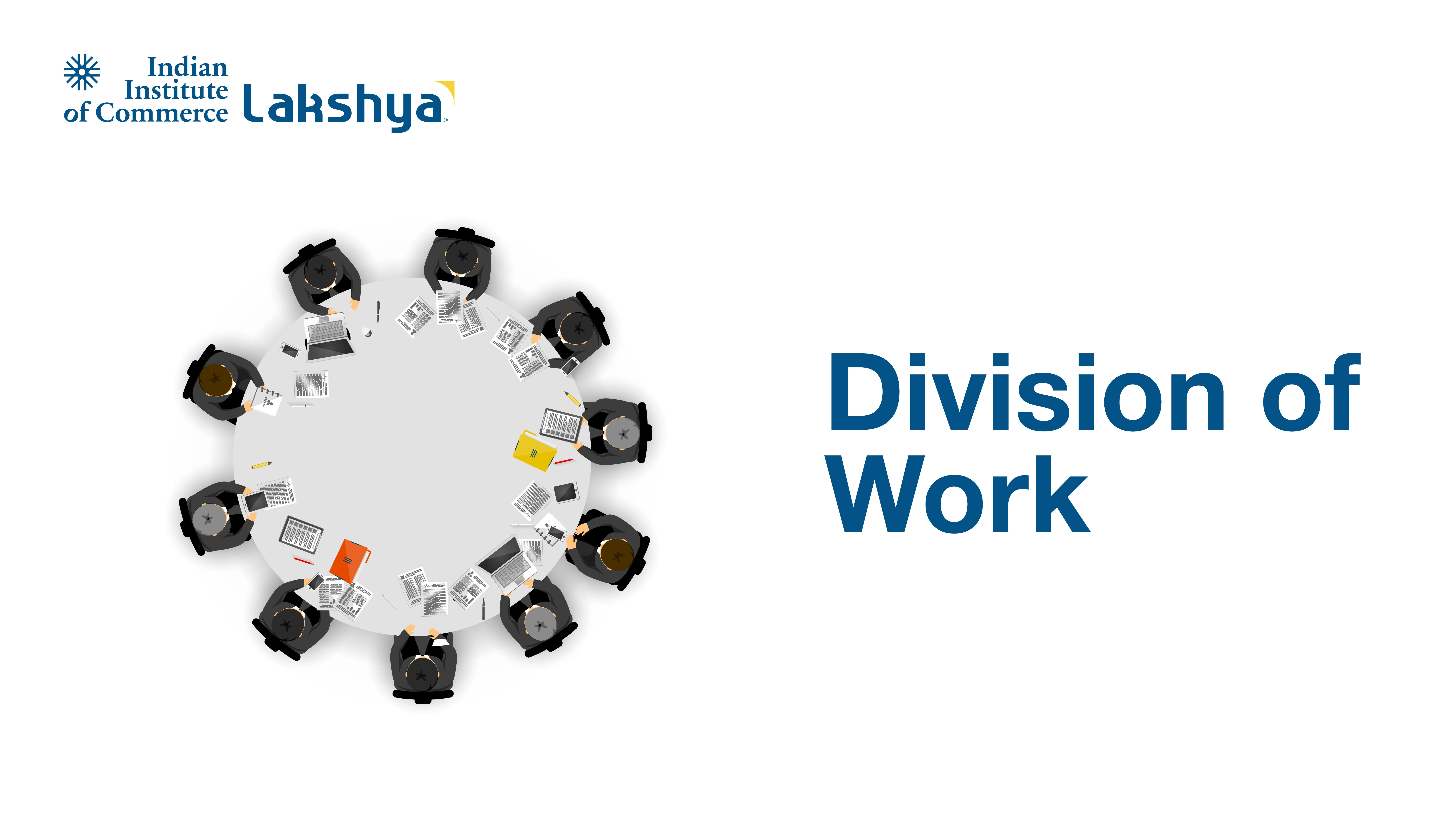
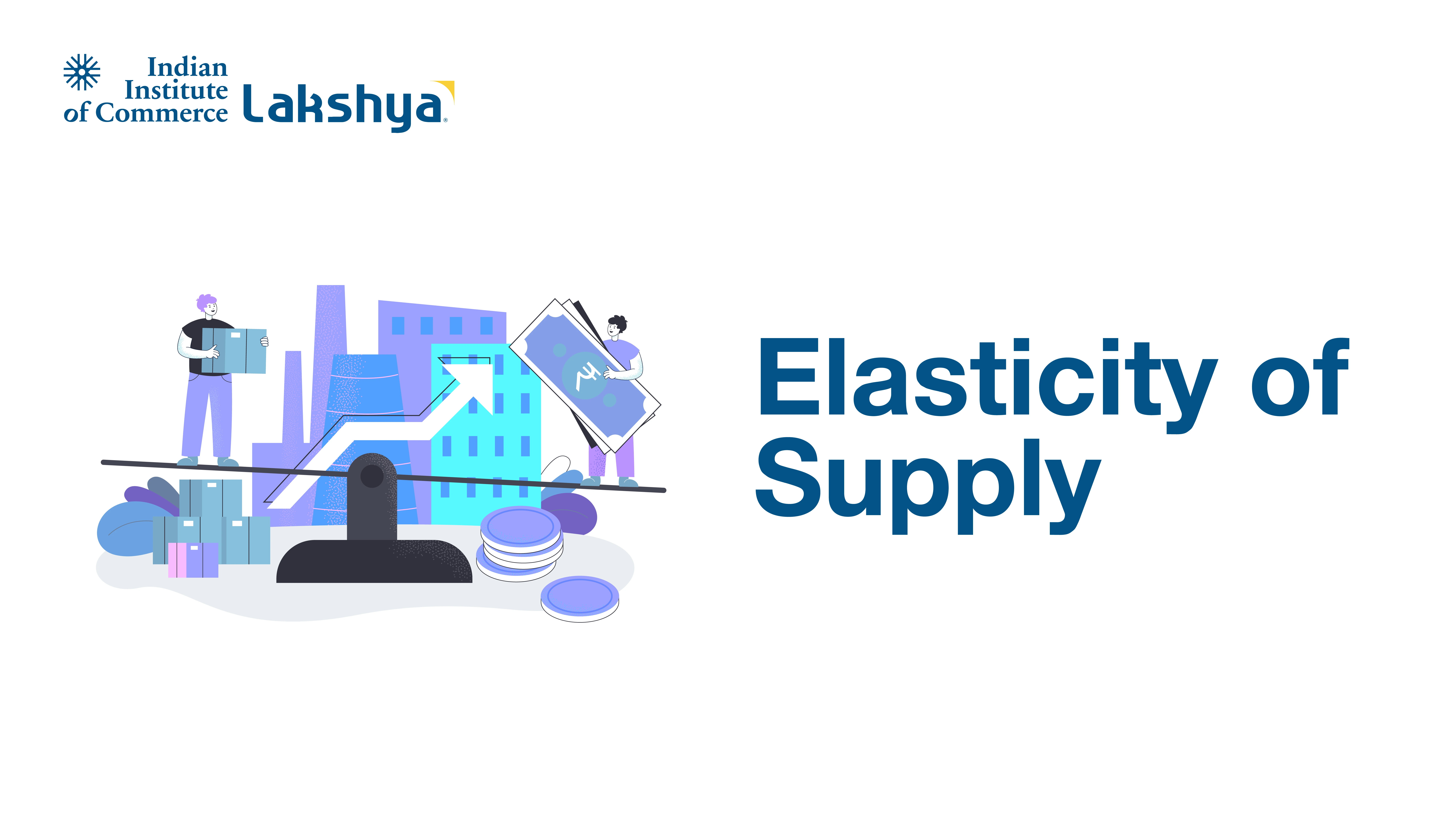




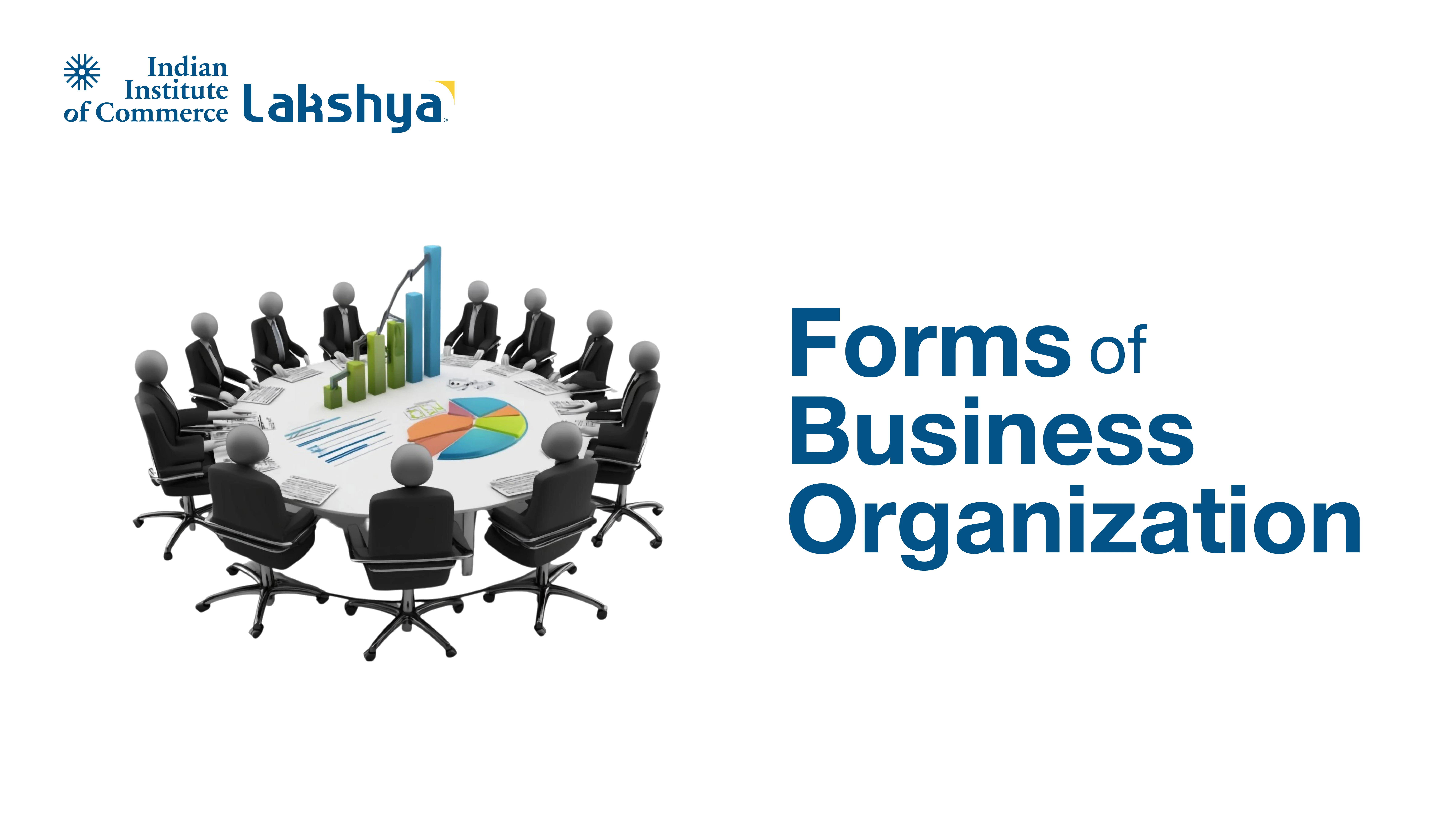





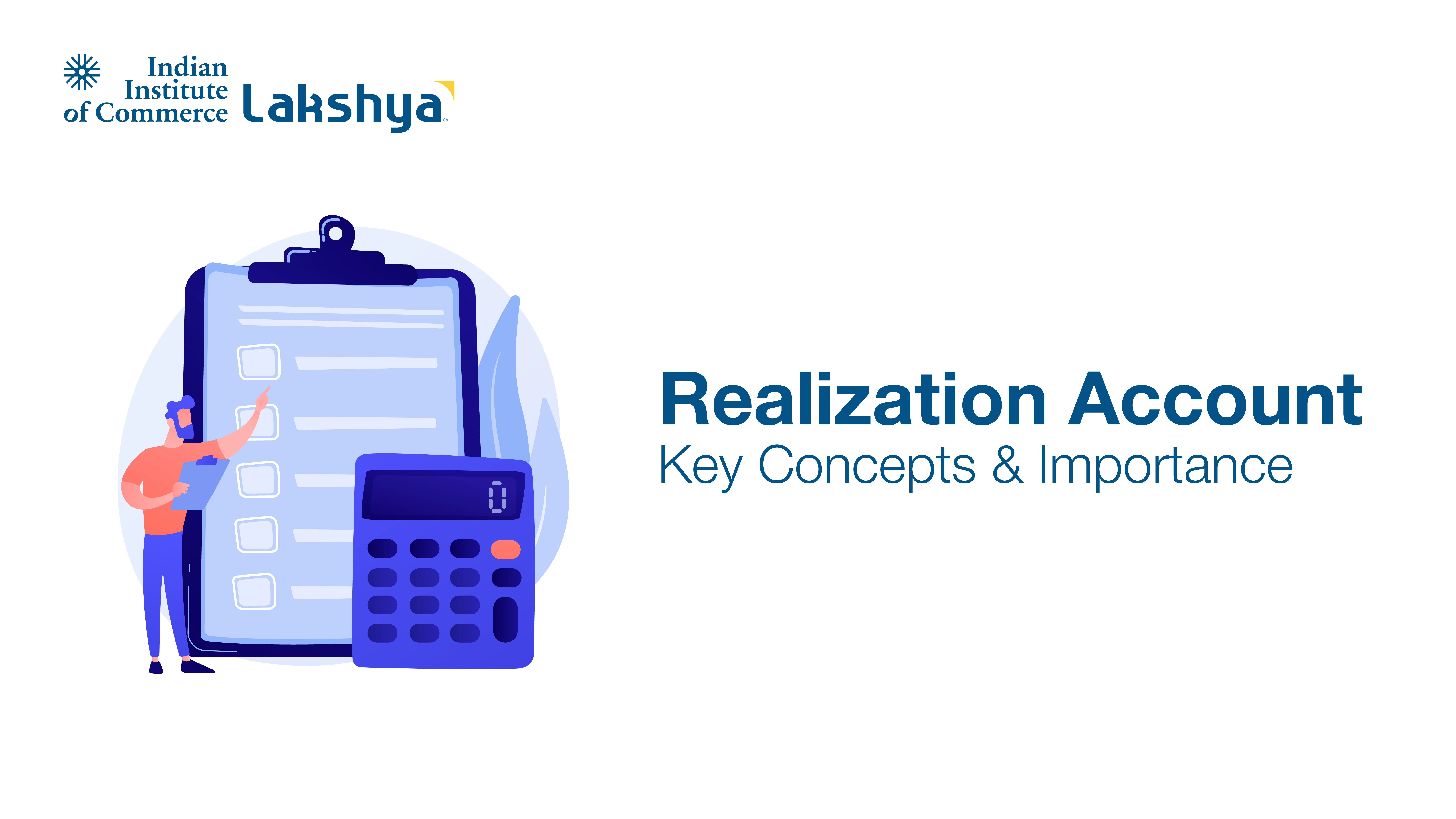




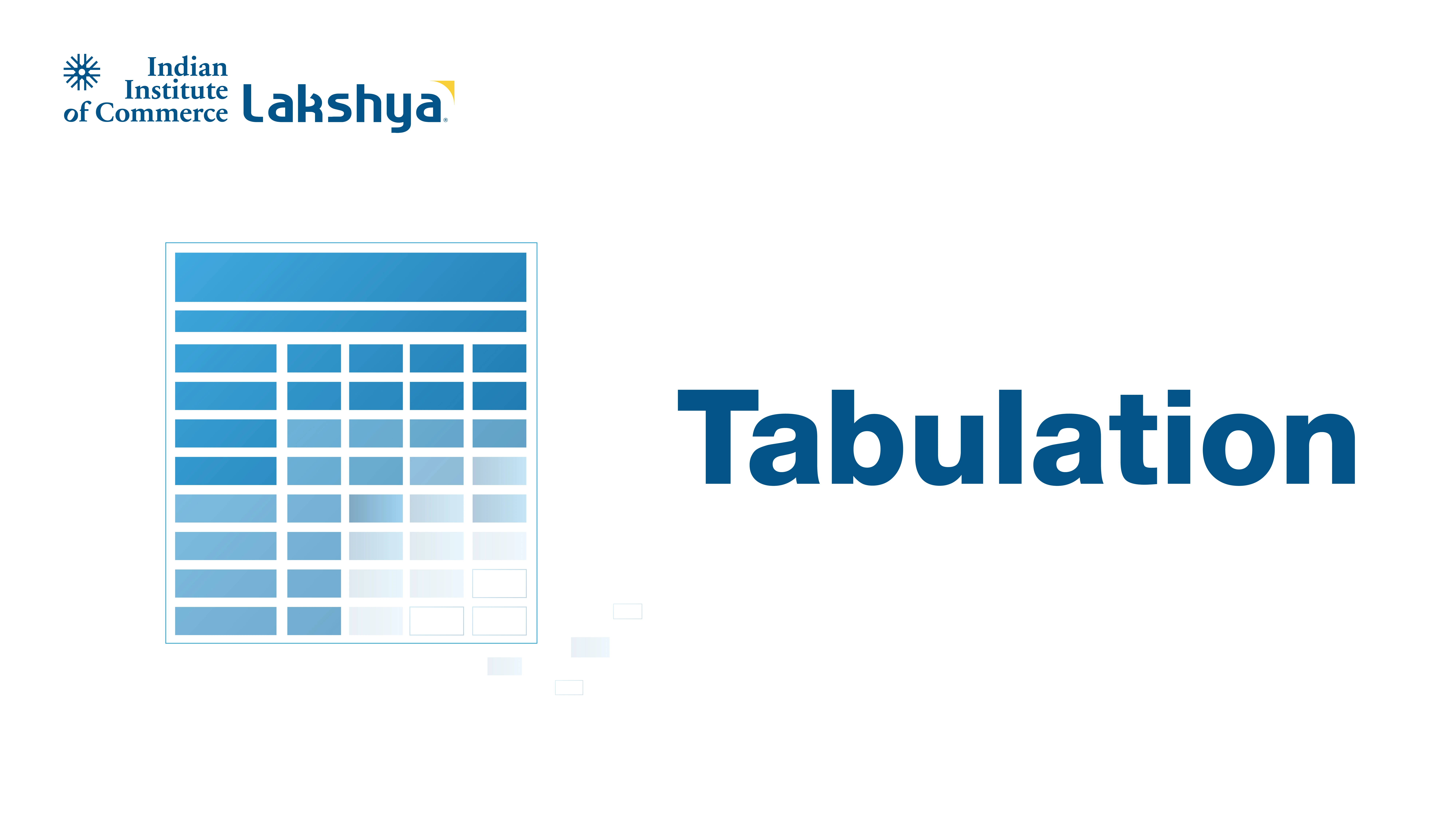





.webp)




